A complete guide on all currently available vehicles with my thoughts on them.
Introduction
Having trouble deciding which vehicle you want for your 5000 km journey? Well, this guide should help you out. I’ll be sharing my thoughts on all the game’s vehicles and rating them in 5 categories:
Speed
Handling
Fuel Capacity
Storage Capacity
Overall Score
Please bear in mind that the ratings for speed and handling will be based on the stock engine and stock tires for all vehicles. We’re also assuming that the tires and wheels are in the best possible condition. I’ll be testing each vehicle’s 0 – 100 km/h time as well. To test this, I simply drove them down the same flat stretch of road 3 times and then averaged out their times.
I’ll also provide pictures of all the engines and radiators that go with each vehicle so you can easily identify them.
Anyway, let’s get started.
Trabant 601
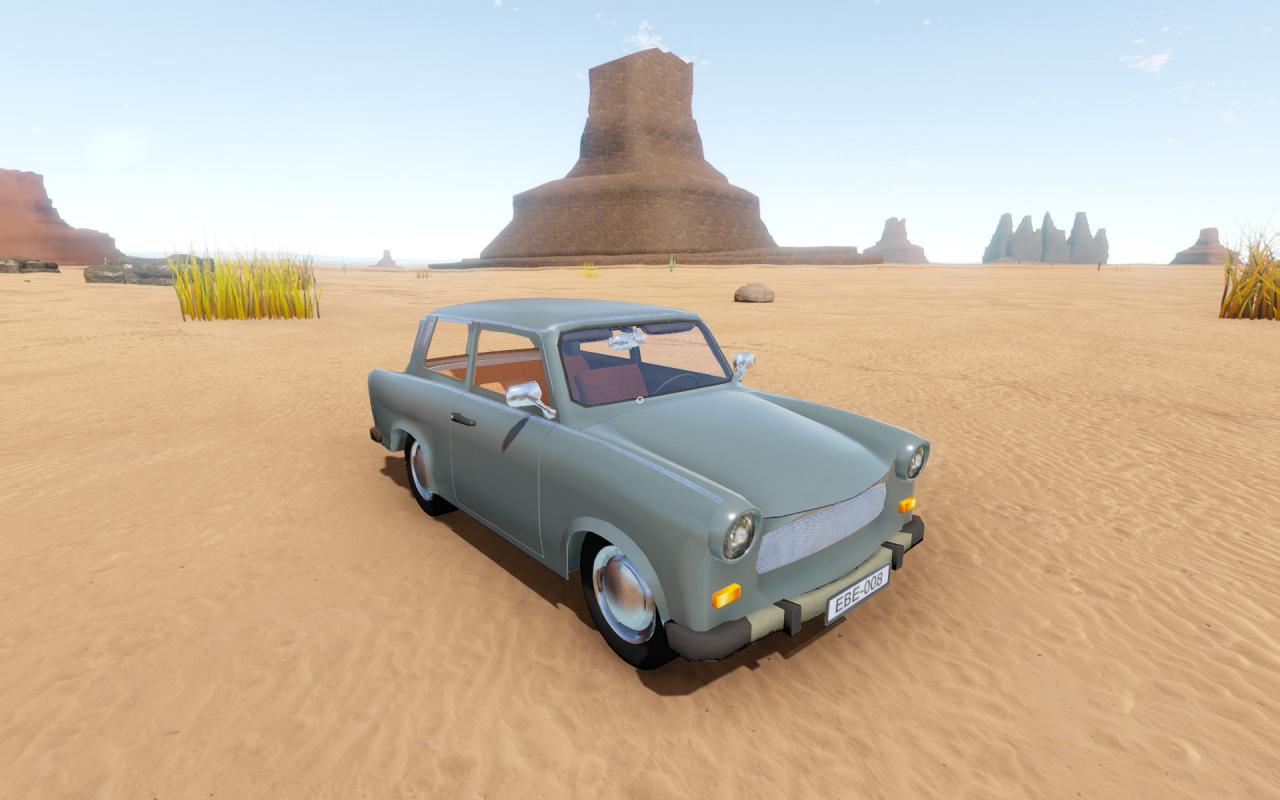
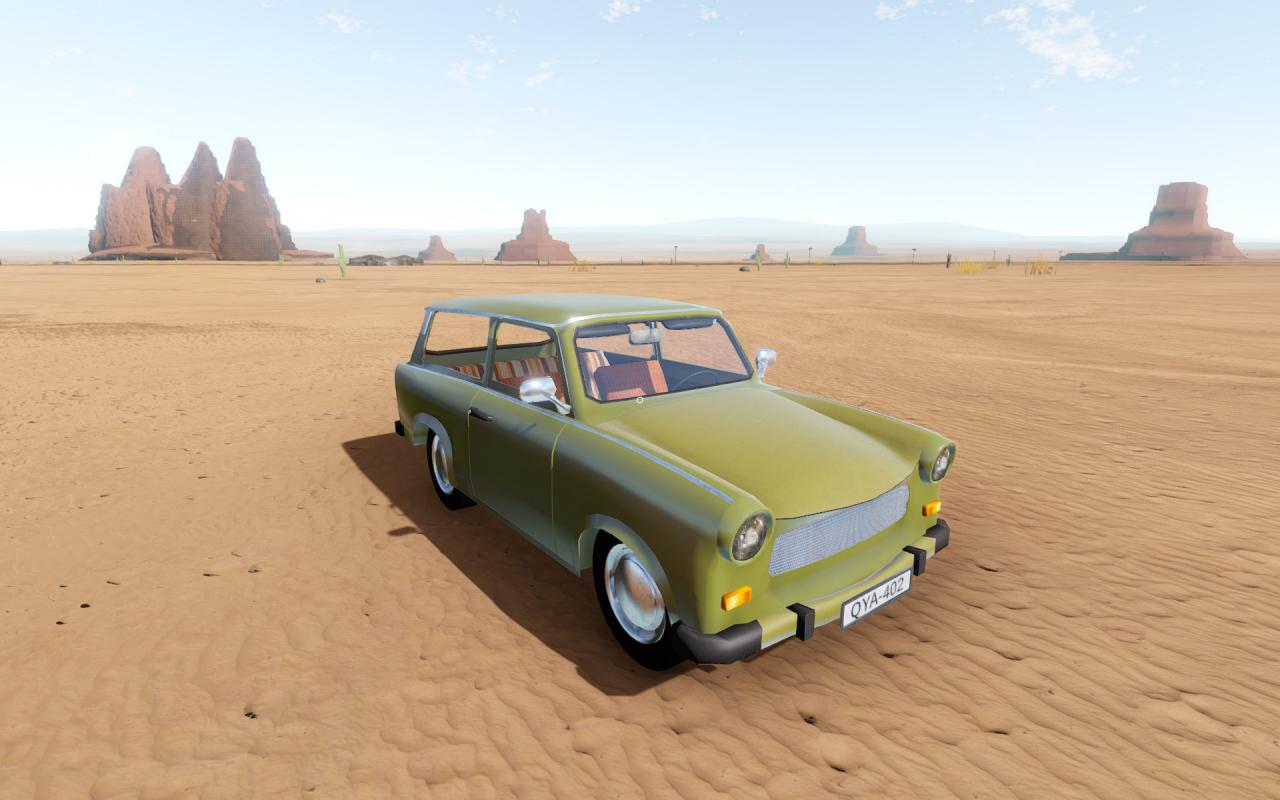
====================================
For some, one of the most enduring symbols of East Germany and Communism in general. The Trabant in The Long Drive is based on the third generation Trabant 601 which was produced by East German manufacturer VEB Sachsenring starting in 1964. It can be found in two variants – a sedan or a station wagon with a removable rear seat. Uniquely among the cars, the Trabant uses a two stroke engine which will require you to mix the oil in with the fuel rather than place it in a separate tank. The ideal mix is 97% gas to 3% oil. The engine is also air cooled so there is no radiator to worry about. The downside to this is that swapping in a different engine is not really a viable option since most of the other engines are water cooled and there is no place to mount a radiator. Another unique feature of the Trabant is that there is no external fuel cap. Instead, the fuel tank is located under the hood in the engine compartment:
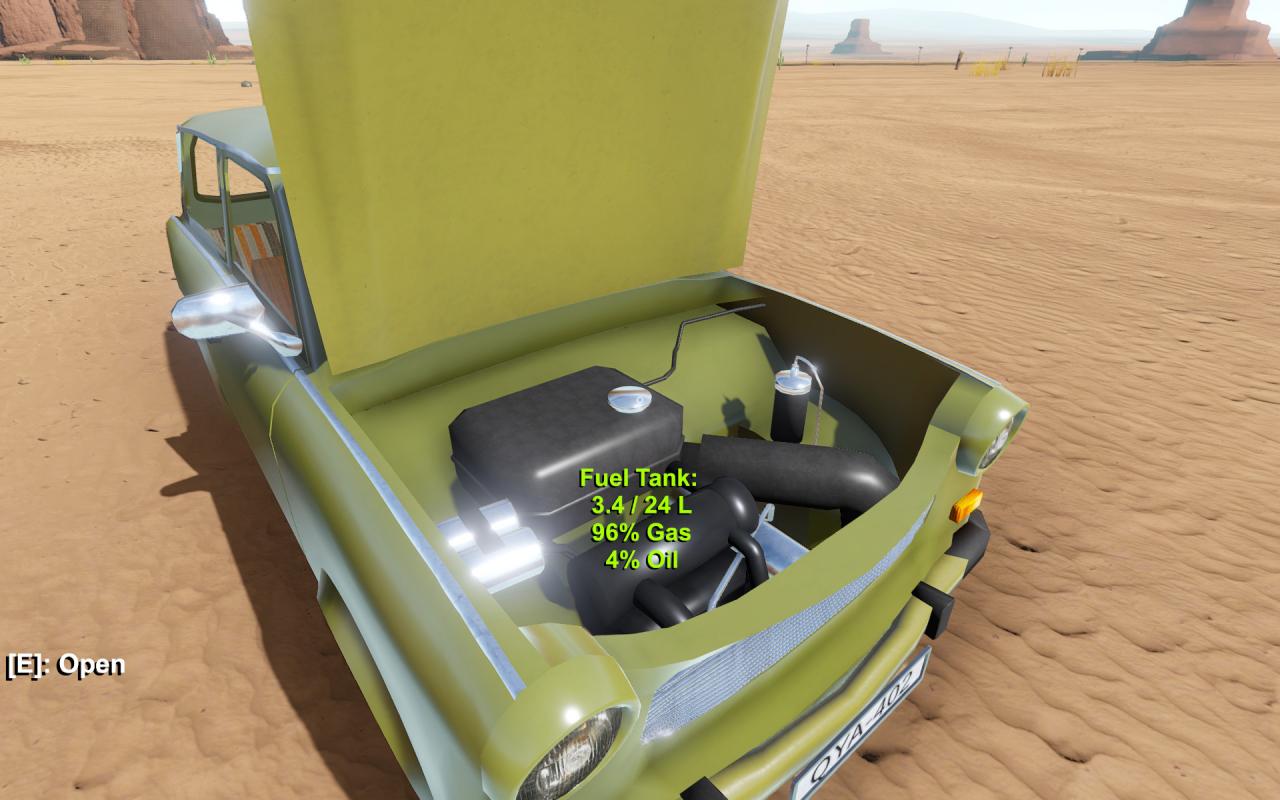
====================================
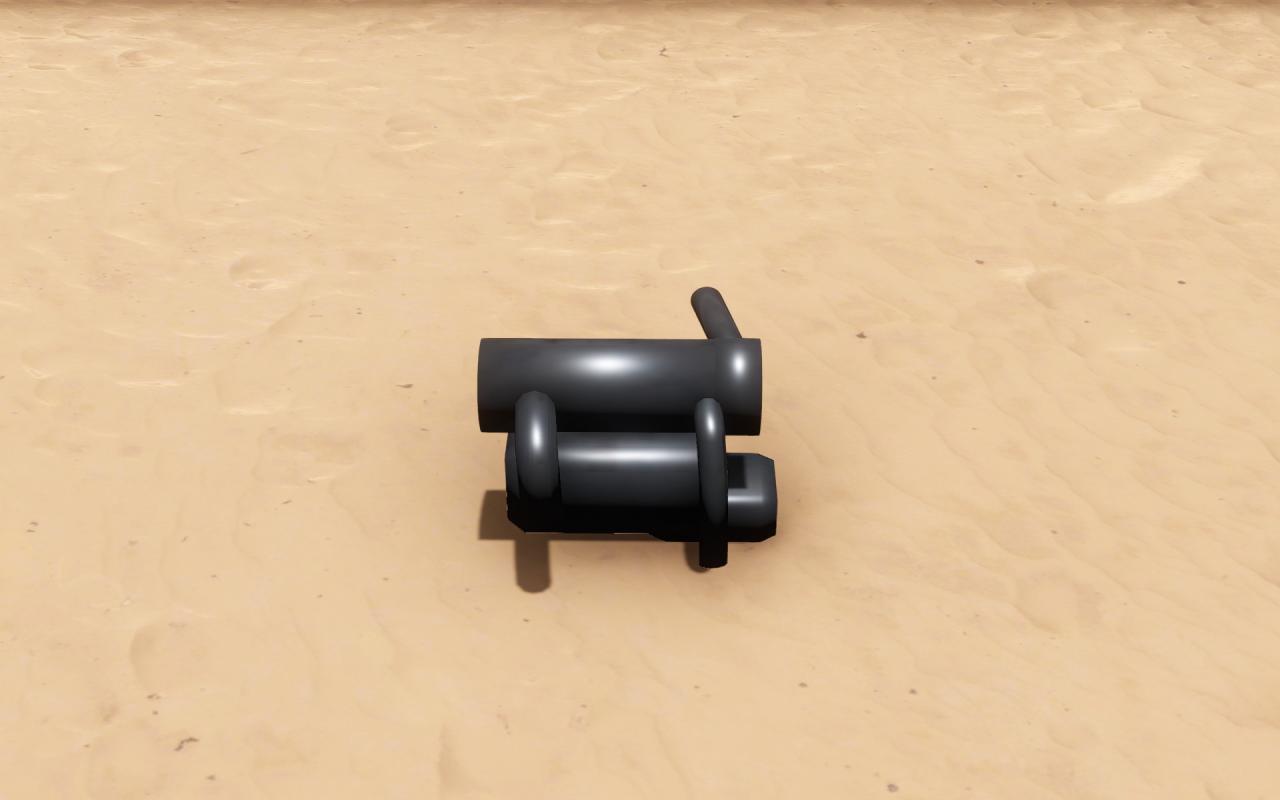
Fuel Type – Gas/Oil Mix
Size – 0.6 Litres
Cylinders – 2
Horsepower – 23
Torque – 53 NM
Oil Capacity – N/A
Cooling System – Air Cooled
Radiator Capacity – N/A
====================================
0 – 100 km/h Time – 35.8 Seconds
Rating – 3/10
Well, it’s not the slowest vehicle in the game, but it’s not far off. With it’s tiny 23 horsepower engine, the most you can expect on flat terrain is about 105 km/h, and it will need some space to reach that speed. It will definitely have trouble on hills as well.
====================================
Rating – 5/10
Having a slower top speed does sort of work in the Trabant’s favor here. It’s not terribly prone to spin outs or rollovers and the steering is decently responsive. However, the car’s handling can be greatly affected by any cargo you might be carrying and can result in the steering pulling to one side if you don’t keep the load even.
====================================
Rating – 3/10
The Trabant can hold up to 24 litres of fuel.
====================================
Rating – 3/10
The Sedan variant offers very little in the way of storage space, The trunk is comically small and you’ll only be able to fit a few containers in it and the back seat is almost unusable since you have very limited access to it. Really the most viable means of carrying anything is to attach baskets to the car’s exterior.
====================================
Rating – 5/10
Mercifully, the station wagon variant exists and offers infinitely better storage. The rear cargo hatch and removable back seat means you have plenty of space for all the essentials. And the extra space on the roof gives even more space to attach baskets.
====================================
Overall Rating – 4/10
I know that the Trabant has it’s fans, but I’m not one of them. The station wagon can make for a good starter car thanks to it’s storage space and ease of maintenance, however there’s little reason to keep using it once you find something better to swap into. I’ll admit it isn’t the worst vehicle to be stuck with, but that’s sort of like saying a second degree burn isn’t the worst either.
Lada 2101
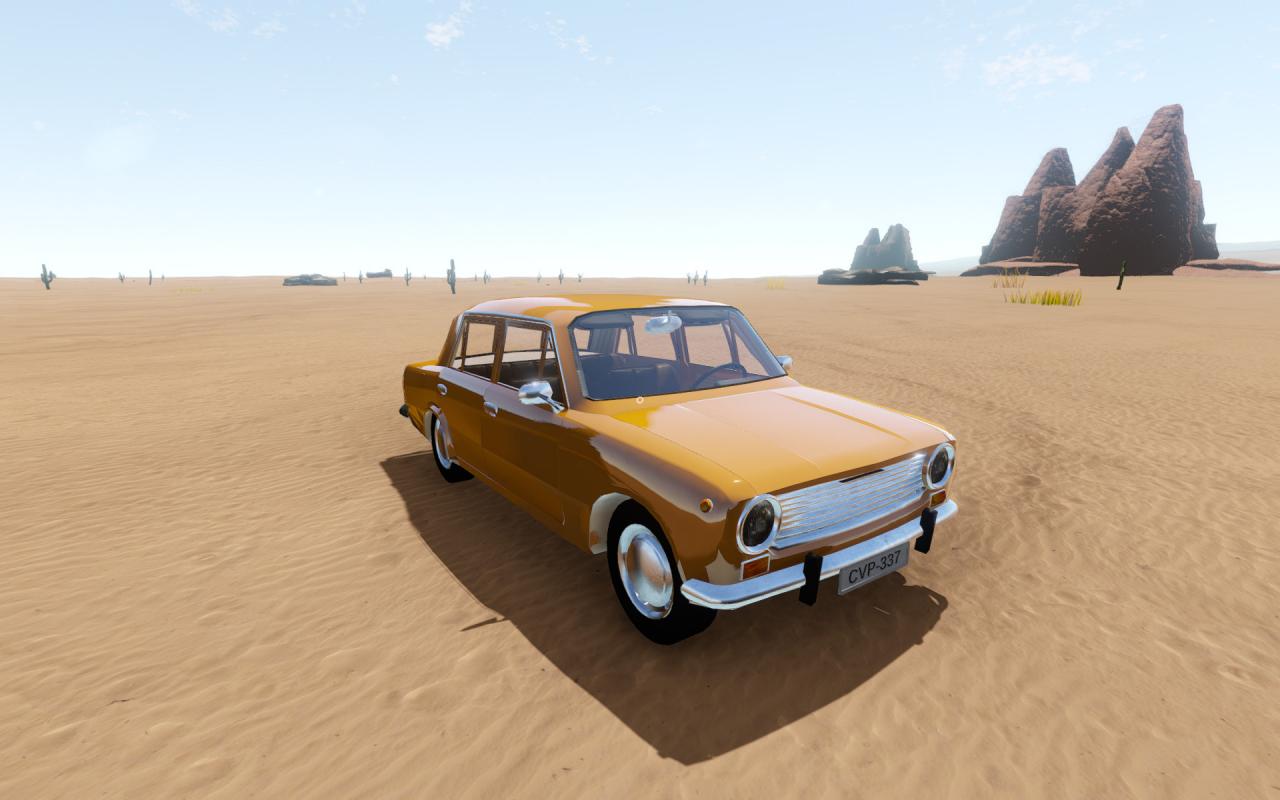
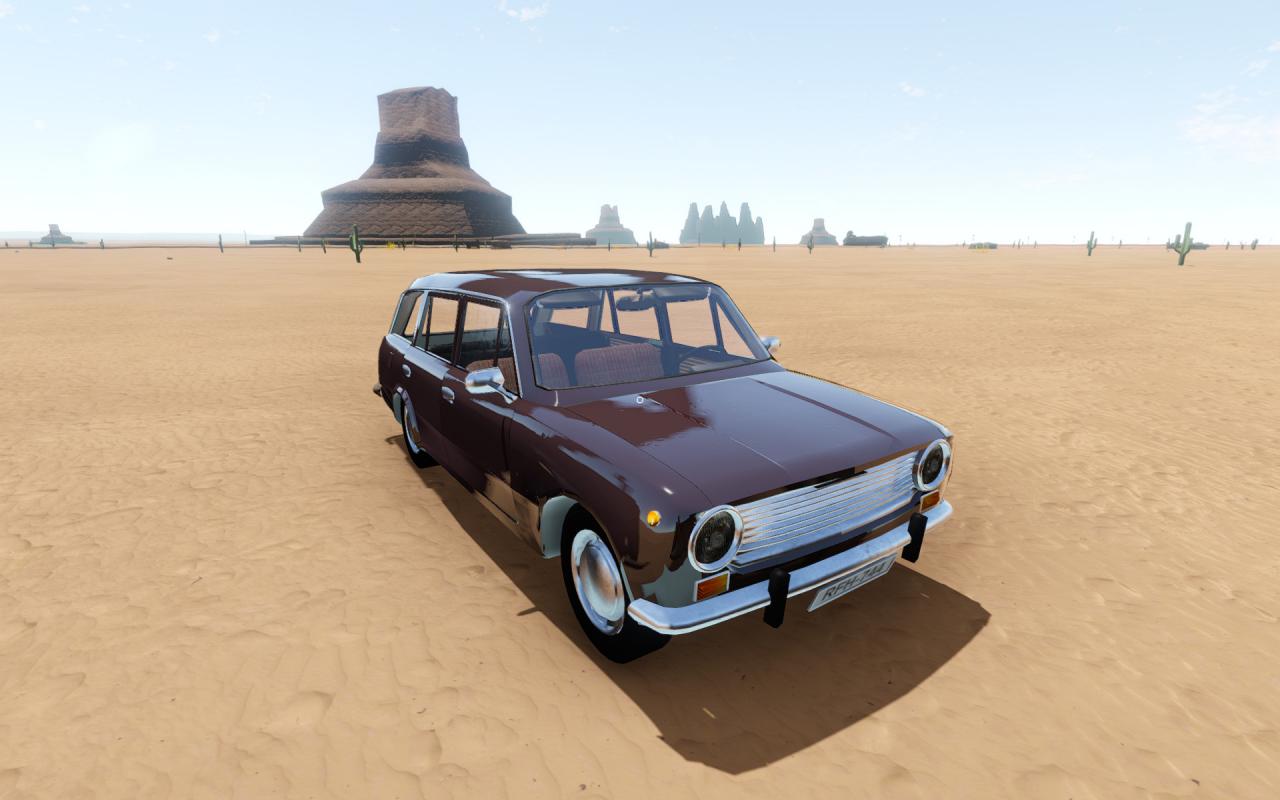
====================================
Glorious cars from Mother Russia (even though they’re a licensed copy of a Fiat). The Lada 2101 was produced by Soviet manufacturer AvtoVAZ starting in 1970. It can be found in two variants – A sedan or a station wagon. The station wagon variant can have it’s rear seat removed in order to improve it’s storage capacity. On both variants, the fuel cap is located on the rear right hand side of the car:
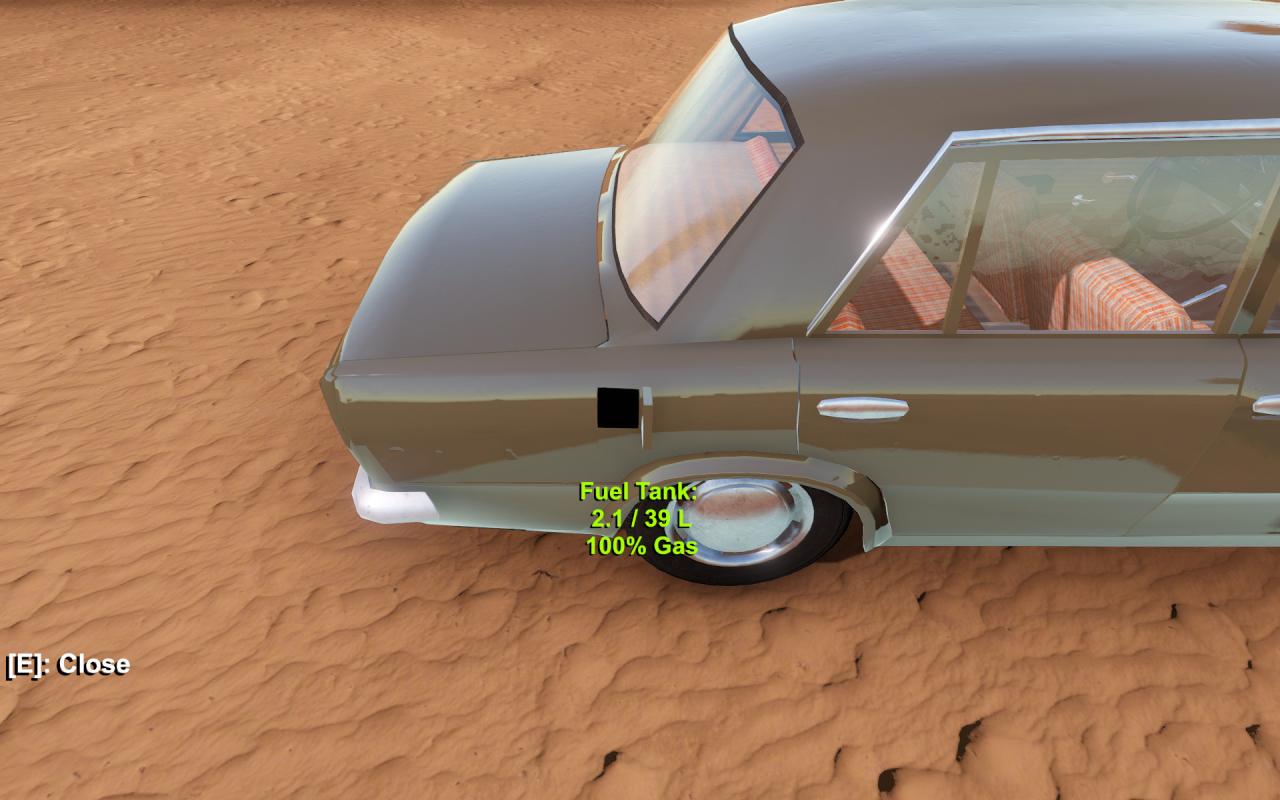
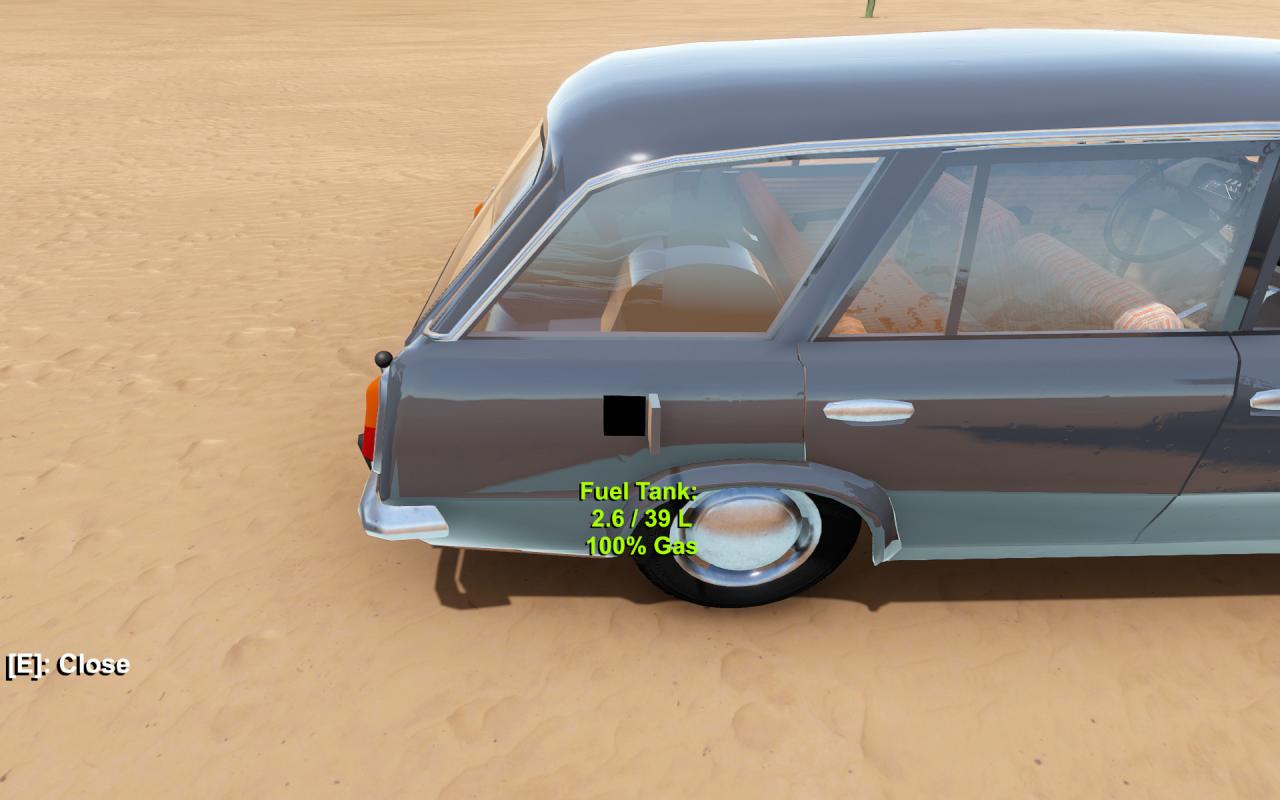
====================================
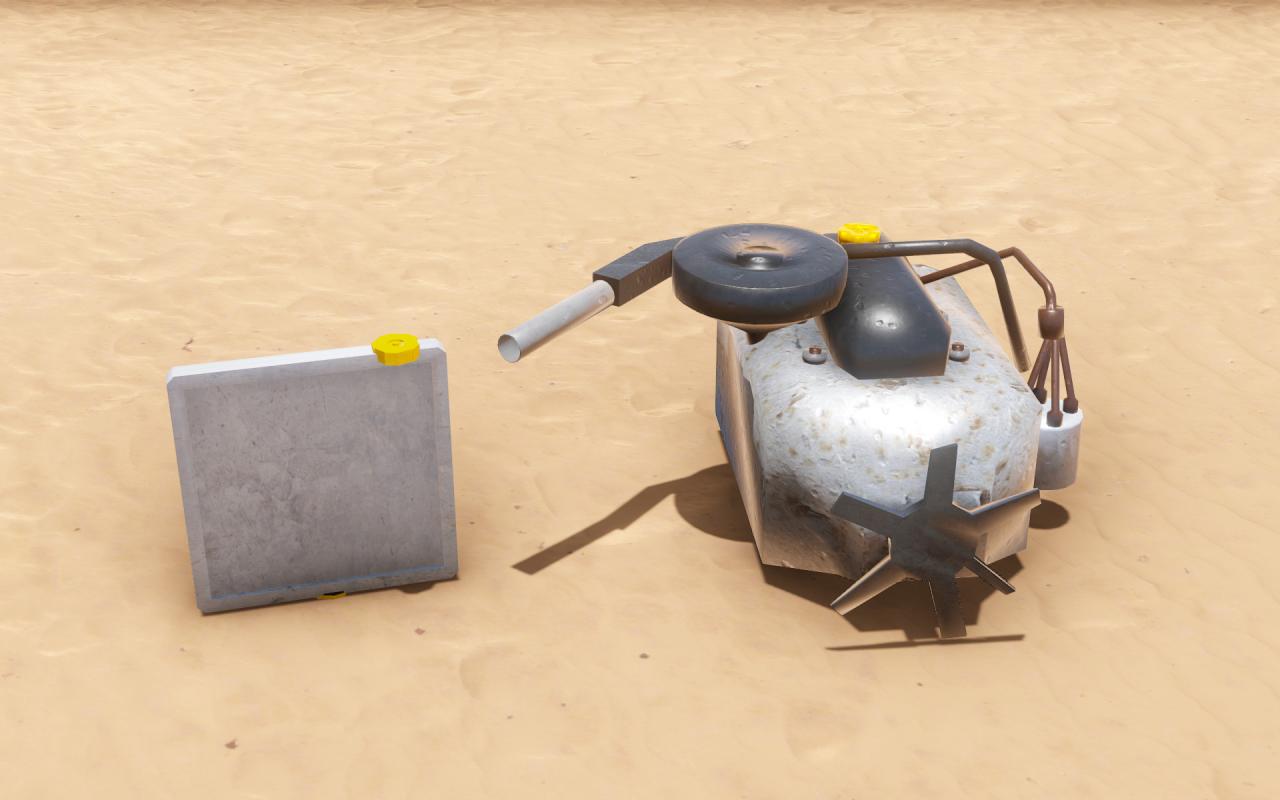
Fuel Type – Gas
Size – 1.2 Litres
Cylinders – 4
Horsepower – 61
Torque – 87 NM
Oil Capacity – 5 Litres
Cooling System – Water Cooled
Radiator Capacity – 5 Litres
====================================
0 – 100 km/h Time – 24.6 Seconds
Rating – 5/10
It’s no racecar, but it’s not half bad. On flat terrain, the Lada can reach about 150 km/h though the acceleration is a bit sluggish. Hills will be somewhat problematic depending on how steep they are.
====================================
Rating – 6/10
Overall the Lada drives well though like most rear wheel drive cars, it can be prone to oversteer and spinouts. The soft suspension can also occasionally cause rollovers. The station wagon variant also sometimes has collision detection issues.
====================================
Rating – 5/10
The Lada can hold up to 39 litres of fuel.
====================================
Rating – 5/10
The Sedan variant has average storage capacity in line with most other sedans. It can easily fit a barrel in the back seat, several containers in the trunk and has space to attach several baskets.
====================================
Rating – 6/10
The station wagon is one of the most spacious cars in the game especially once the rear seat is removed. Two barrels can be carried with room to spare and there’s even more space to attach baskets on the roof.
====================================
Overall Rating – 6/10
While the sedan variant isn’t really anything special, the station wagon is a very solid vehicle worth considering since it offers so much storage space. If you do decide to use it, make sure to keep most of your items in baskets to minimize the chance of collision detection issues. Also keep your eyes open for a gas VW motor to swap in for a nice performance upgrade.
Skoda 100
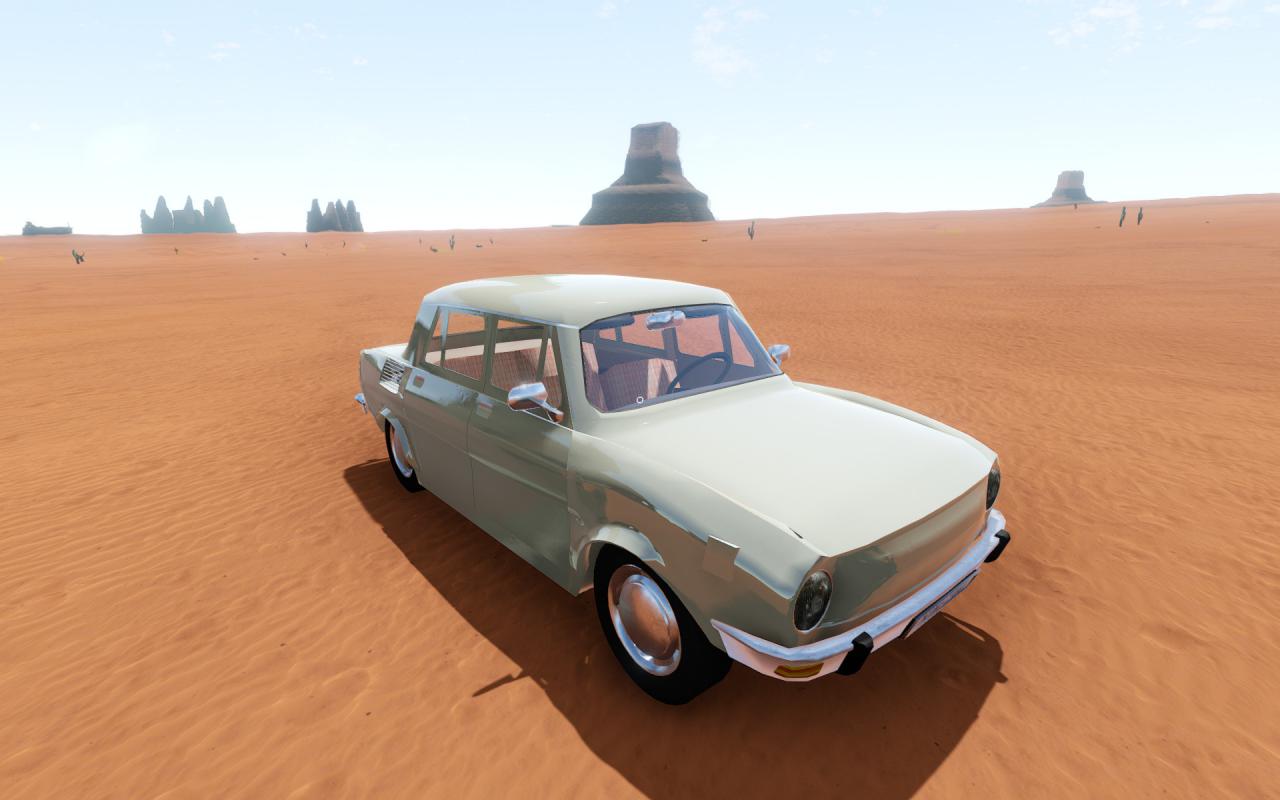
====================================
And now for something completely different. The Skoda 100 was produced by Czech manufacturer AZNP from 1969 to 1977 and is currently the only rear engine vehicle in the game. This of course means that the trunk is now moved to the front of the car where you would normally find the engine. The fuel cap is also located on the front of the car on the right hand side:
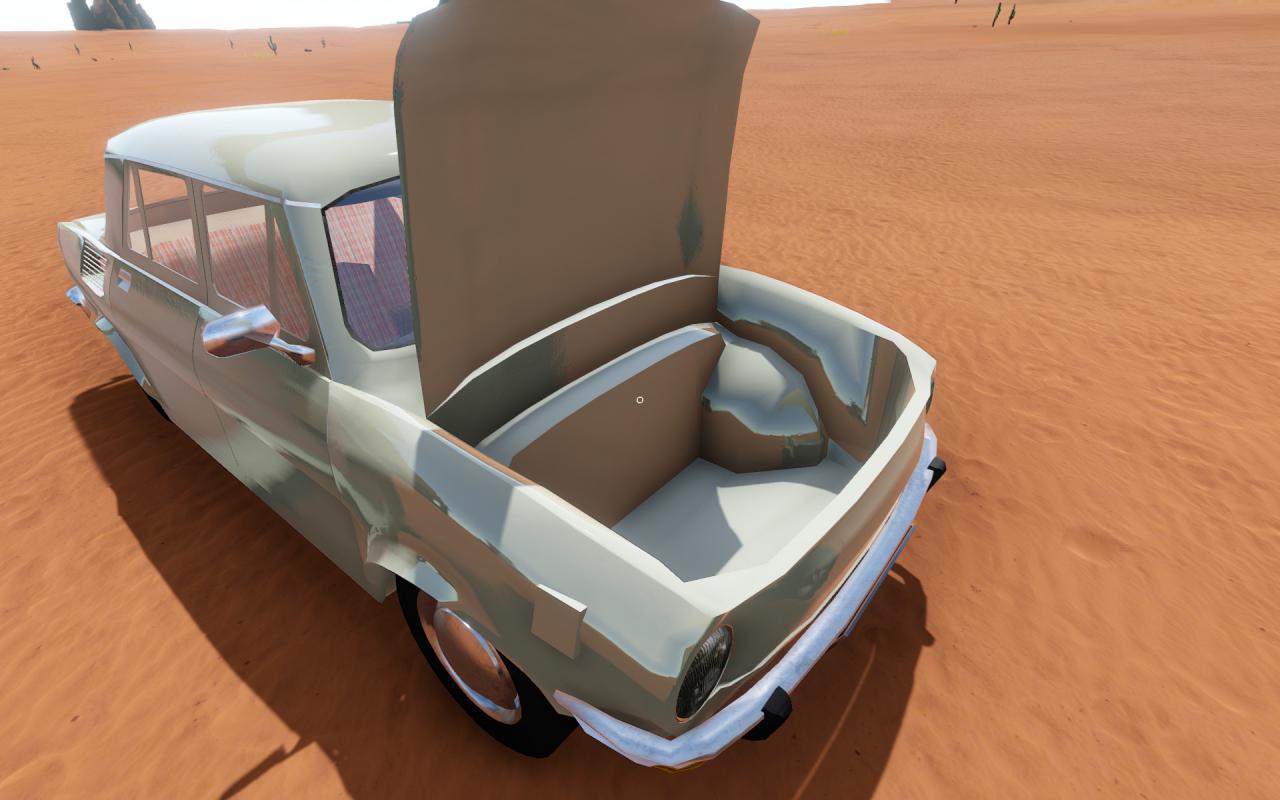
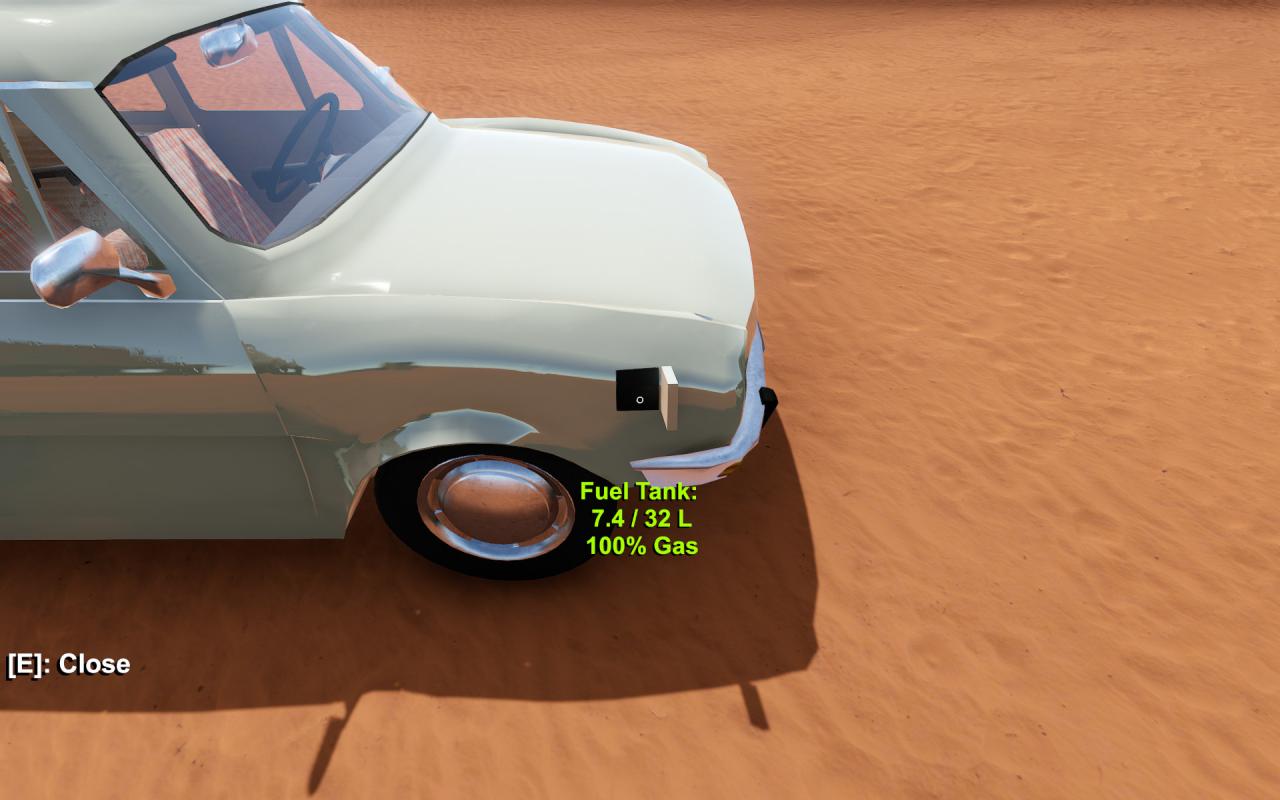
Another unique feature of the Skoda is the vents on the rear fenders which assist in cooling the engine (though they don’t actually do anything in the game).
====================================
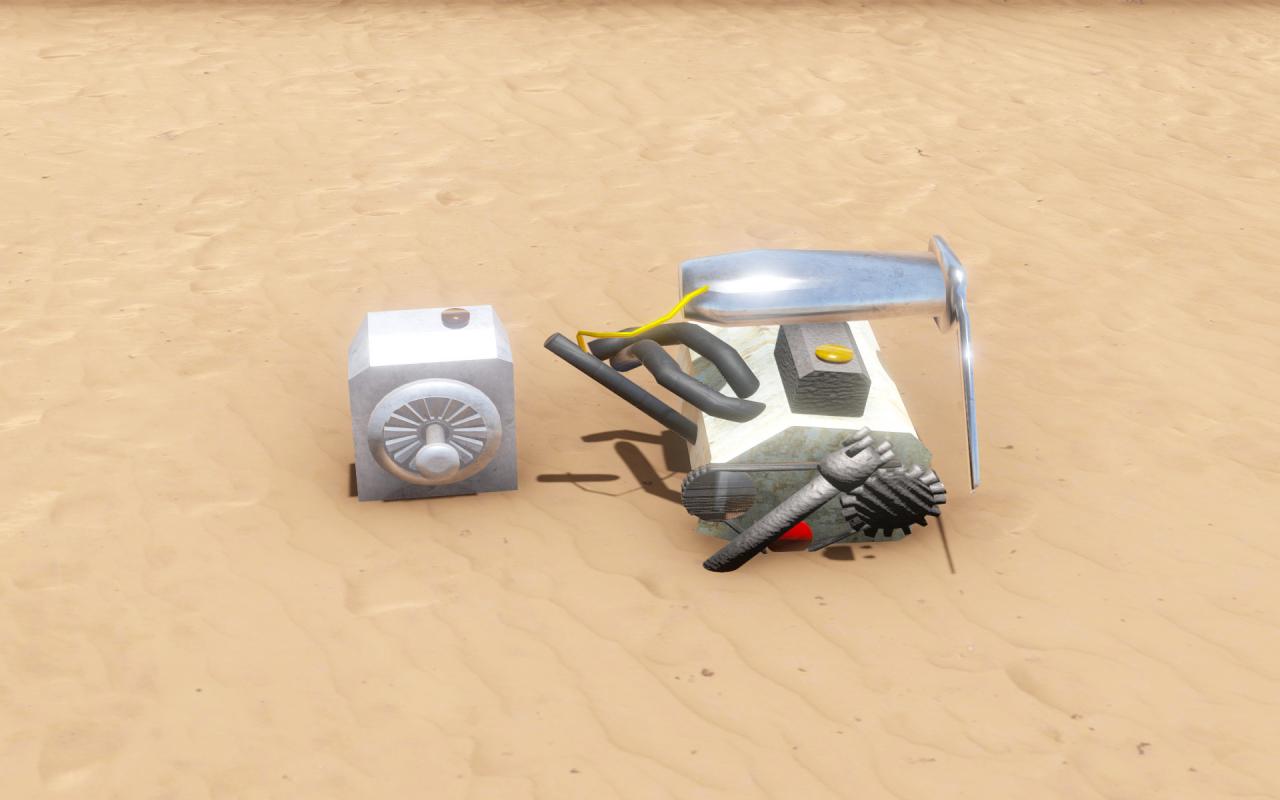
Fuel Type – Gas
Size – 1 Litre
Cylinders – 4
Horsepower – 41
Torque – 70 NM
Oil Capacity – 5 Litres
Cooling System – Water Cooled
Radiator Capacity – 5 Litres
====================================
0 – 100 km/h Time – 24.6 Seconds
Rating – 4/10
On flat terrain with enough space, the Skoda can reach about 120 km/h. Acceleration isn’t amazing but is acceptable though it will sometimes struggle on hills due to the lower than average power.
====================================
Rating – 4/10
Being rear engine and rear wheel drive unfortunately does make the Skoda very prone to spinning and oversteer with little provocation. Fortunately though the car’s low speed does make it easy to recover from mistakes and means that crashes usually won’t be very severe.
====================================
Rating – 4/10
The Skoda can hold up to 32 litres of fuel.
====================================
Rating – 5/10
The Skoda offers an average amount of trunk space and space in the back seat. Like most other sedans, it can easily carry a barrel in the back seat as well as several canisters in the trunk. There’s also plenty of space all over the car to attach baskets.
====================================
Overall Rating – 5/10
White it is unique, the Skoda is just a little too average in all areas in my opinion and doesn’t really do much to differentiate itself from the other sedans in the game. The rear engine configuration can also make it a pain to drive sometimes. Overall a good starting car, but i’d certainly abandon it as soon as I find something better.
Dacia 1300
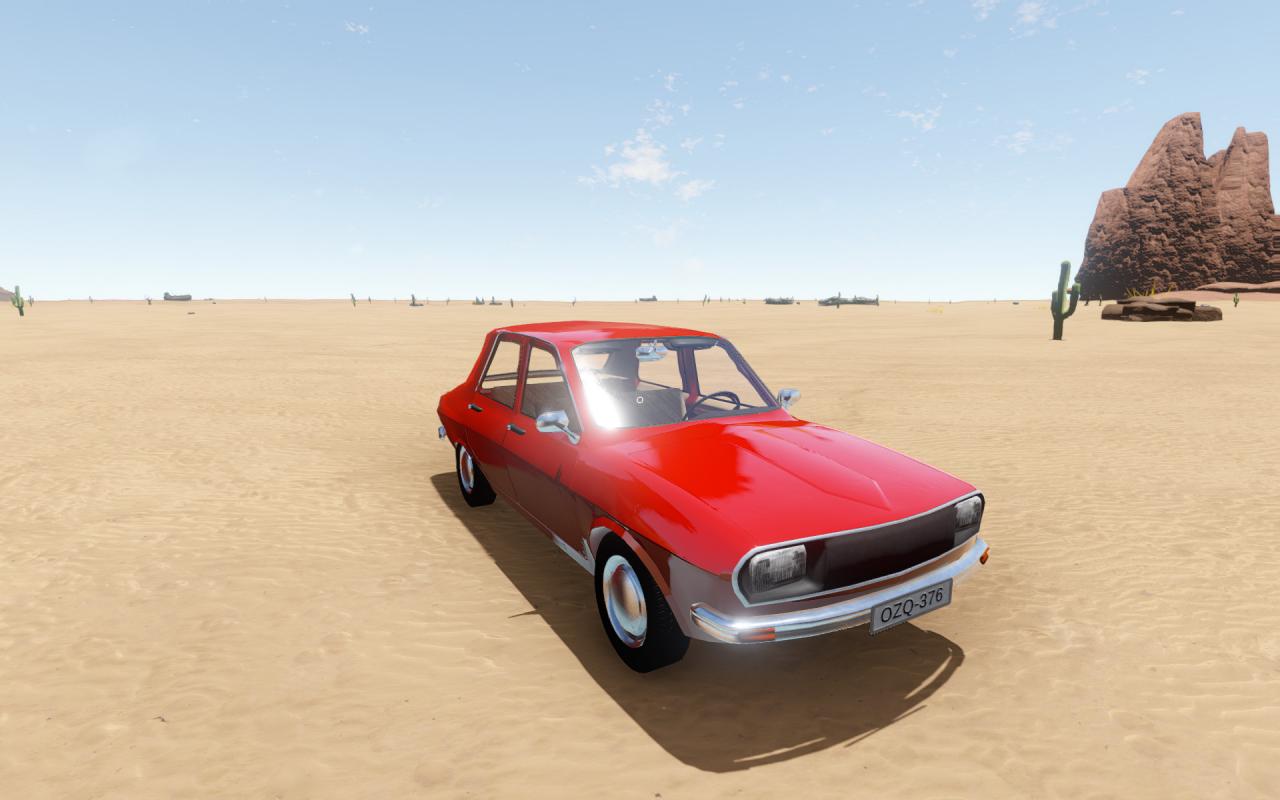
====================================
Good news! There’s a Dacia featured in this game! The Dacia 1300 was produced by Romanian manufacturer Dacia starting in 1969. In actuality, it is mostly just a licensed copy of the Renault 12. Uniquely, it has the fuel cap placed on the car’s rear next to the right hand side tail light. Also unique is the fact that the Dacia can sometimes be found with a spiked gear lever (know as a spikemission transmission) though this is purely cosmetic and has no effect on the vehicle’s performance:
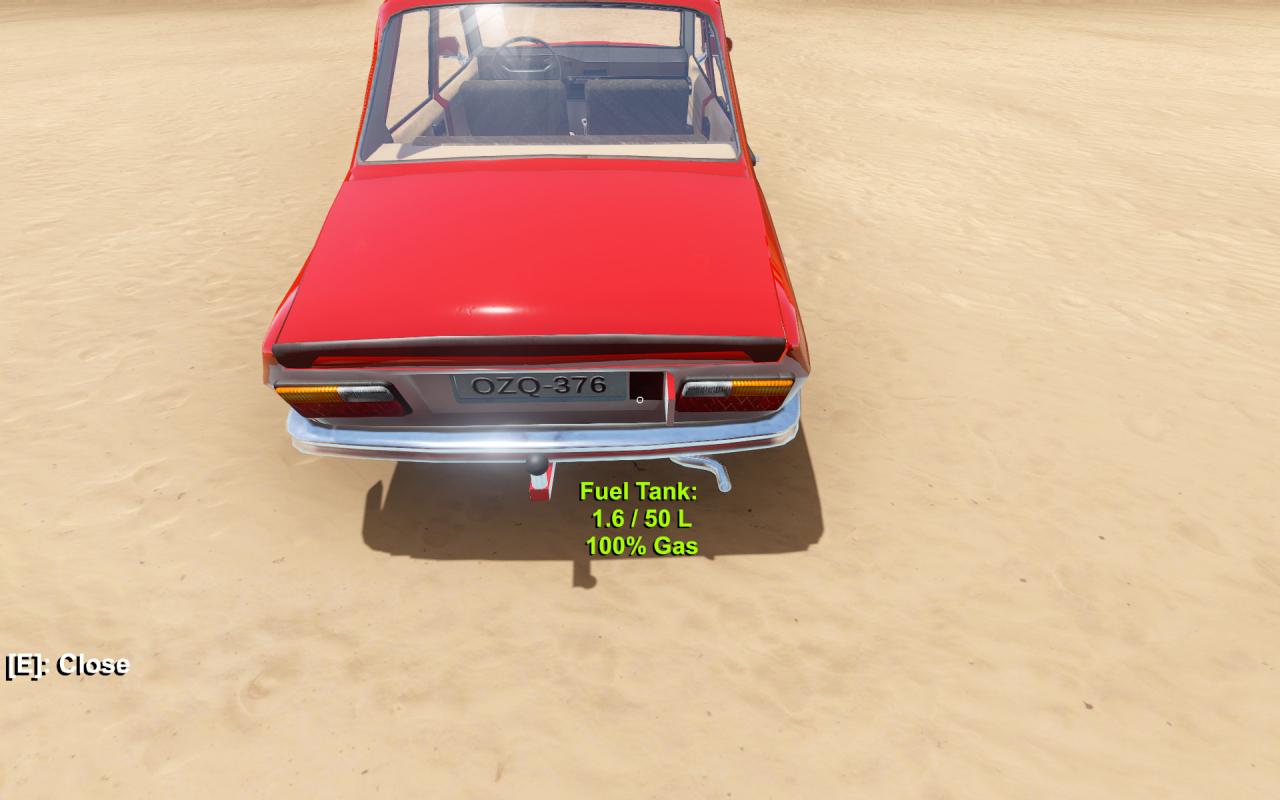
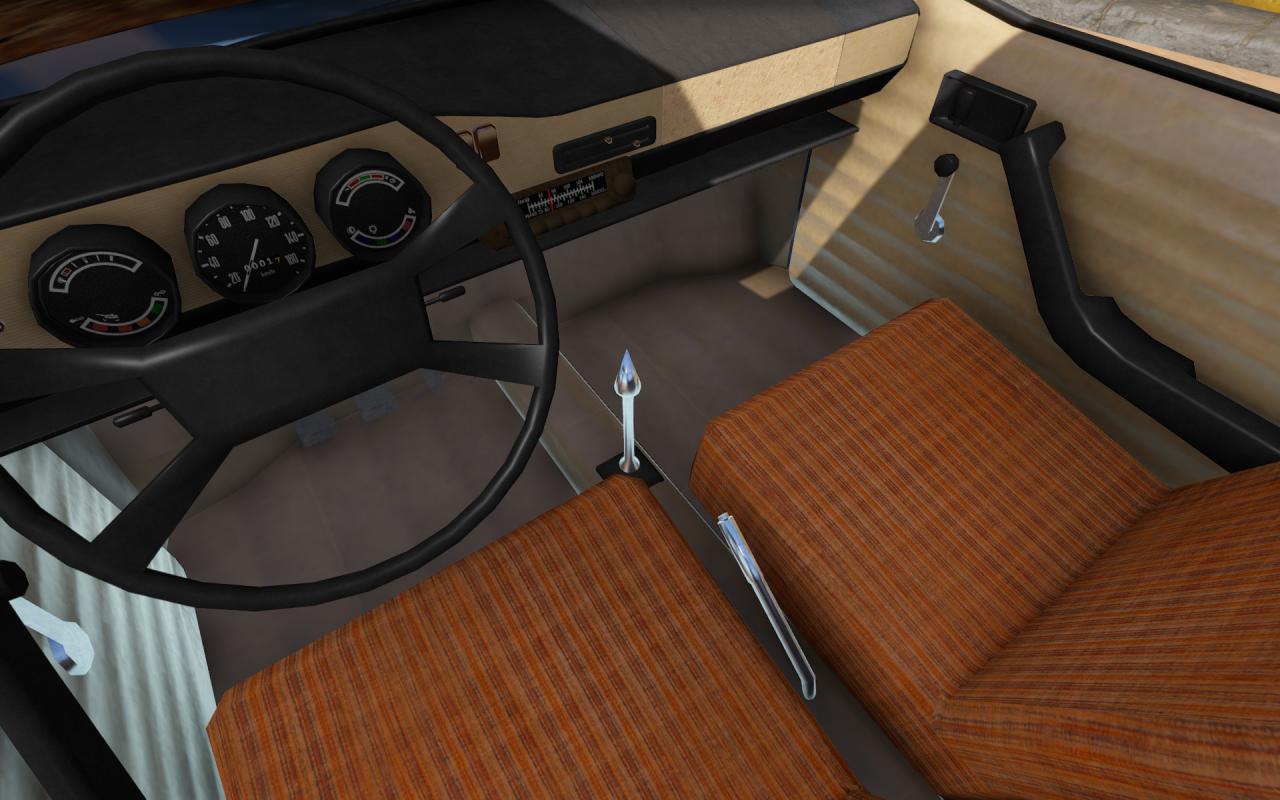
====================================
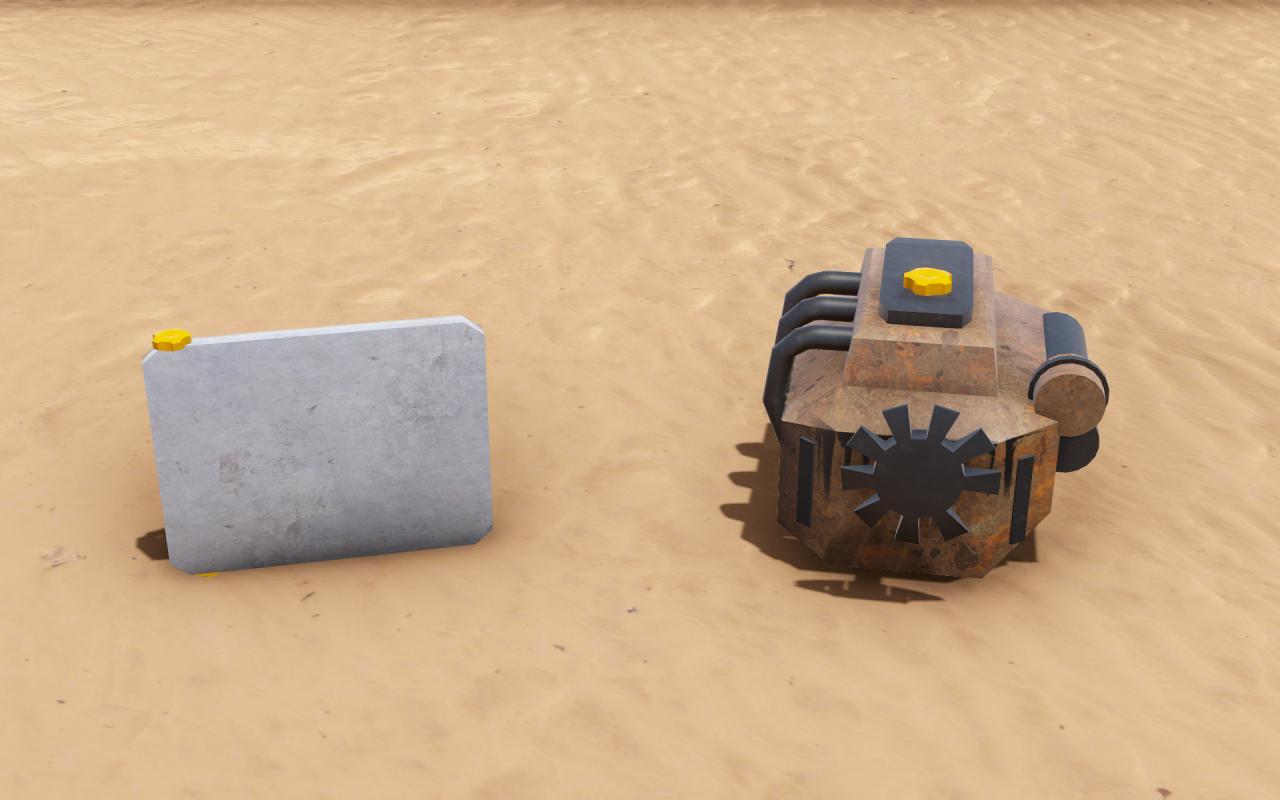
Fuel Type – Gas
Size – 1.3 Litres
Cylinders – 4
Horsepower – 53
Torque – 88 NM
Oil Capacity – 5 Litres
Cooling System – Water Cooled
Radiator Capacity – 5 Litres
====================================
0 – 100 km/h Time – 19 Seconds
Rating – 6/10
On flat terrain the Dacia can reach about 145 km/h and has good acceleration. Hills usually aren’t much of a problem with this car.
====================================
Rating – 3/10
The Dacia overall drives well and isn’t very prone to spinouts. However it has very soft suspension so it can roll pretty easily. The reason it has such a low rating though is because it has possibly the worst collision detection issues of any vehicle in the game. This is most noticeable if you clip the boundary between the road and the dirt while traveling at higher speeds. It can often send the Dacia flying a considerable distance.
====================================
Rating – 6/10
The Dacia can hold up to 50 litres of fuel.
====================================
Rating – 5/10
The Dacia’s storage capacity is comparable to most other sedans. The back seat can easily fit a barrel and the trunk will store several containers. There is slightly less room to attach baskets though.
====================================
Overall Rating – 3/10
It’s bad enough that there isn’t much to distinguish the Dacia from the other sedans, but the collision detection problems render this car almost unusable. I’d honestly prefer be stuck with the Trabant.
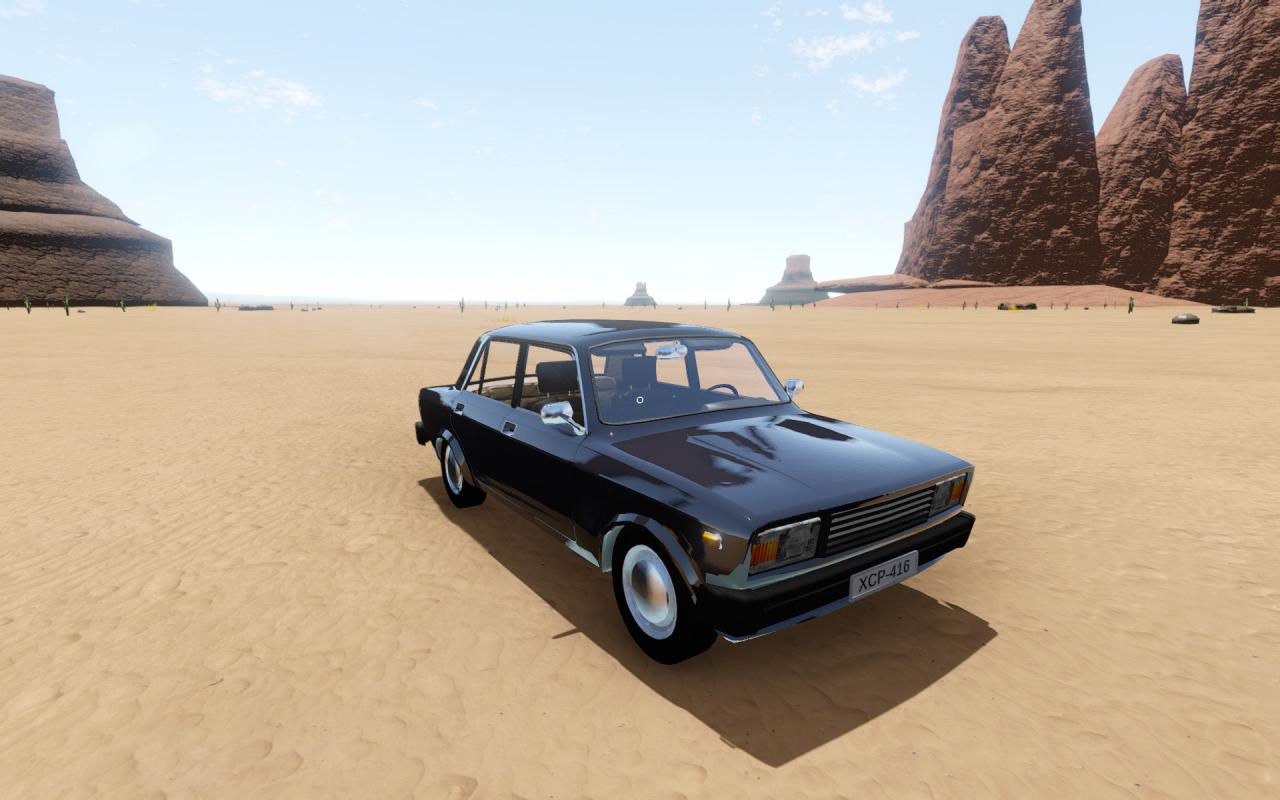
====================================
Even more glory from Mother Russia. The VAZ 2105 (also know as the Lada Riva/Nova) was produced by Soviet manufacturer AvtoVAZ starting in 1979 making it one of the most modern cars in the game. In many ways it is an updated version of the Lada 2101 with a restyled body, a new gauge cluster and a more powerful engine. The car’s fuel cap is located on the rear left hand side:
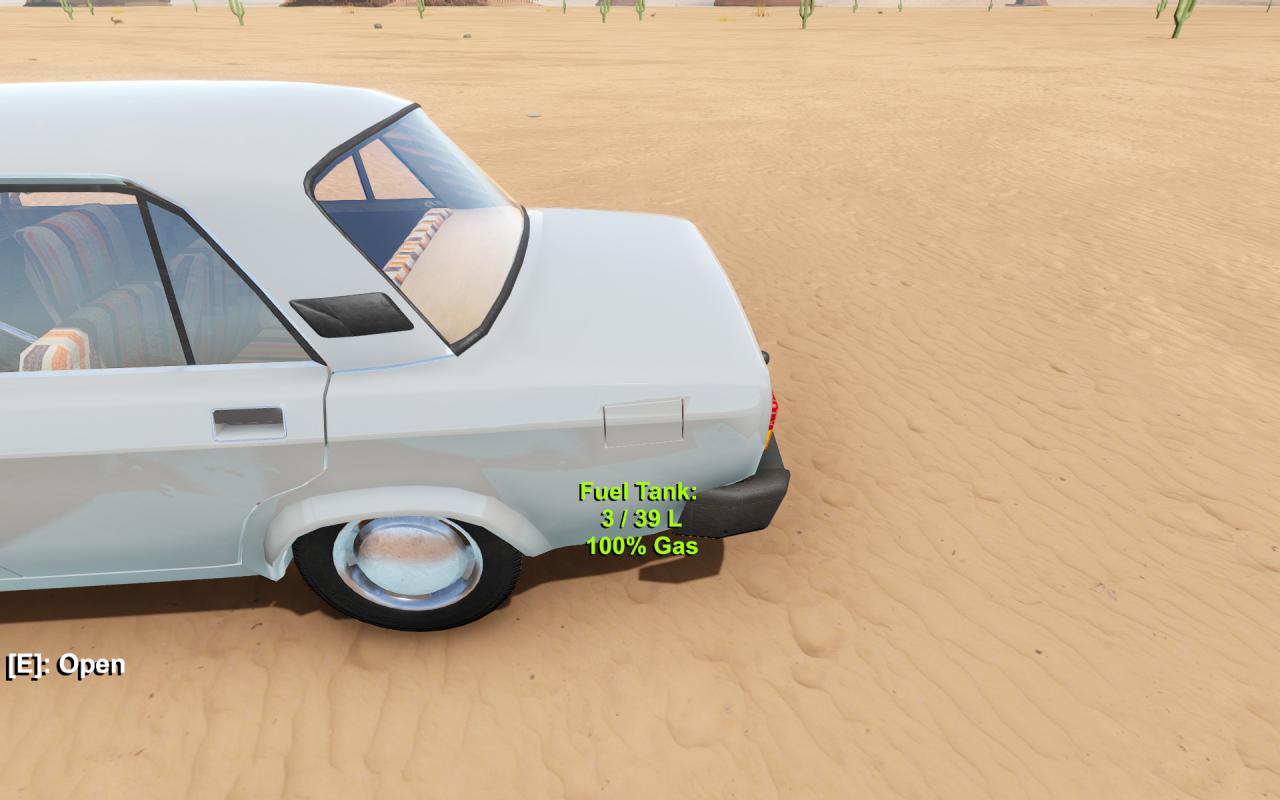
====================================
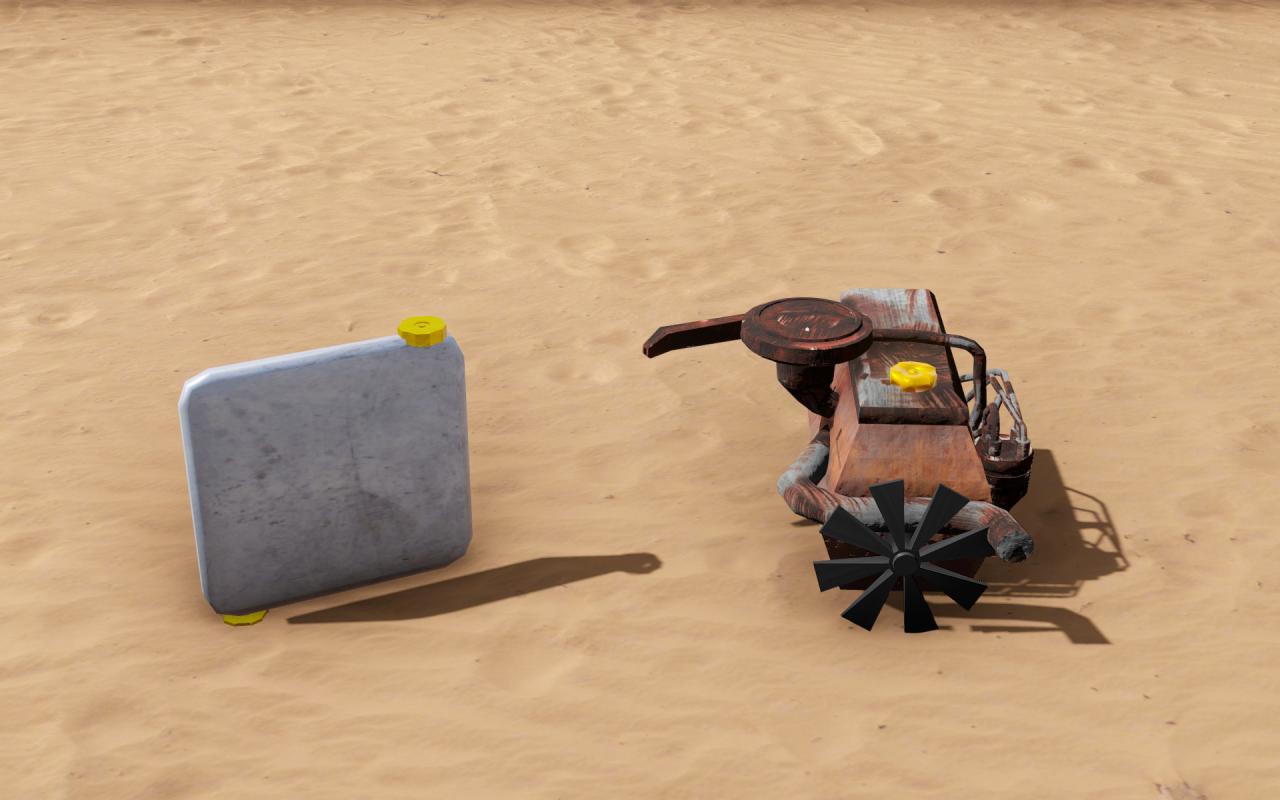
Fuel Type – Gas
Size – 1.3 Litres
Cylinders – 4
Horsepower – 69
Torque – 94 NM
Oil Capacity – 5 Litres
Cooling System – Water Cooled
Radiator Capacity – 5 Litres
====================================
0 – 100 km/h Time – 18.6 Seconds
Rating – 7/10
With it’s more powerful engine, the VAZ can reach 170 km/h on flat terrain with enough space though the acceleration is still a bit sluggish. The extra power does at least mean that hills will be less of a problem.
====================================
Rating – 6/10
The steering feels noticeably more responsive than the 2101 but it is even more prone to spinouts and oversteer thanks to the extra power. Still, it remains a fairly pleasant car to drive.
====================================
Rating – 5/10
The VAZ can hold up to 39 litres of fuel.
====================================
Rating – 5/10
The storage is pretty much the same as the 2101 and is comparable to most other sedans in the game. A barrel will easily fit in the backseat and there’s plenty of trunk space for multiple containers.
====================================
Overall Rating – 5/10
A largely average and forgettable vehicle in my opinion with nothing to set it apart except for it’s higher than average speed.. If it had a station wagon variant, then I might consider it interesting but as it stands, the station wagon variant of the Lada 2101 remains the better choice.
VW Golf
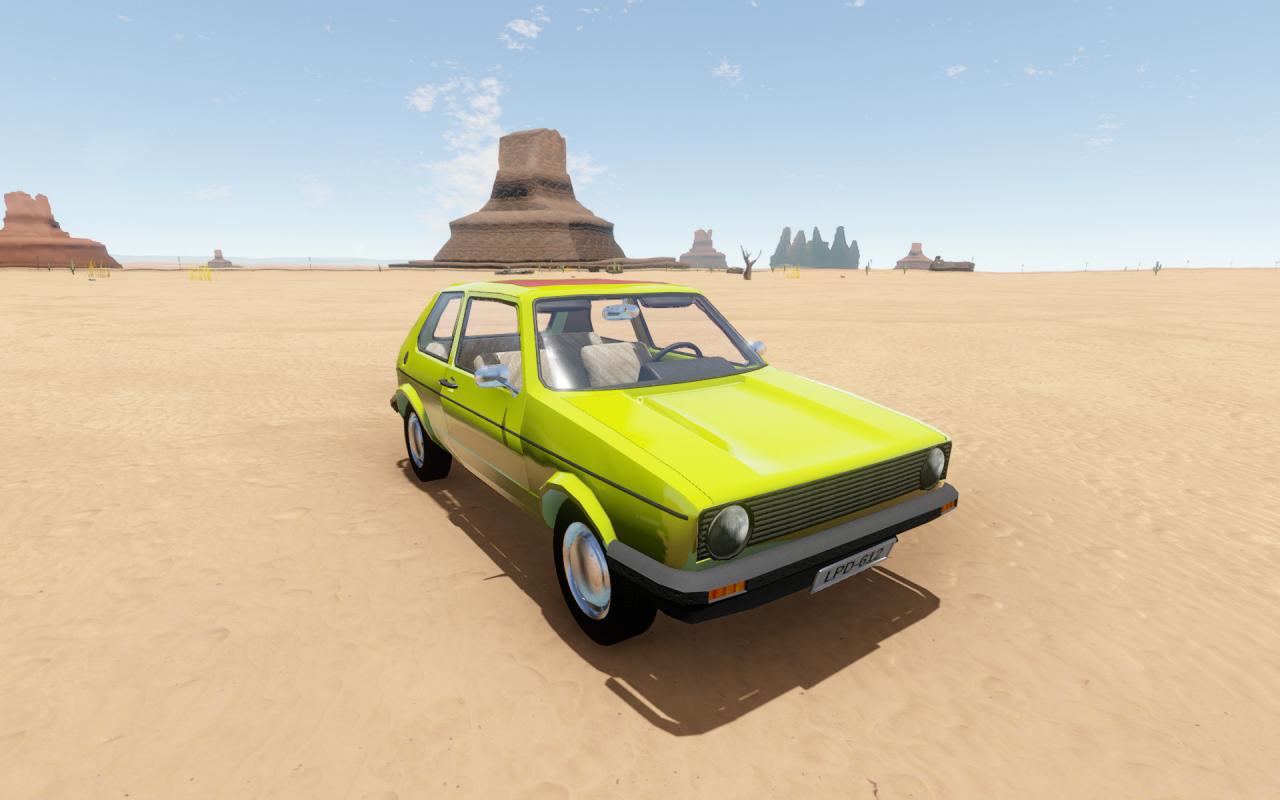
====================================
Shall we show the commies how it’s done? The VW Golf is the first vehicle from outside the Eastern Bloc to be featured in the game. It’s based on the Volkswagen Golf MK1 which was produced by West German manufacturer Volkswagen starting in 1974. It is the first vehicle that can be found with two different engines – Either a gas engine or a less powerful diesel engine. An easy way to tell which engine a Golf has is to look at the roof. If the car doesn’t have a sunroof, then it has a diesel engine. If it does have a sunroof, then it has a gas engine:
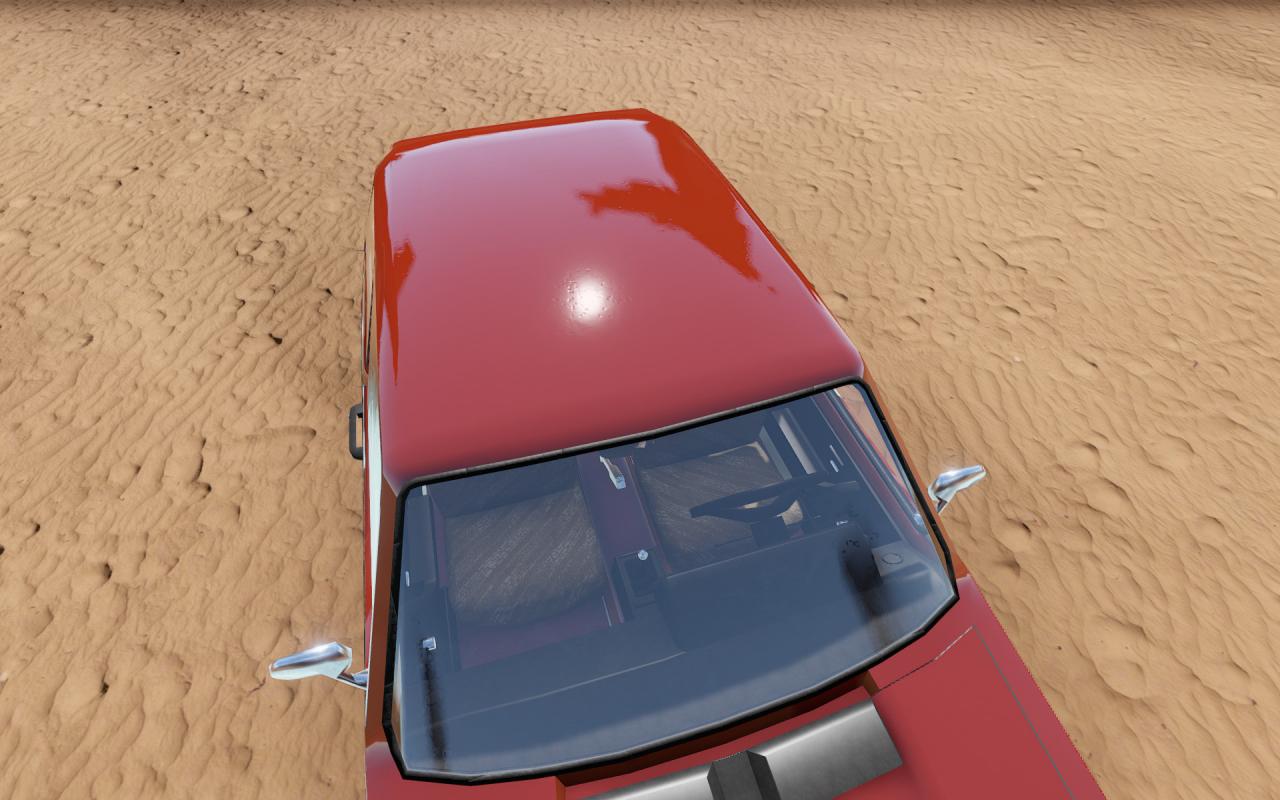

The car’s fuel cap is located on the rear left hand side and unlike most other cars is fairly obvious. The Golf is also the first car in the game to feature a tachometer:
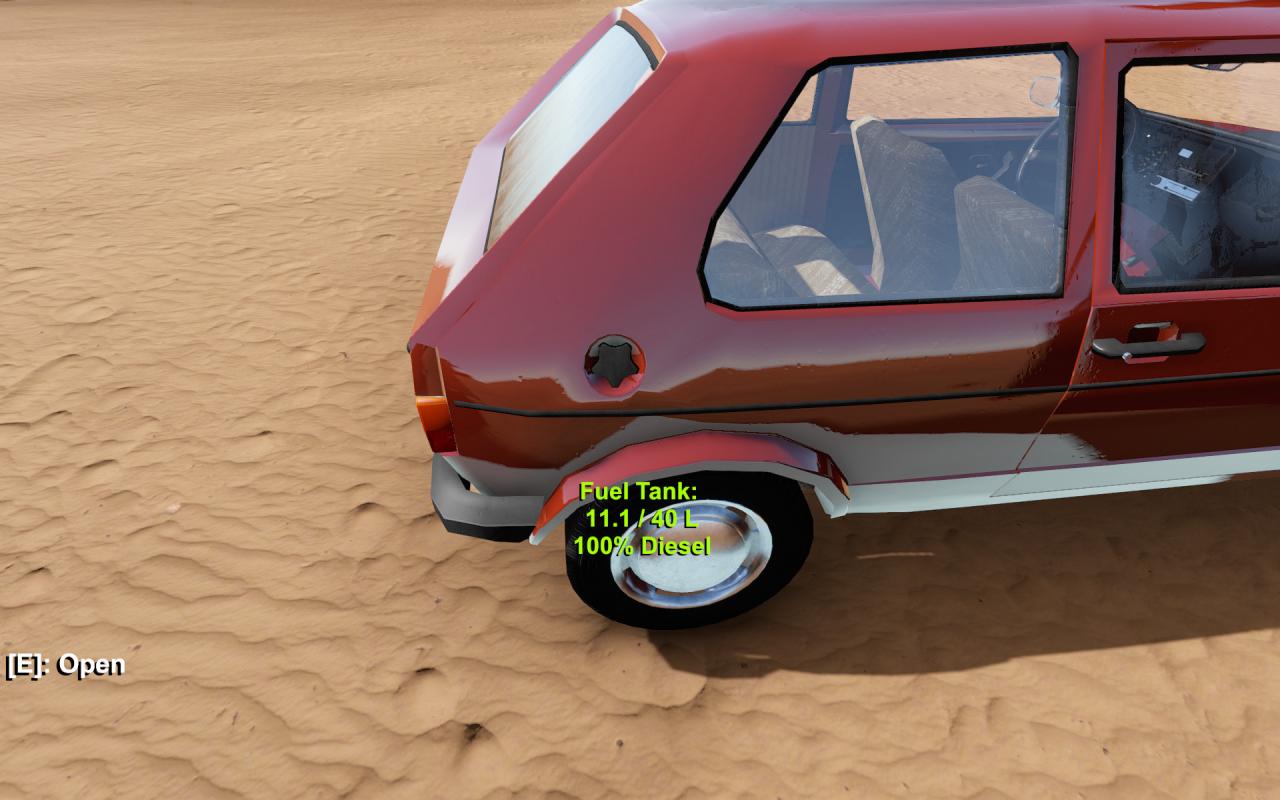
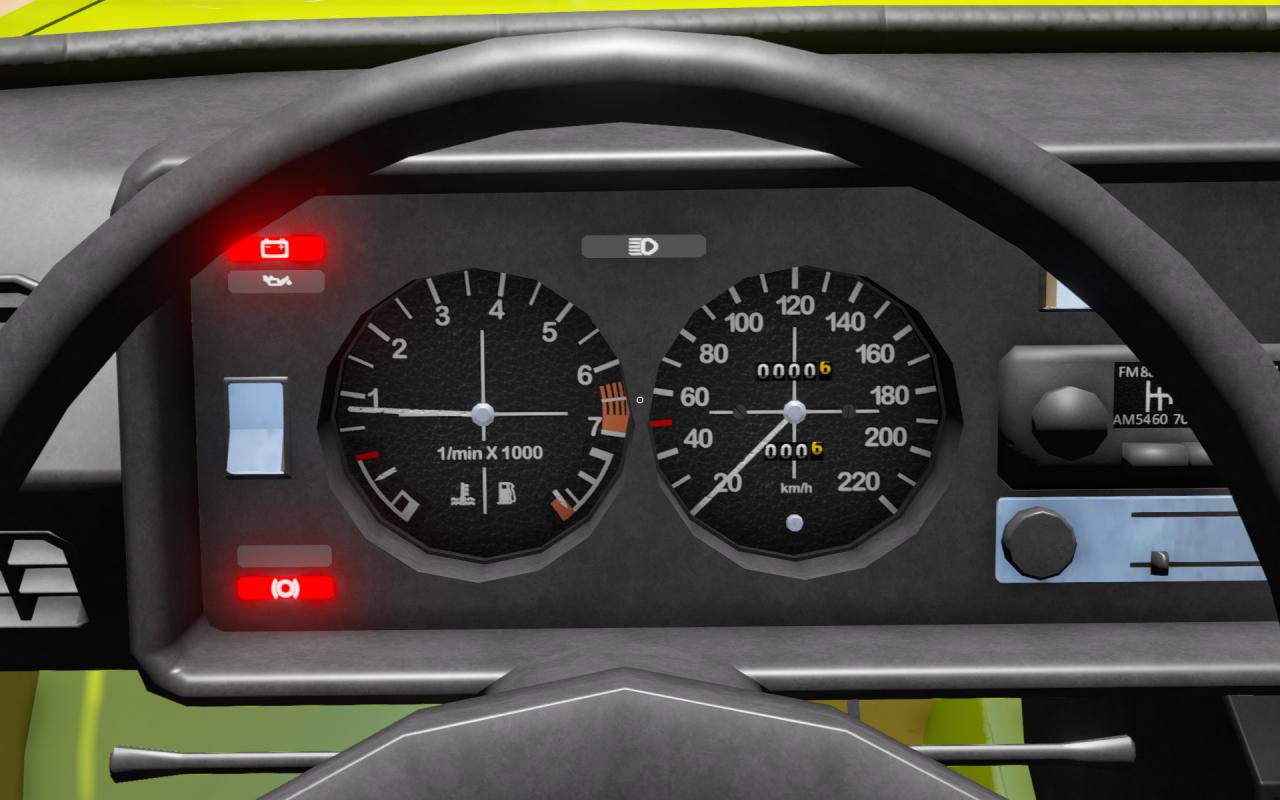
====================================
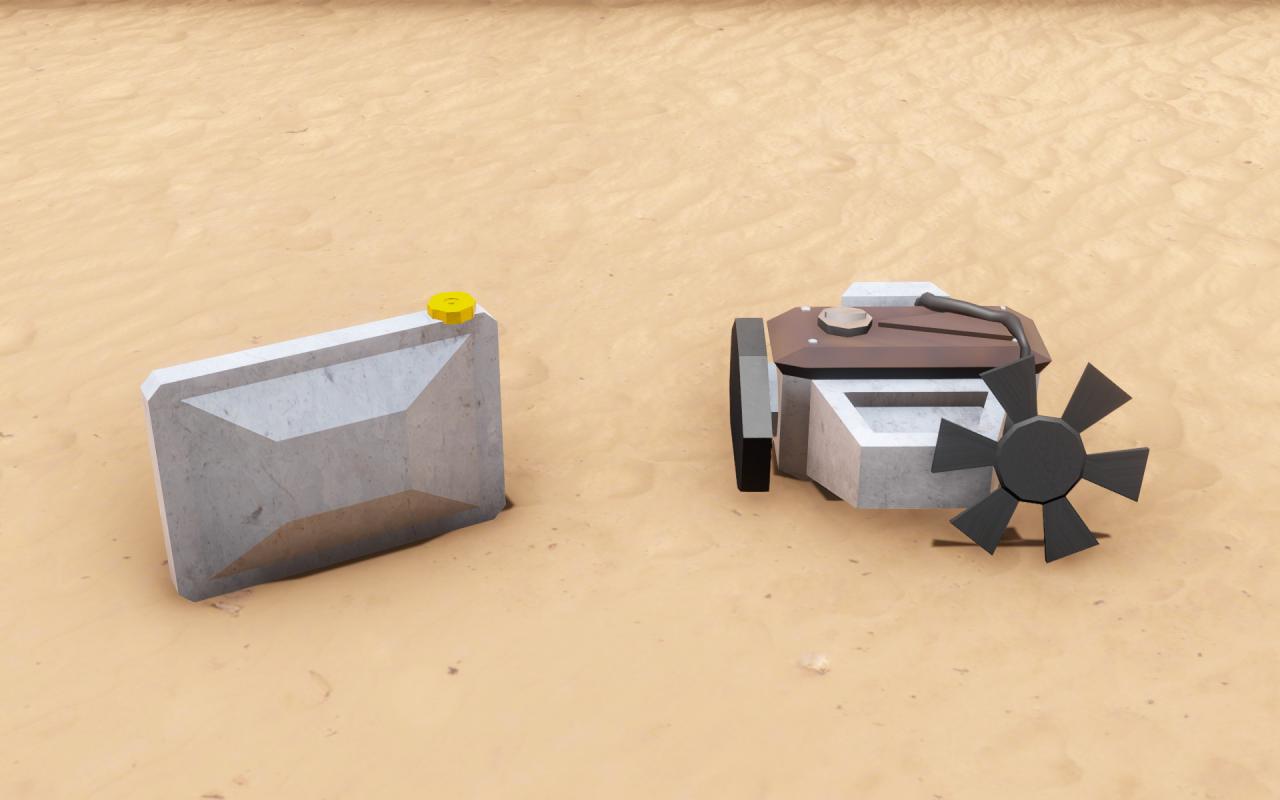
Fuel Type – Diesel
Size – 1.6 Litres
Cylinders – 4
Horsepower – 56
Torque – 106 NM
Oil Capacity – 4 Litres
Cooling System – Water Cooled
Radiator Capacity – 5 litres
====================================
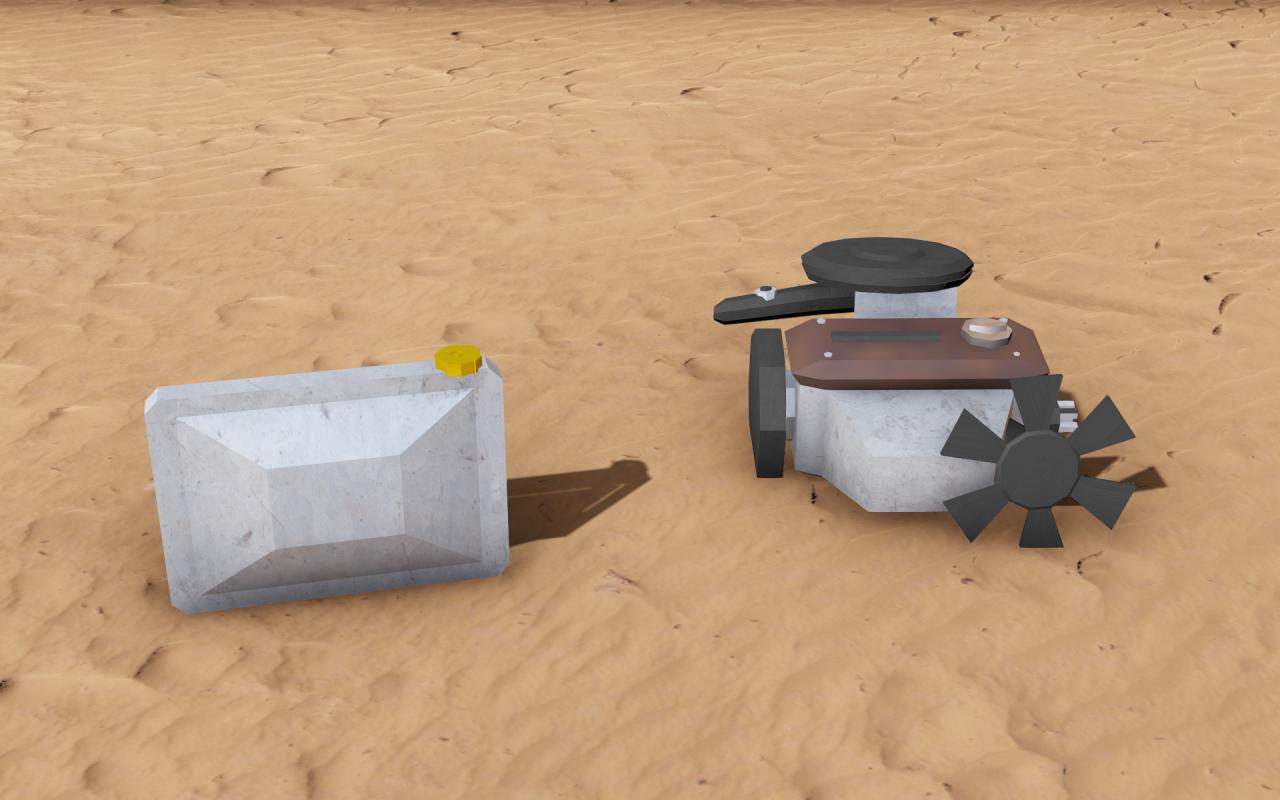
Fuel Type – Gas
Size – 1.8 Litres
Cylinders – 4
Horsepower – 88
Torque – 145 NM
Oil Capacity – 4 Litres
Cooling System – Water Cooled
Radiator Capacity – 5 Litres
====================================
0 – 100 km/h Time – 21.1 Seconds
Rating – 7/10
The diesel engine is surprisingly quick. On flat terrain, it can reach 160 km/h and has impressive acceleration as well. Hills can be somewhat challenging but not impossible.
====================================
0 – 100 km/h Time – 12 Seconds
Rating – 9/10
With the gas engine equipped, the Golf becomes one of the fastest cars in the game. The top speed on flat terrain is increased to 180 km/h and the acceleration is remarkable. Hills are easier to tackle as well.
====================================
Rating – 7/10
Overall, the Golf is a great car to drive. Even near top speed it is controllable and stable though it can sometimes have problems with spinouts, especially if it is loaded with heavier cargo. Being front wheel drive does also mean it has problems with understeer sometimes as well.
====================================
Rating – 5/10
The Golf can hold up to 40 litres of fuel.
====================================
Rating – 4/10
Due to it’s small size, the Golf is a bit more limited in terms of storage space. It can fit a barrel and a few containers in the back though it is a bit tight to do so. The back seat also isn’t very easy to use but it’s not impossible.
====================================
Overall Rating – 6/10
The Golf is a very solid vehicle and it’s great to get as your starter. Unfortunately it’s completely overshadowed by the Caddy which is just as fast while offering better handling and storage space. If you do decide to stick with the Golf though, make sure you get the gas engine.
VW Caddy
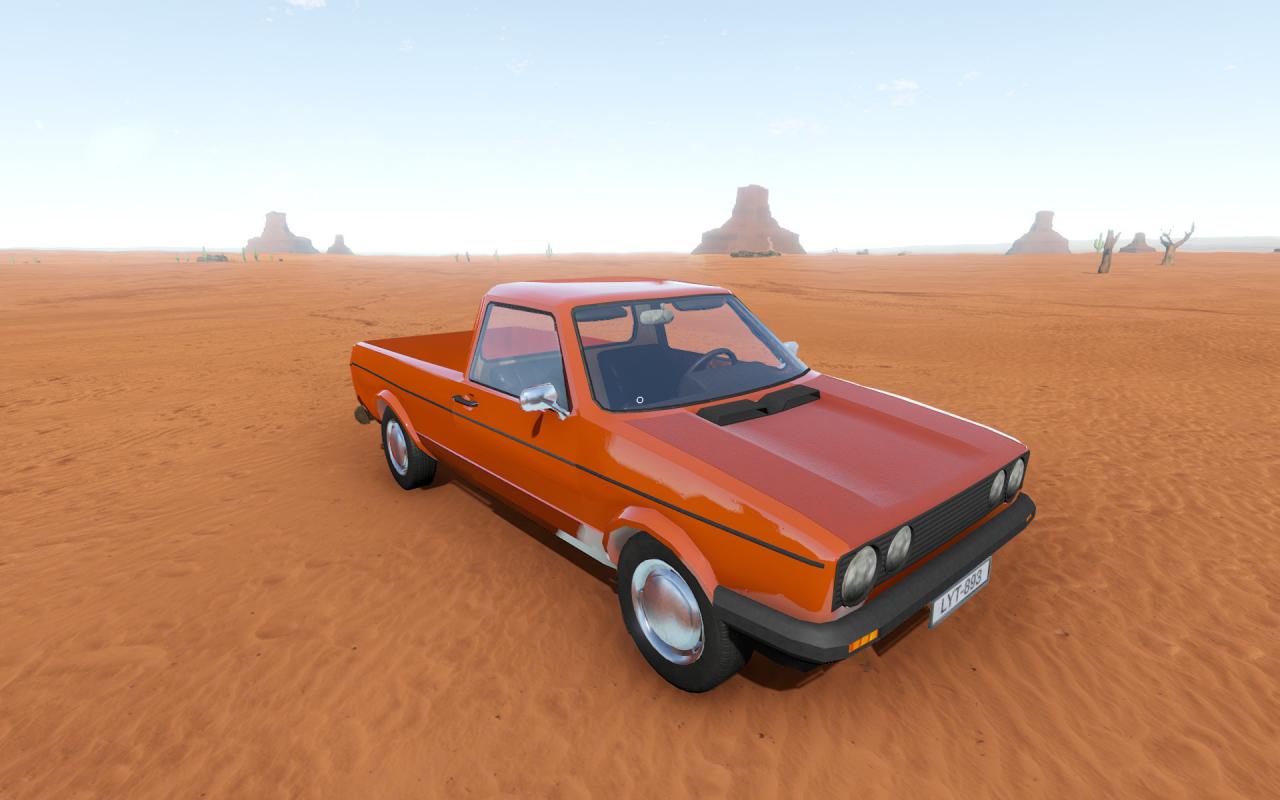
====================================
The station wagons have some competition. The VW Caddy is a pickup truck that was produced by West German manufacturer Volkswagen starting in 1979. It is based on the VW Golf and shares several parts with it such as the hood, gauges, front facia and front bumper. It also uses the same diesel engine and radiator found in the VW Golf and this is the only engine that it can be found with. The fuel cap is located on the left hand side just in front of the rear wheel:
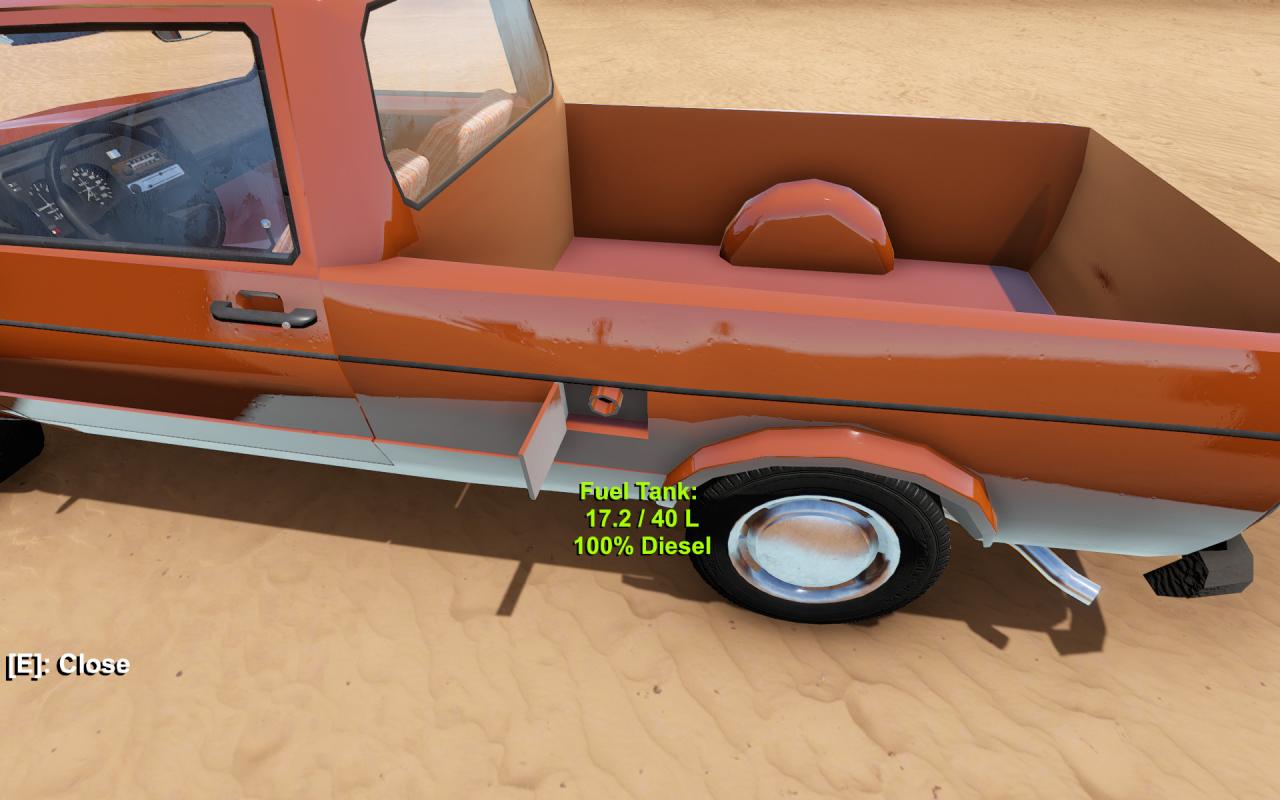
A unique feature of the Caddy is that it does not have a tow hitch so no trailers can be pulled with it.
====================================

Fuel Type – Diesel
Size – 1.6 Litres
Cylinders – 4
Horsepower – 56
Torque – 106 NM
Oil Capacity – 4 Litres
Cooling System – Water Cooled
Radiator Capacity – 5 litres
====================================
0 – 100 km/h Time – 21.1 Seconds
Rating – 7/10
Essentially the same as the diesel Golf. The top speed on flat terrain remains an impressive 160 km/h with good acceleration. Once again hills can be problematic, but not impossible.
====================================
Rating – 8/10
The Caddy remains very stable and controllable even when traveling near it’s top speed and is not particularly prone to rollovers or spinouts, though they can happen. Due to being front wheel drive, it does sometimes suffer from understeer. Cargo in the truck’s bed doesn’t seem to have a large effect on the handling, though it can be noticeable with heavier objects such as barrels.
====================================
Rating – 5/10
The Caddy can hold up to 40 litres of fuel.
====================================
Rating – 6/10
The Caddy’s bed isn’t massive but it offers storage space which is comparable to the station wagon variant of the Lada. And since the truck is so stable, you don’t have to worry too much about loose items flying out the back though it can still happen if you go over bumps too quickly.
====================================
Overall Rating – 8/10
The Caddy is my pick for best vehicle in the game (and it helps that I really like pickup trucks). It offers a great mix of speed and storage capacity while being a pleasure to drive. Though the stock diesel engine works well enough, I would strongly suggest swapping in the VW gas engine for a performance upgrade that the truck can easily handle.
Plymouth Fury
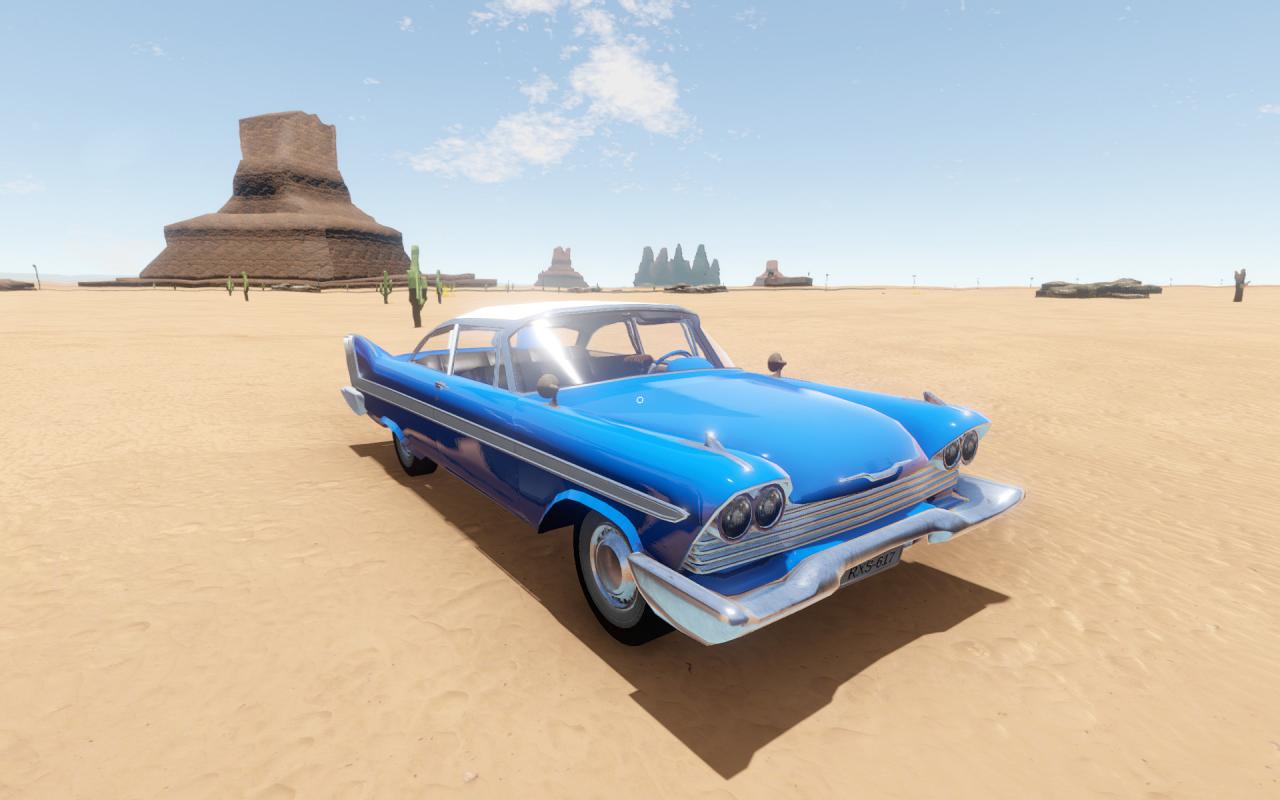
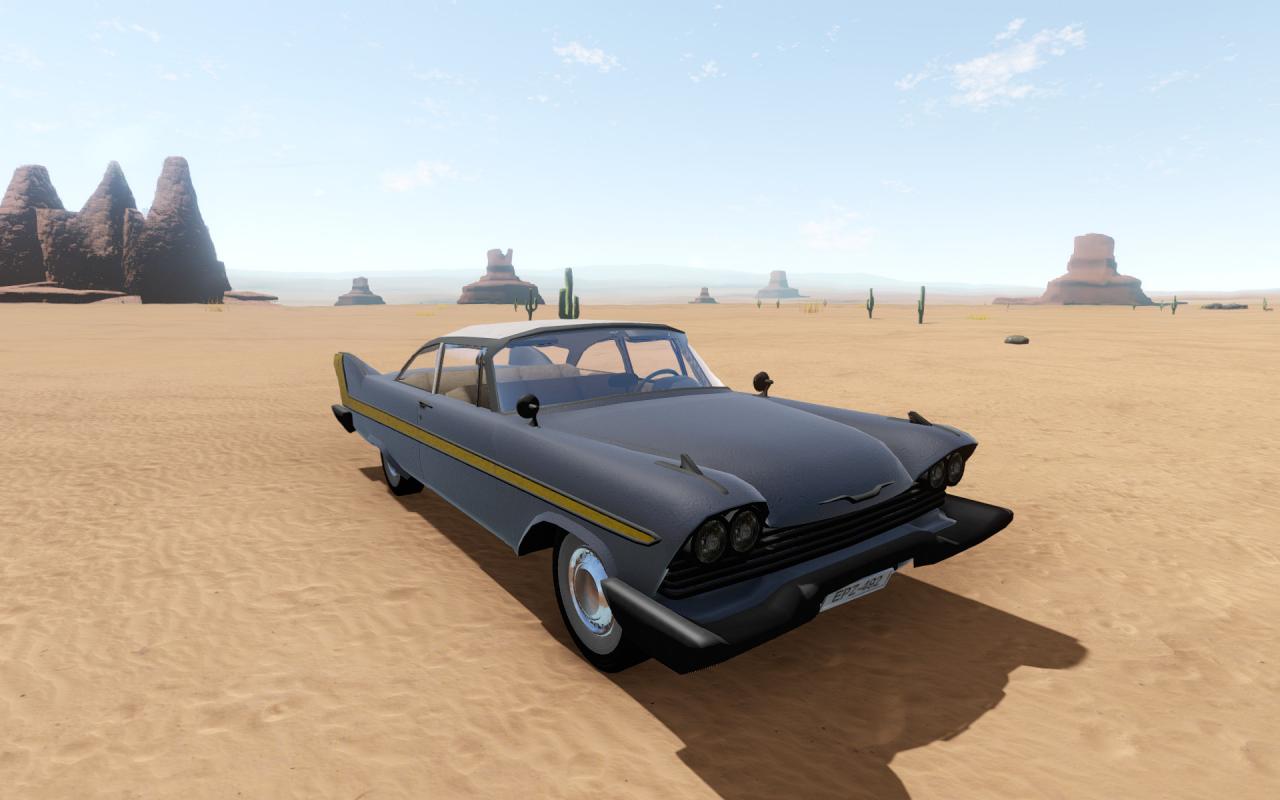
====================================
Good old American muscle. The Plymouth Fury is the first American car featured in the game and can be found in two variants – One with chrome bumpers, rear view mirrors and trim or one with black bumpers, rear view mirrors and gold trim. The Fury was produced by American manufacturer Plymouth from 1959 to 1978 and comes with a unique set of hubcaps and whitewall tires:
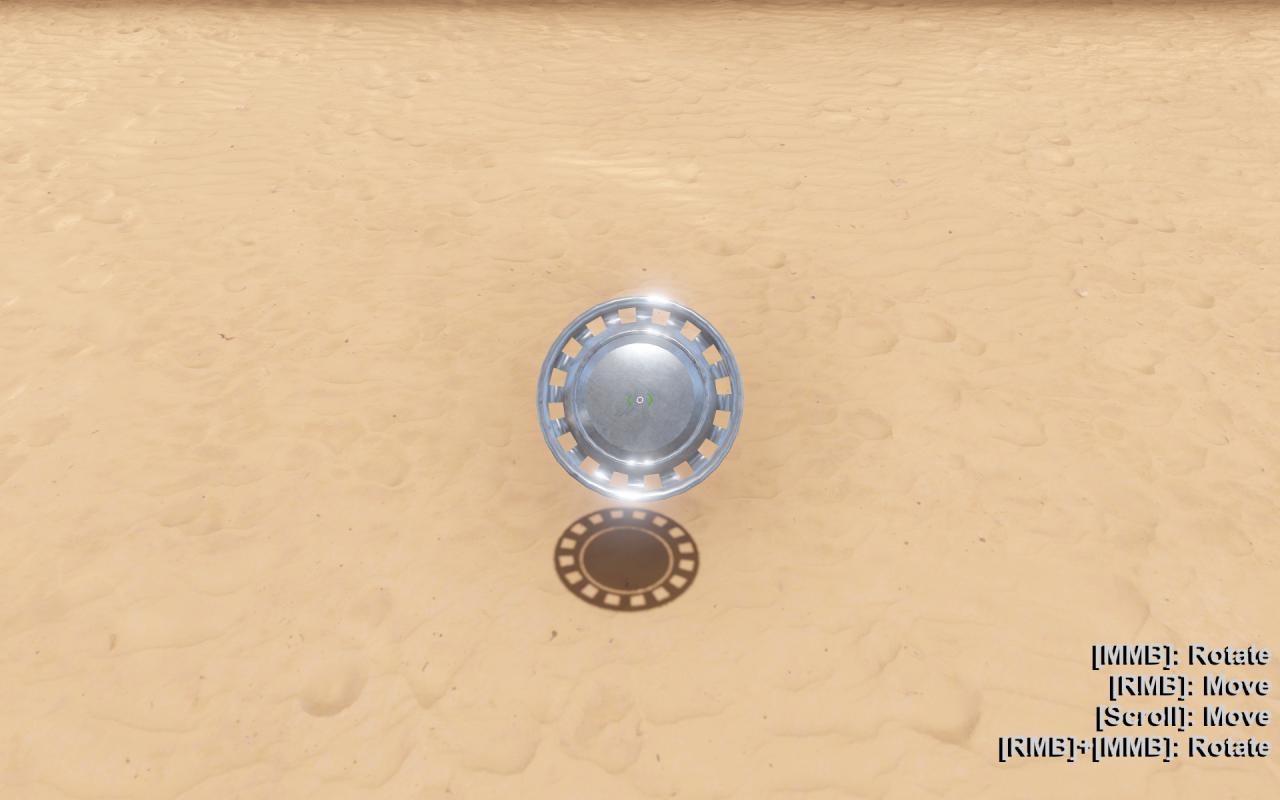
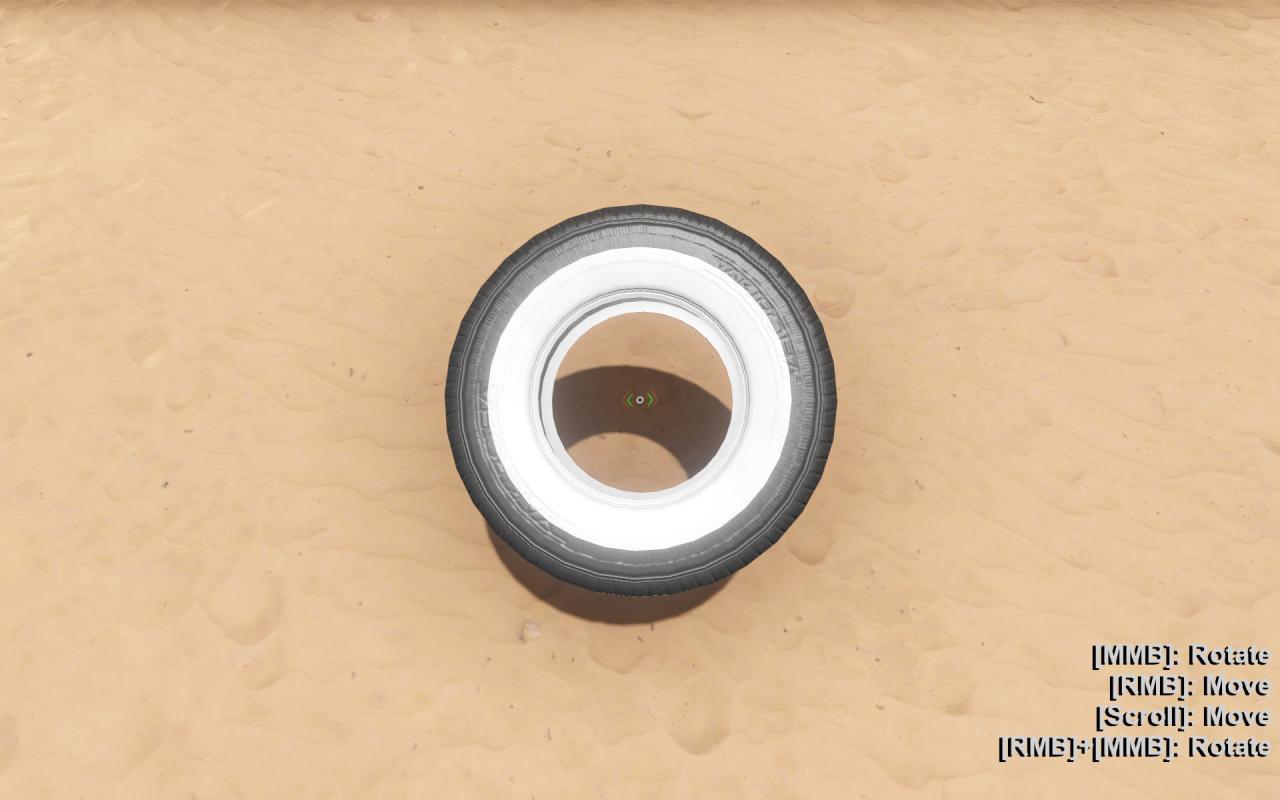
Occasionally, both variants of the Fury can be found with tinted windows which is a reference to the 1983 film “Christine”:
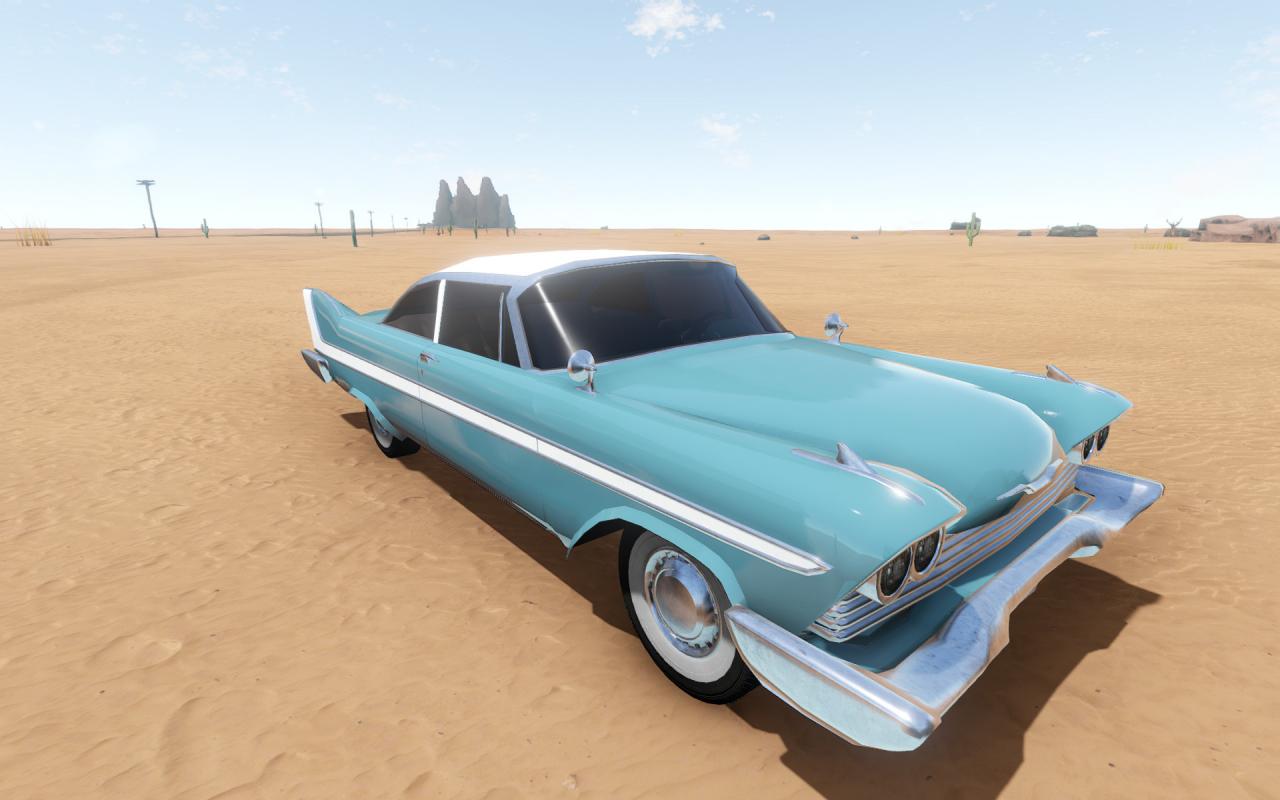
The fuel cap is located on the rear left hand side of the car, next to the rear fin. The Fury also has a unique speedometer which displays mph rather than km/h:

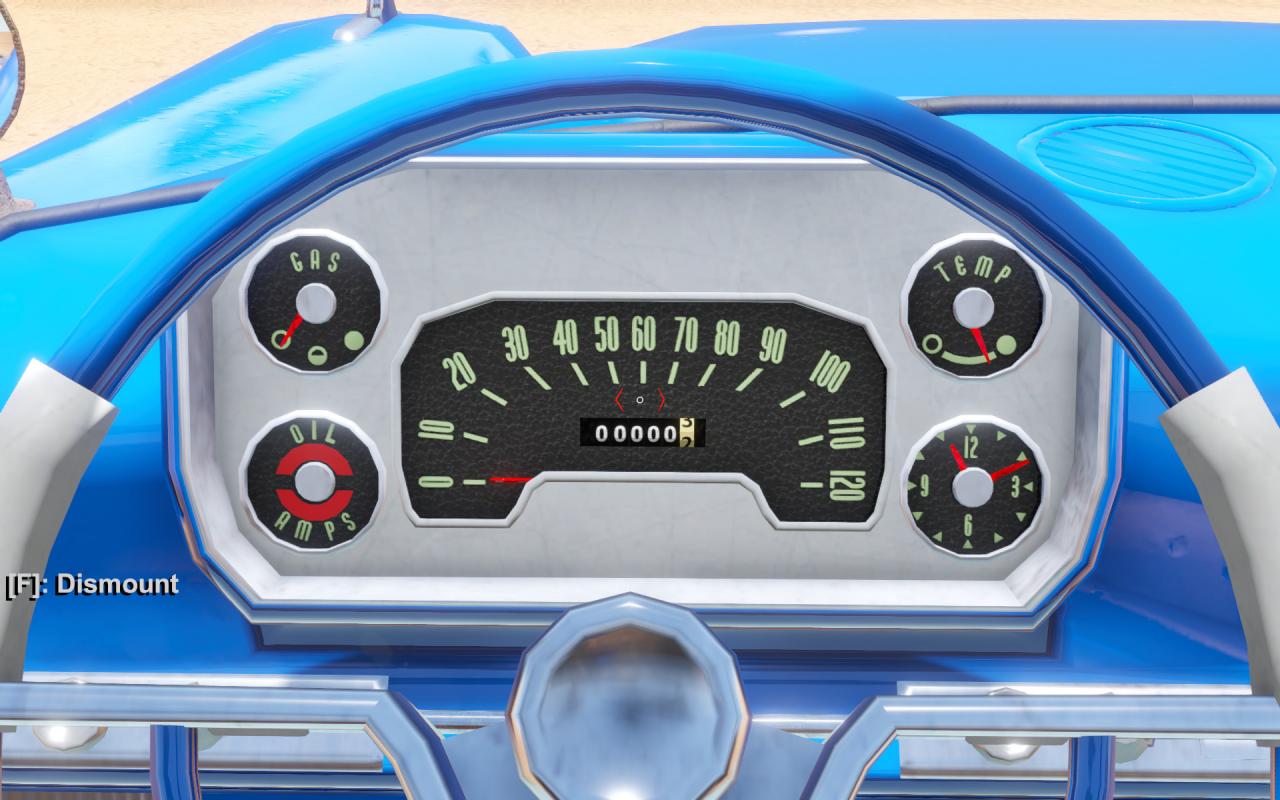
====================================
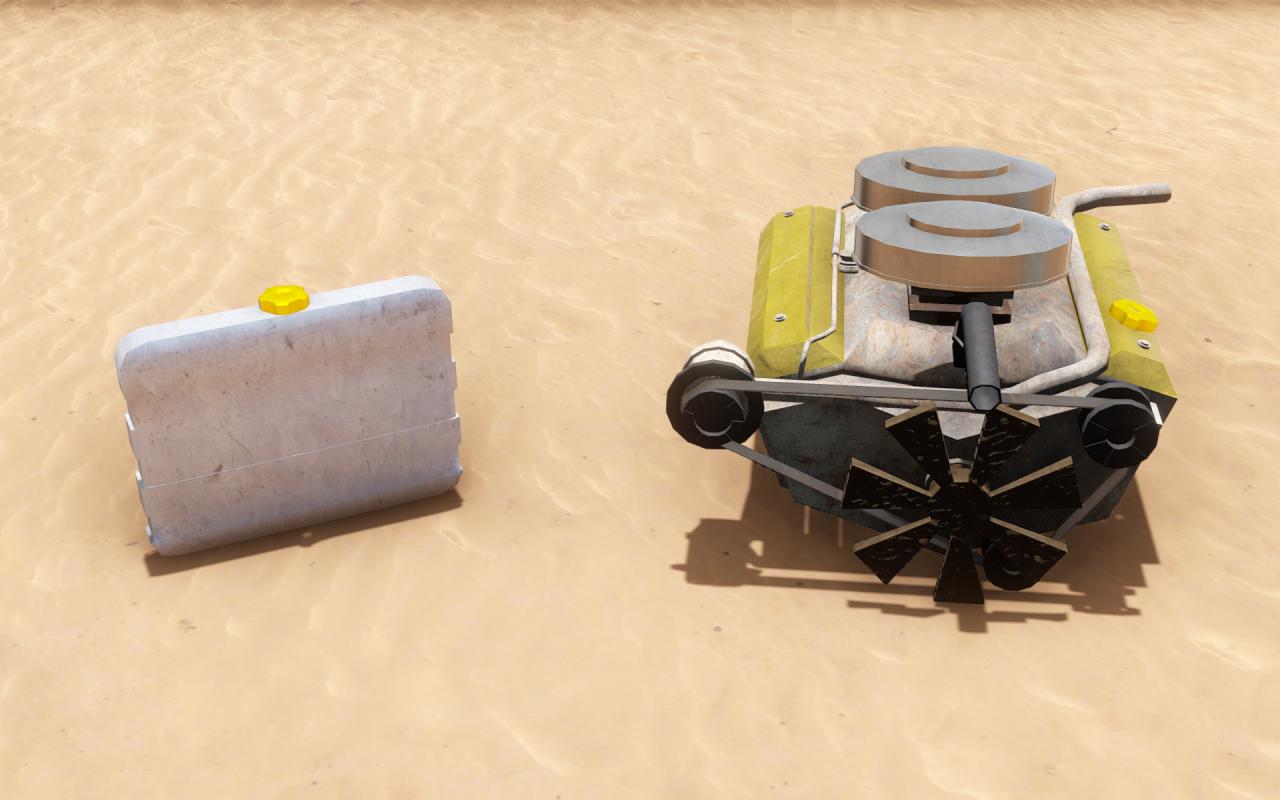
Fuel Type – Gas
Size – 5.7 Litres
Cylinders – 8
Horsepower – 288
Torque – 444 NM
Oil Capacity – 5 Litres
Cooling System – Water Cooled
Radiator Capacity – 20 Litres
====================================
0 – 100 km/h Time – 9.8 Seconds
Rating – 10/10
The massive V8 engine allows the Fury to easily dominate this category. On flat terrain it can reach 193 km/h and has monstrous acceleration. In fact it’s not uncommon to do unintentional burnouts due to the torque. Hills will not be a challenge at all for this car.
====================================
Rating – 6/10
The Fury handles very well for a muscle car with good stability and responsive steering. However being rear wheel drive with such massive power does make it prone to oversteer and spinouts. It is also one of the vehicles in the game that can suffer from collision detection issues which, combined with it’s soft suspension can occasionally lead to it being launched into the air.
====================================
Rating – 7/10
The Fury can hold up to 76 litres of fuel.
====================================
Rating – 5/10
Though the back seat isn’t the easiest to use, the Fury makes up for it with it’s massive trunk which can hold a barrel with room to spare for more stuff. You should be able to find space in this car for everything you need.
====================================
Overall Rating – 7/10
In spite of it’s issues, it can be very hard to resist swapping into a Fury any time you come across one. It has style, plenty of speed and the cool factor is off the scale. If you do decide to use the Fury, try to keep your items in the trunk organized and store as much as you can in baskets in order to minimize the risk of collision detection problems.
Ikarus 260/280 (Bus)
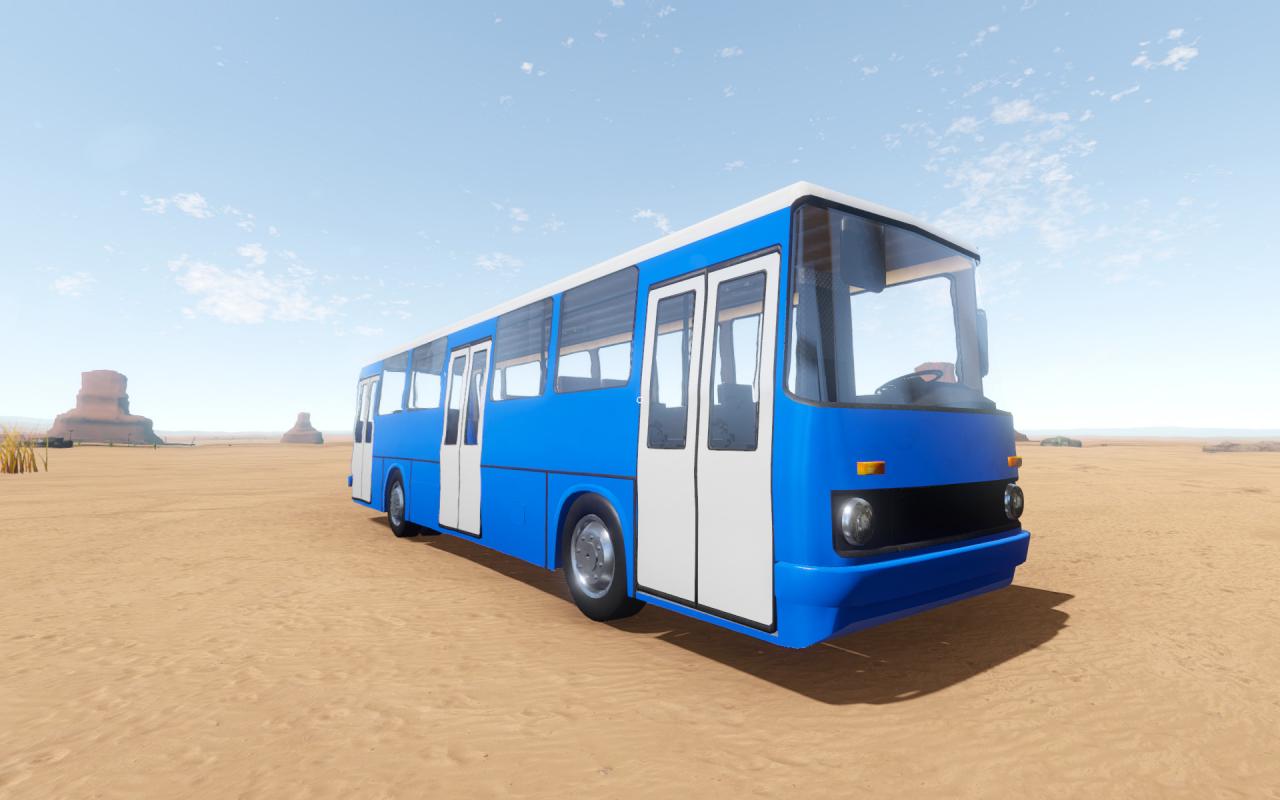
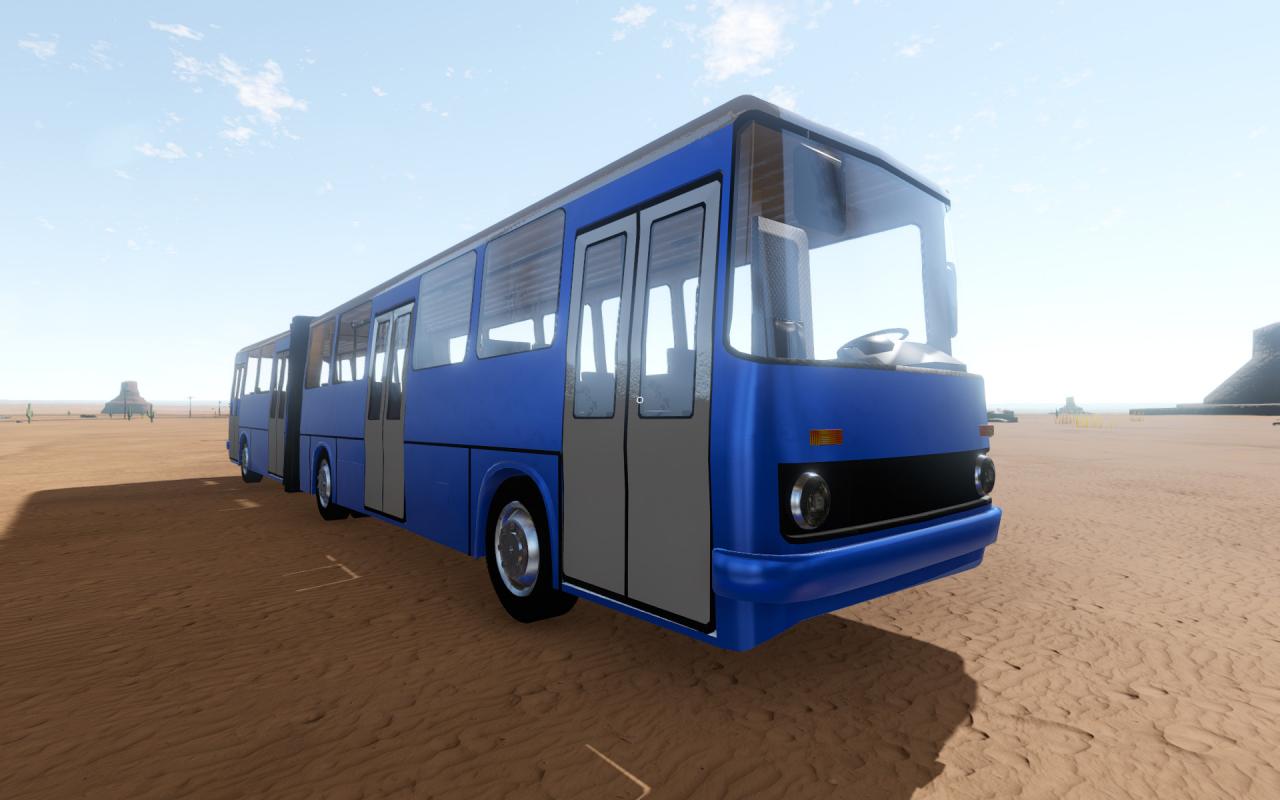
====================================
Yep, you can turn a bus into your very own mobile apocalyptic survival base. The Bus is easily the largest vehicle in the game and comes in two variants – A two axle bus based on the Ikarus 260 or a three axle articulated (bendy) bus based on the Ikarus 280. Both models were produced by Hungarian manufacturer Ikarus with the 260 beginning production in 1971 and the 280 beginning production in 1973. The bus has several unique features, one of which is the double wheels which are on the rear axle on the 260 and the middle axle on the 280. The primary fuel cap is located on the right hand side of the bus near the front:
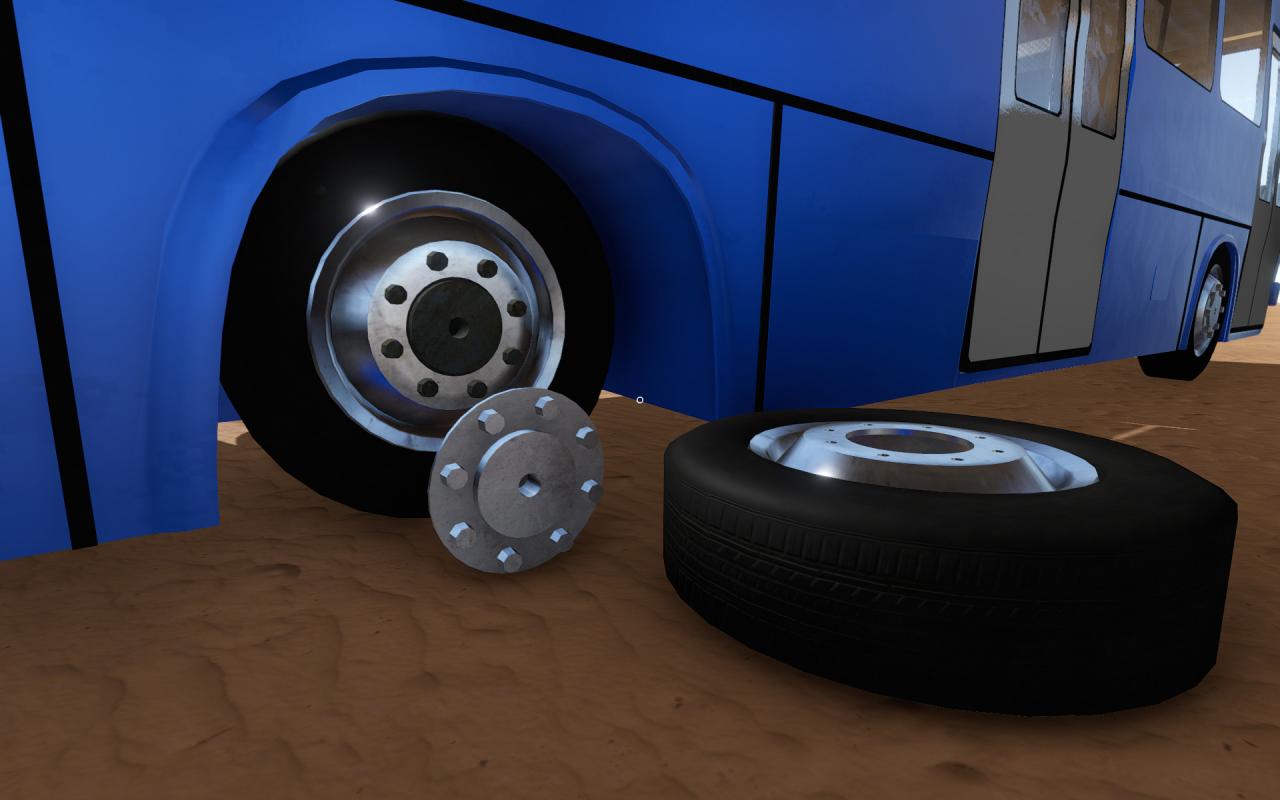
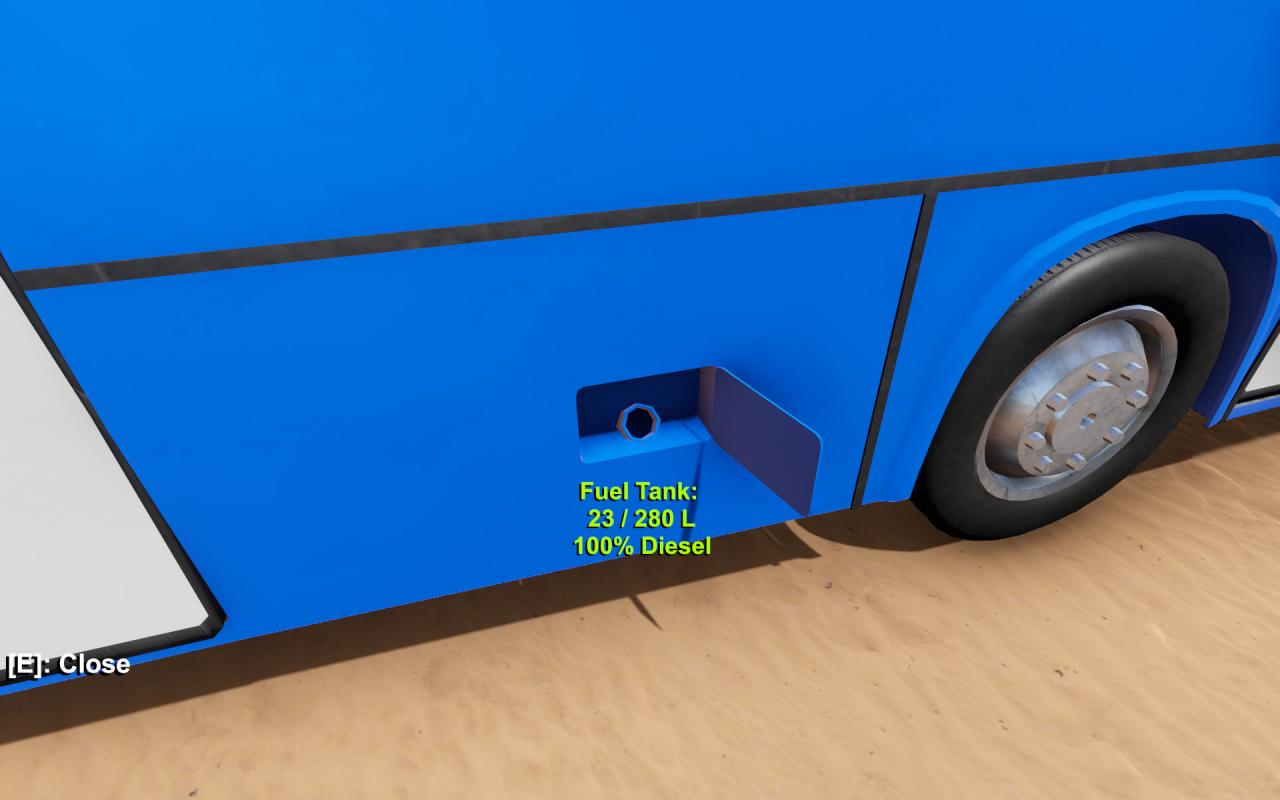
The engine and radiator can be accessed from a large hatch on the left hand side, Alternatively, three removable panels in the bus’ floor will grant direct access to the radiator, oil tank and a second fuel filler allowing you to do most of the maintenance without having to leave the bus:
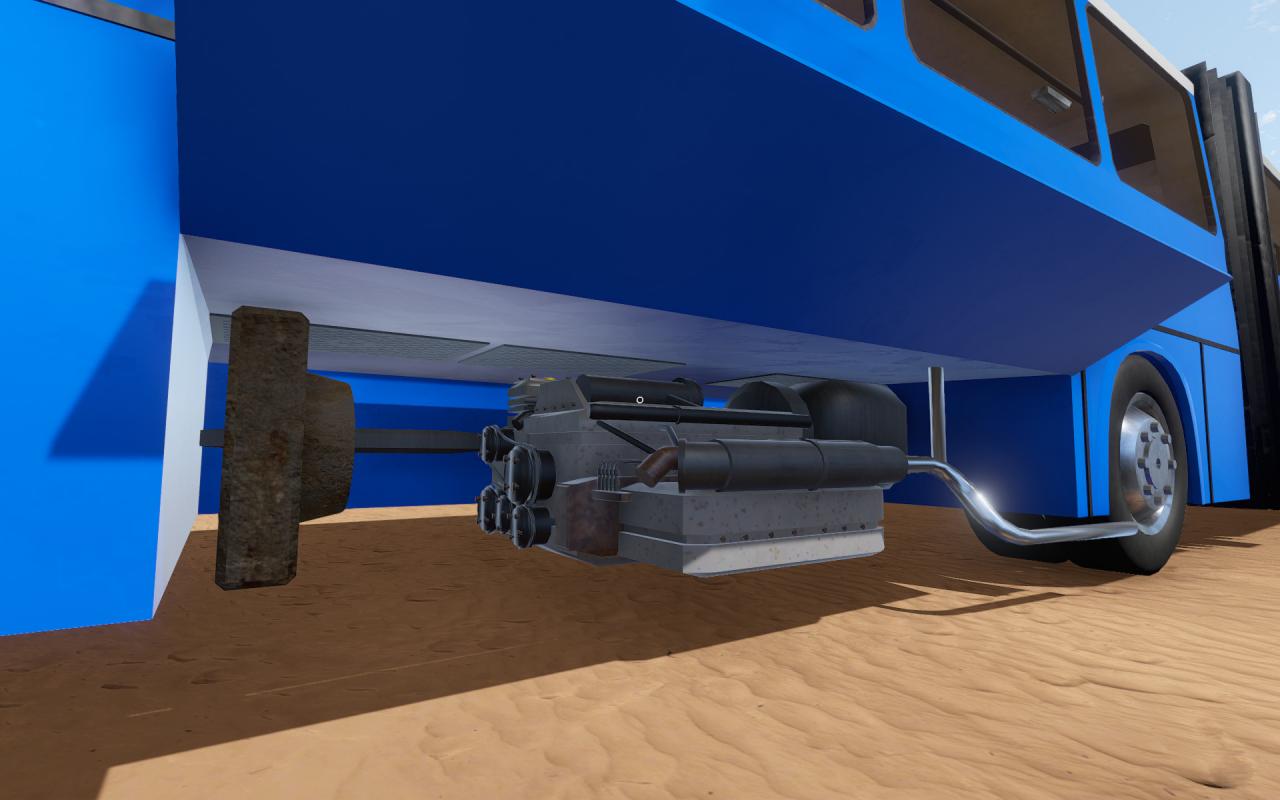
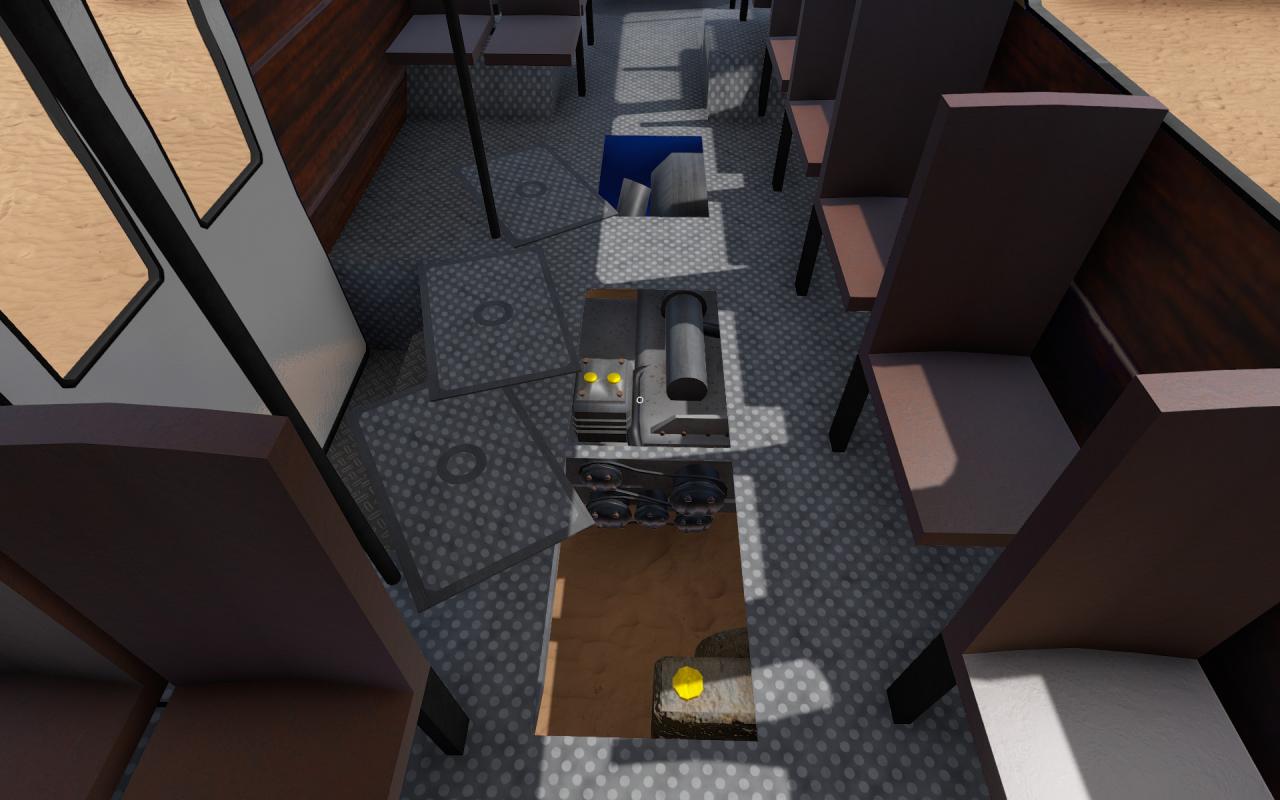
To enter to the bus, look for a button under the front bumper on the right hand side which will open the front doors. Once you’re inside, a panel next to the drivers’ seat will allow you to operate the interior lights and open/close all the doors:
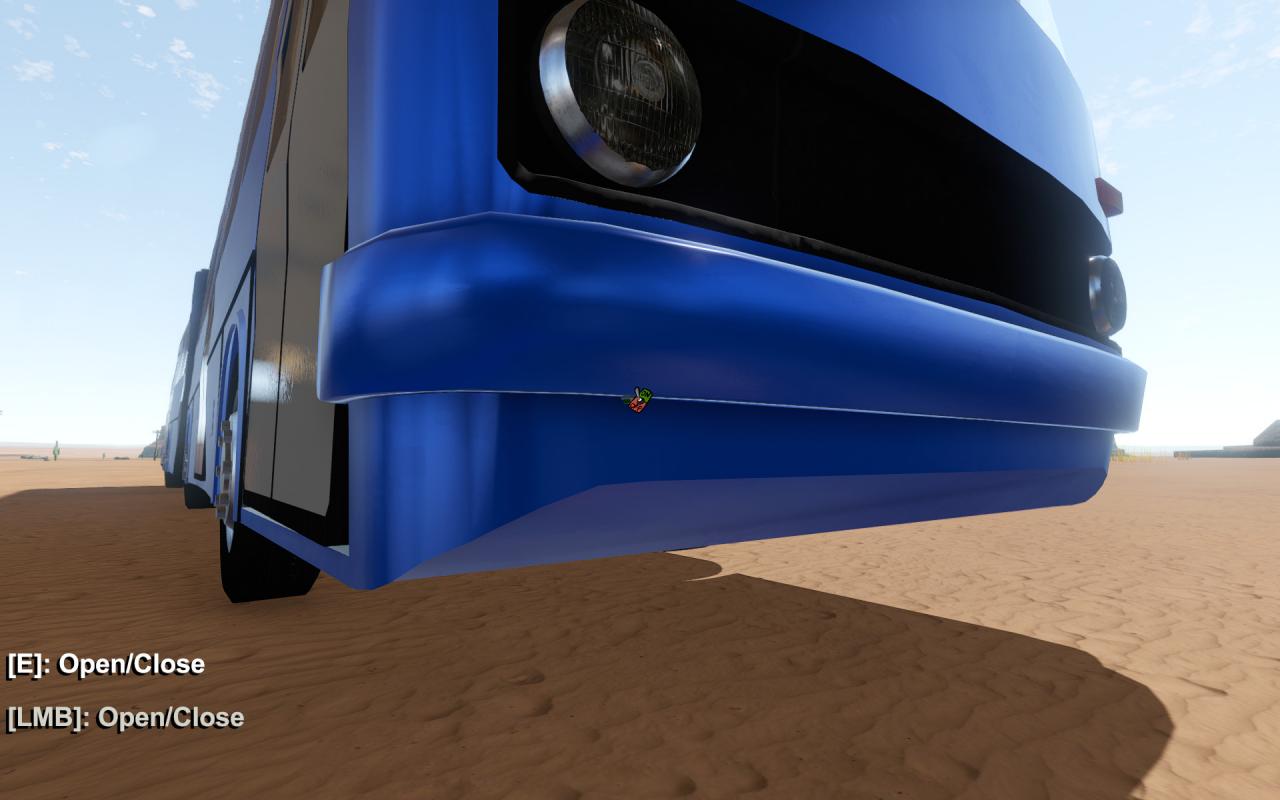
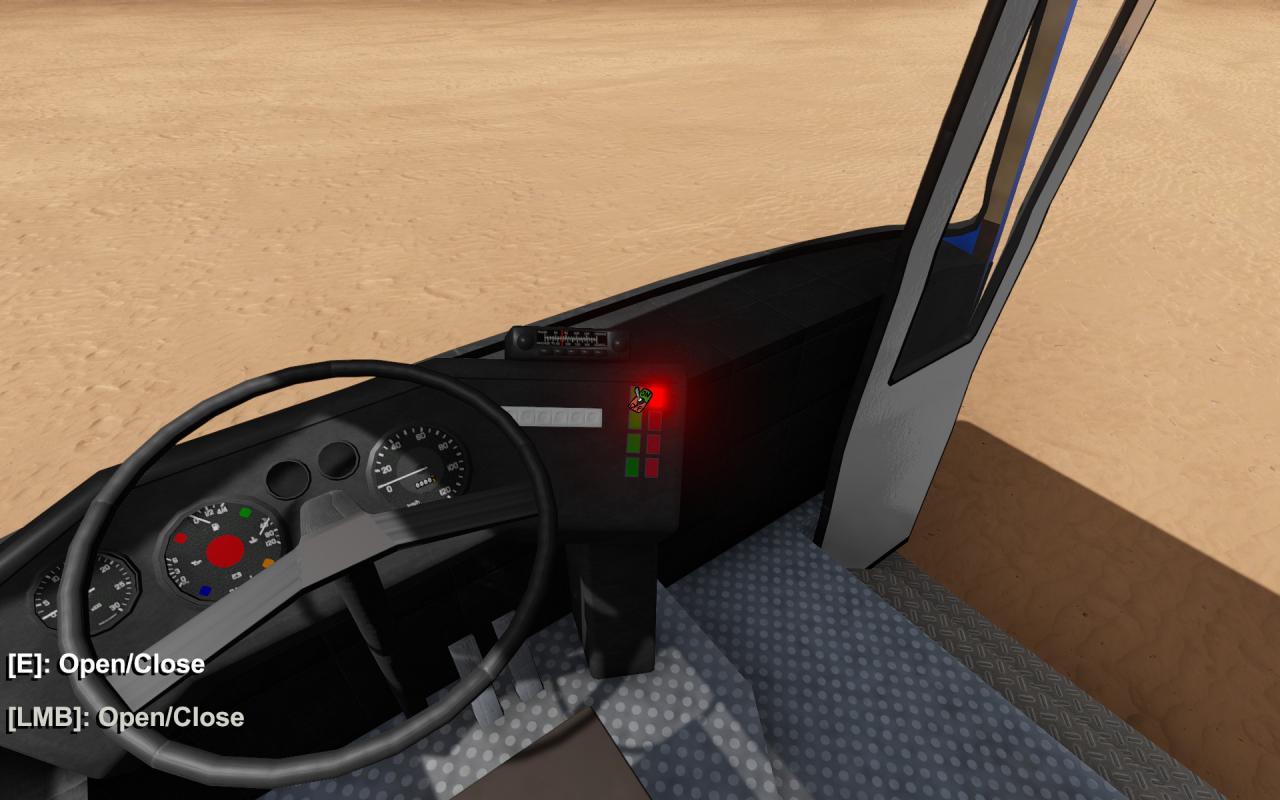
====================================
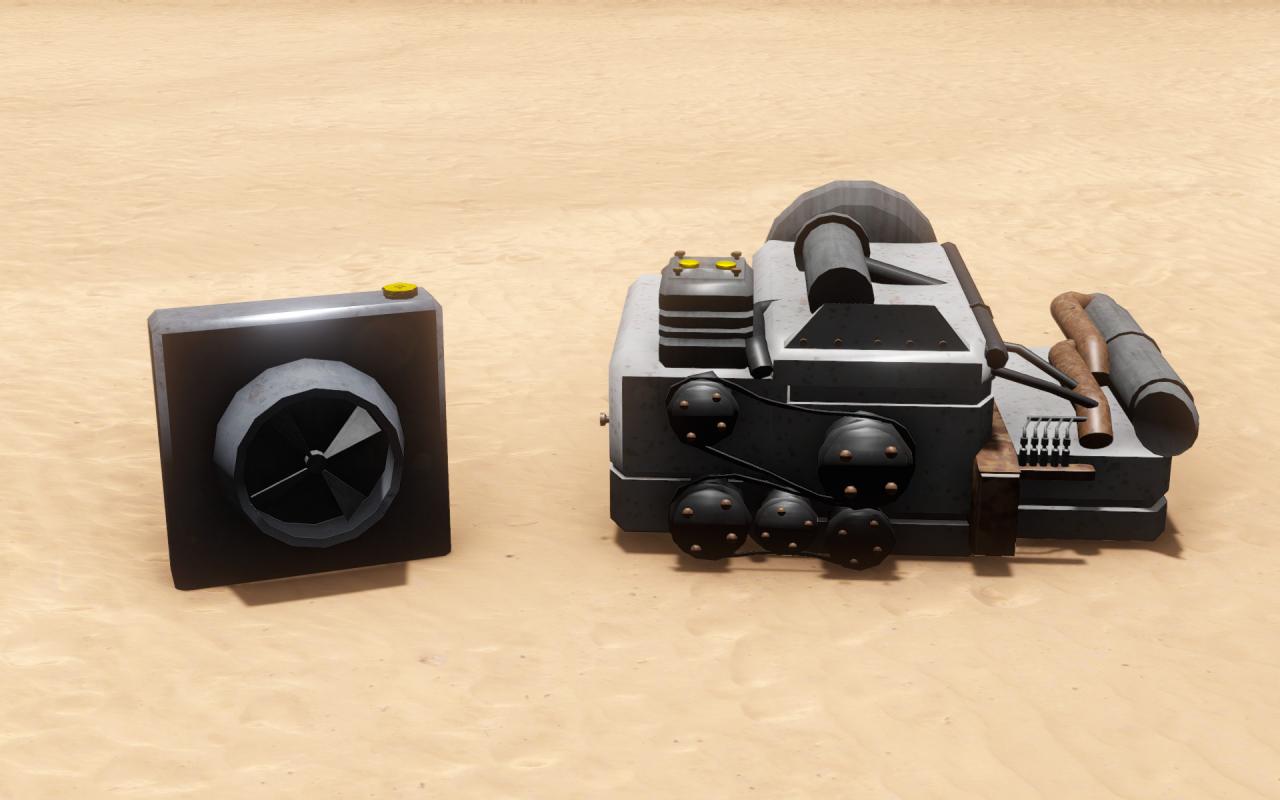
Fuel Type – Diesel
Size – 10.3 Litres
Cylinders – 6
Horsepower – 208
Torque – 697 NM
Oil Capacity – 10 Litres
Cooling System – Water Cooled
Radiator Capacity – 10 Litres
====================================
0 – 100 km/h Time – N/A
Rating – 2/10
While the engine is powerful, the bus is still a very heavy vehicle that is not geared for high speeds. In other words, don’t expect to get anywhere quickly. On flat terrain, the bus can reach about 80 km/h and has very sluggish acceleration (honestly, how did Keanu Reeves and Sandra Bullock keep their bus from exploding?). Climbing up hills will also be a real struggle and can be almost impossible in the 280 thanks to the extra weight.
====================================
Ikarus 260 Rating – 6/10
The 260 handles a lot better than you’d expect a large vehicle to. Even at higher speeds, it’s very stable and not prone to rolling or spinning. None the less, it’s large size does give it a big turning circle and the large overhangs and low ground clearance mean that it can get stuck on certain terrain if you’re not careful.
Ikarus 280 Rating – 4/10
All the problems with the 260 are amplified with the 280. The turning circle is even larger and it’s even more likely to get stuck on the terrain.
====================================
Rating – 10/10
The bus can hold up to 280 litres of fuel.
====================================
Rating – 10/10
There really isn’t anything that can carry as much as the bus. You can stuff plenty of barrels, containers and almost anything else in the interior. There’s also the luggage compartment on the right hand side that can hold a few smaller items. And the roof offers you plenty of room to attach a huge number of baskets.
====================================
Overall Rating – 6/10
I admit, I have a soft spot for the bus and I was tempted to give it a 7/10. But, I wanna be as objective as possible so I think 6/10 is fair. With that said, if you want to carry enough stuff to supply a small army and you’re not concerned about getting to your destination quickly, then the bus isn’t a terrible option. And if you install the engine from the Plymouth Fury, some of the speed problems can be mitigated. If you do decide to go for a bus, my suggestion would be to get the two axle variant and install a Plymouth engine as soon as you find one.
IFA W50
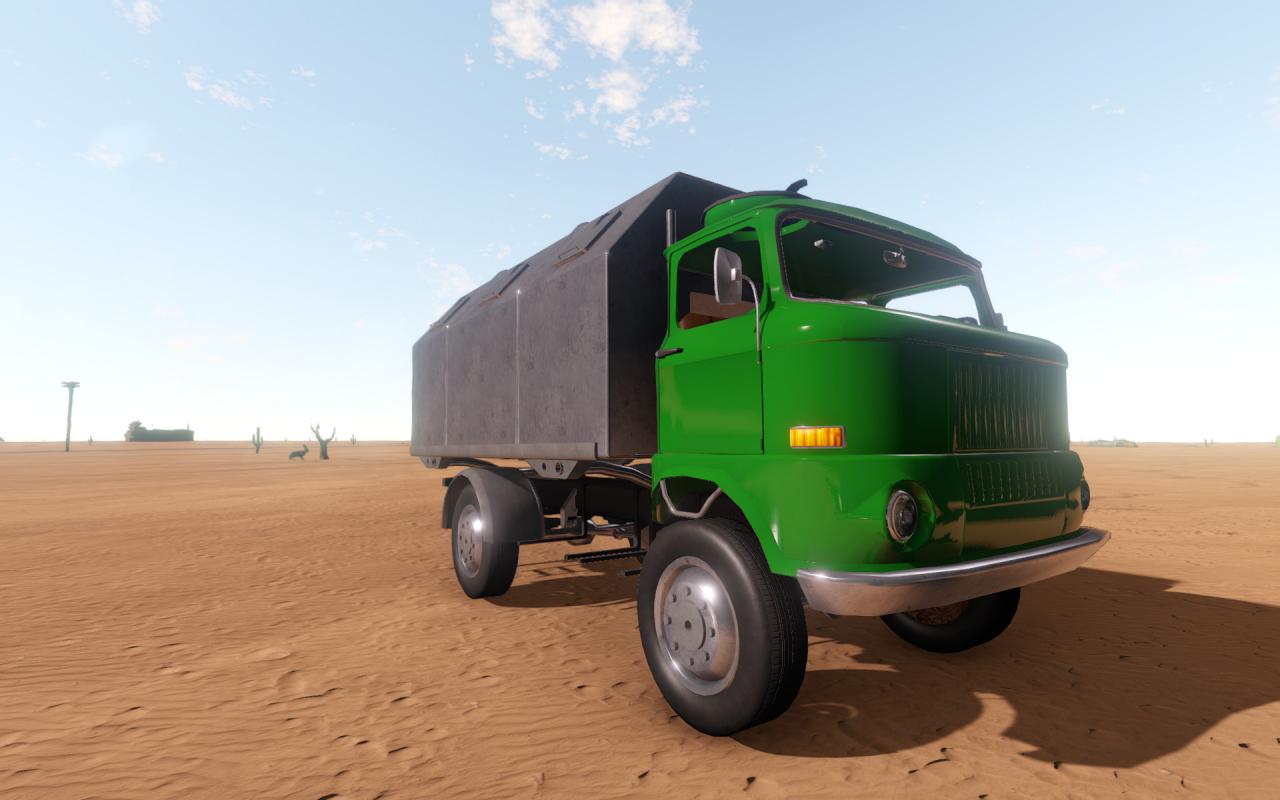
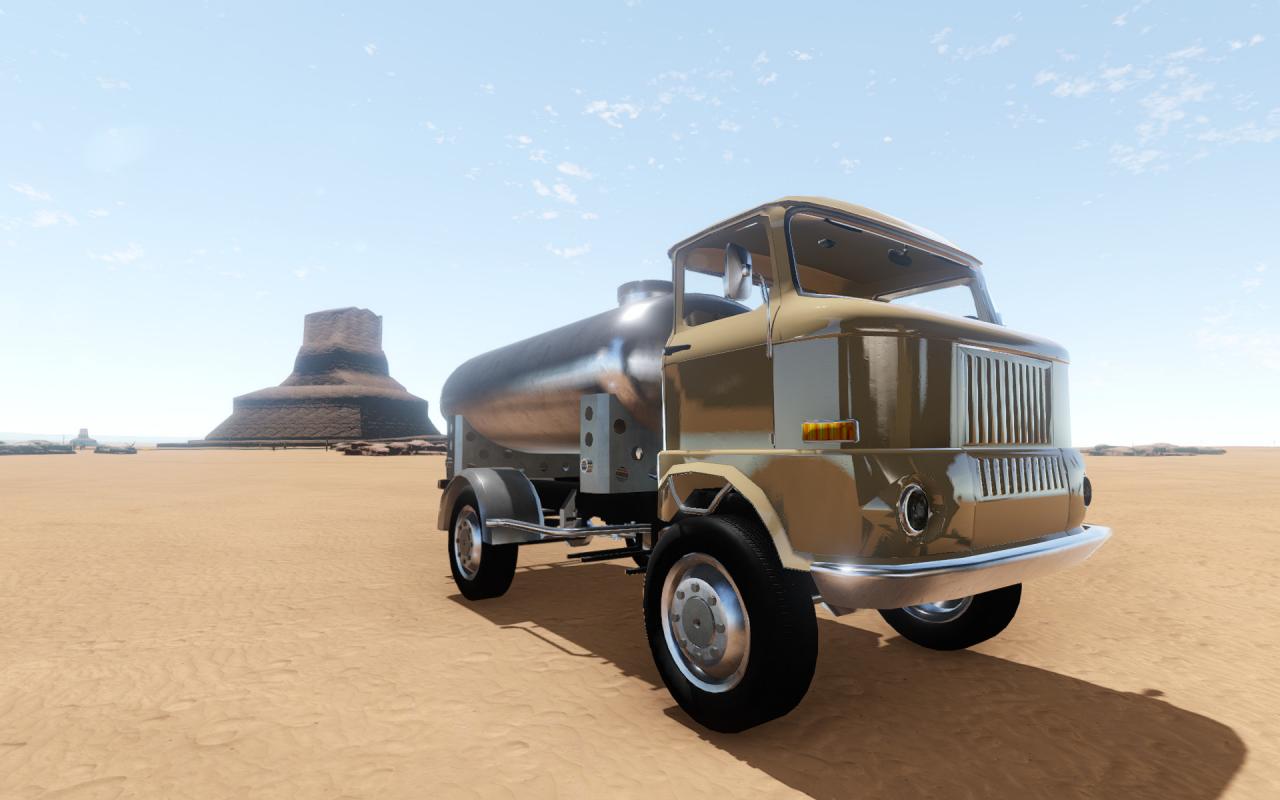
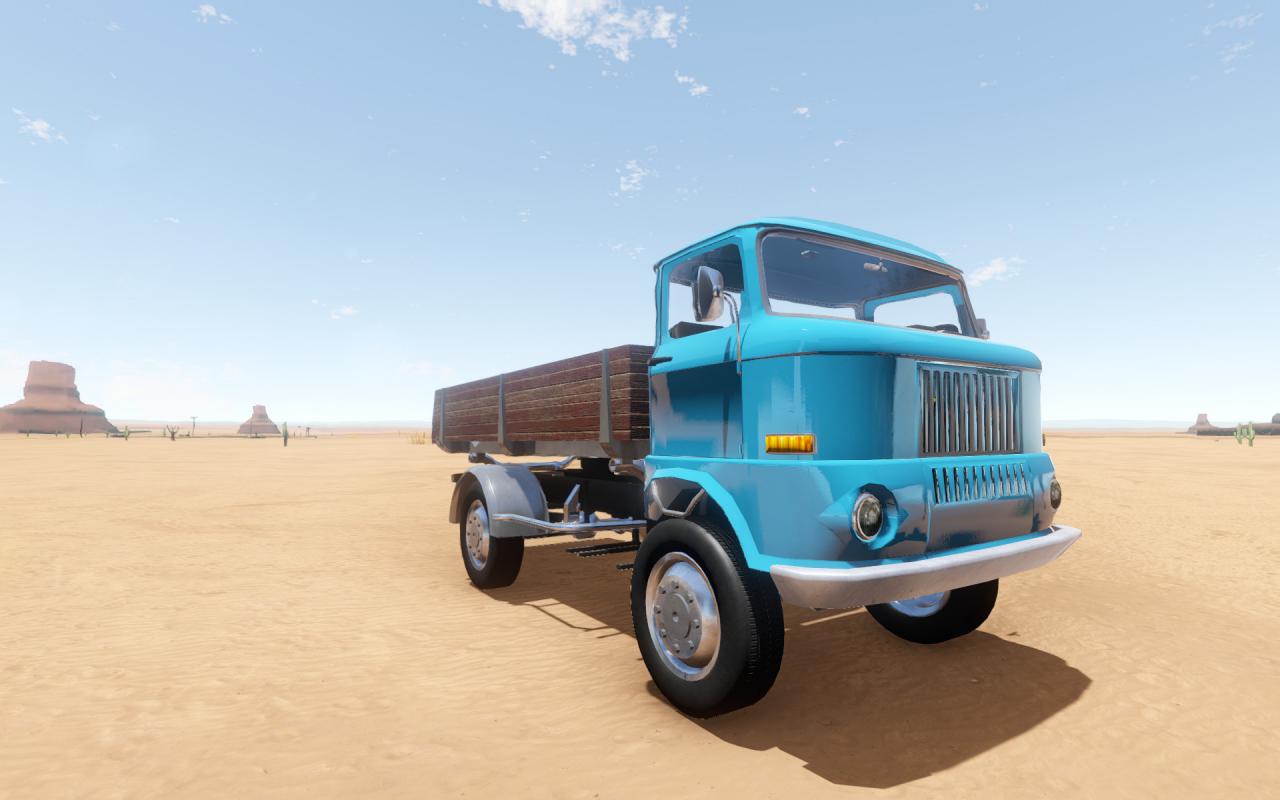
====================================
The rabbits will definitely think twice about messing with you in this. The IFA W50 is a large truck that was produced by East German manufacturer IFA starting in 1965. The truck can be found in three variants – A box truck, a tanker or a flatbed. The fuel cap is located on the left hand side of the truck on top of the fuel tank:
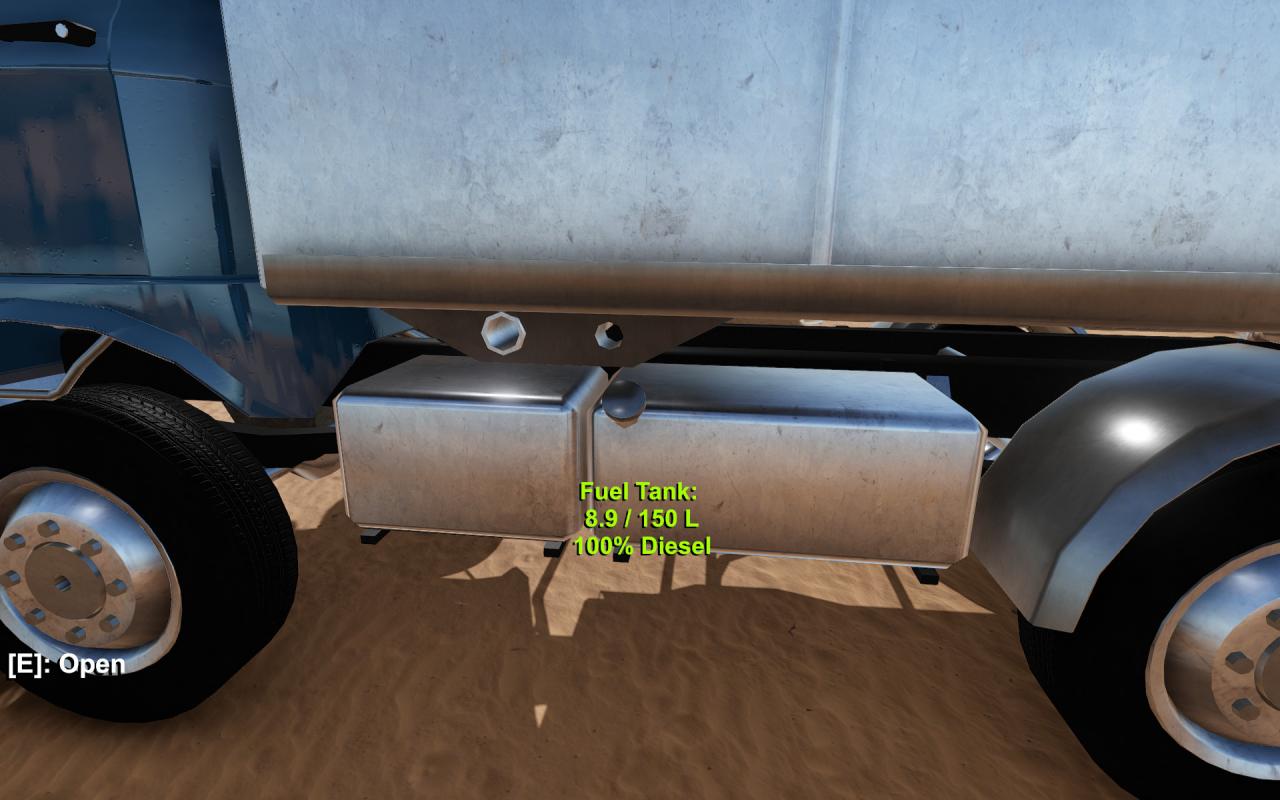
The box truck variant features a tank like hatch above the passenger seat. This can be used as an alternate means of entering and exiting the cab:
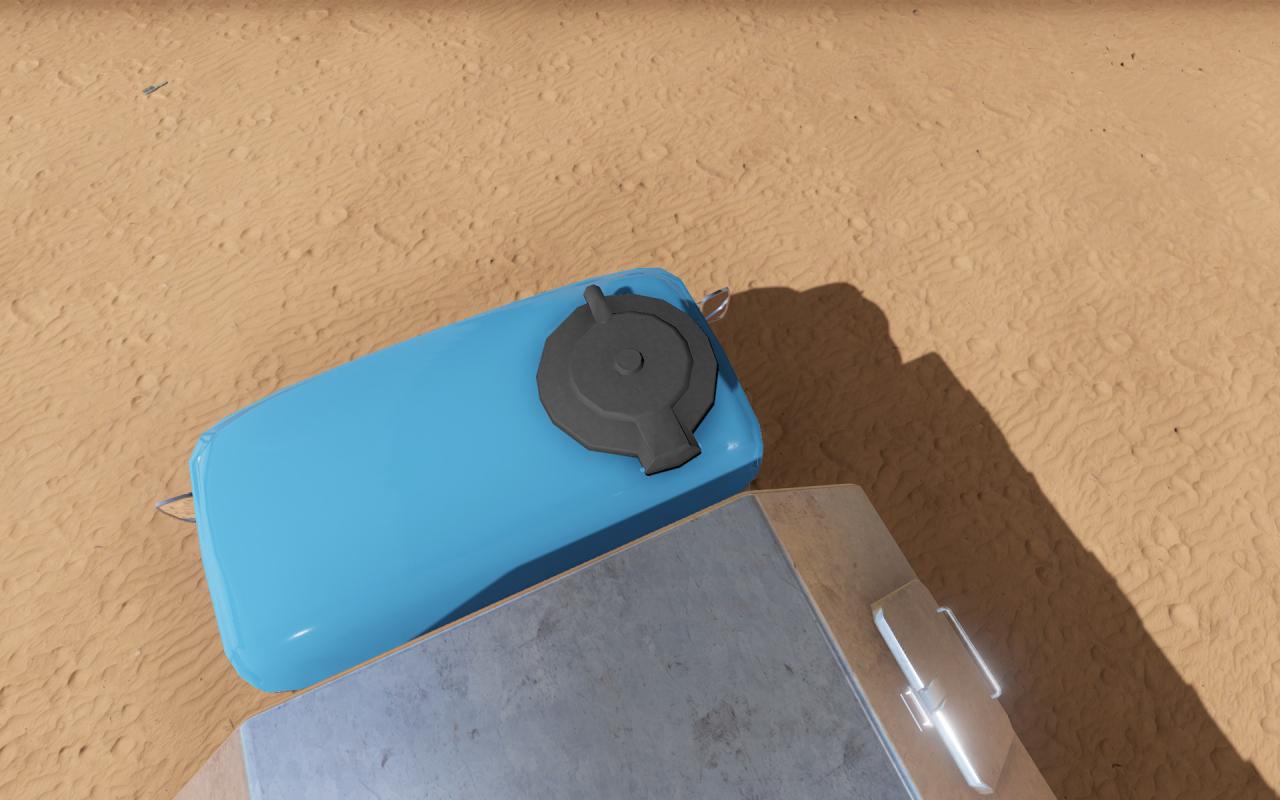
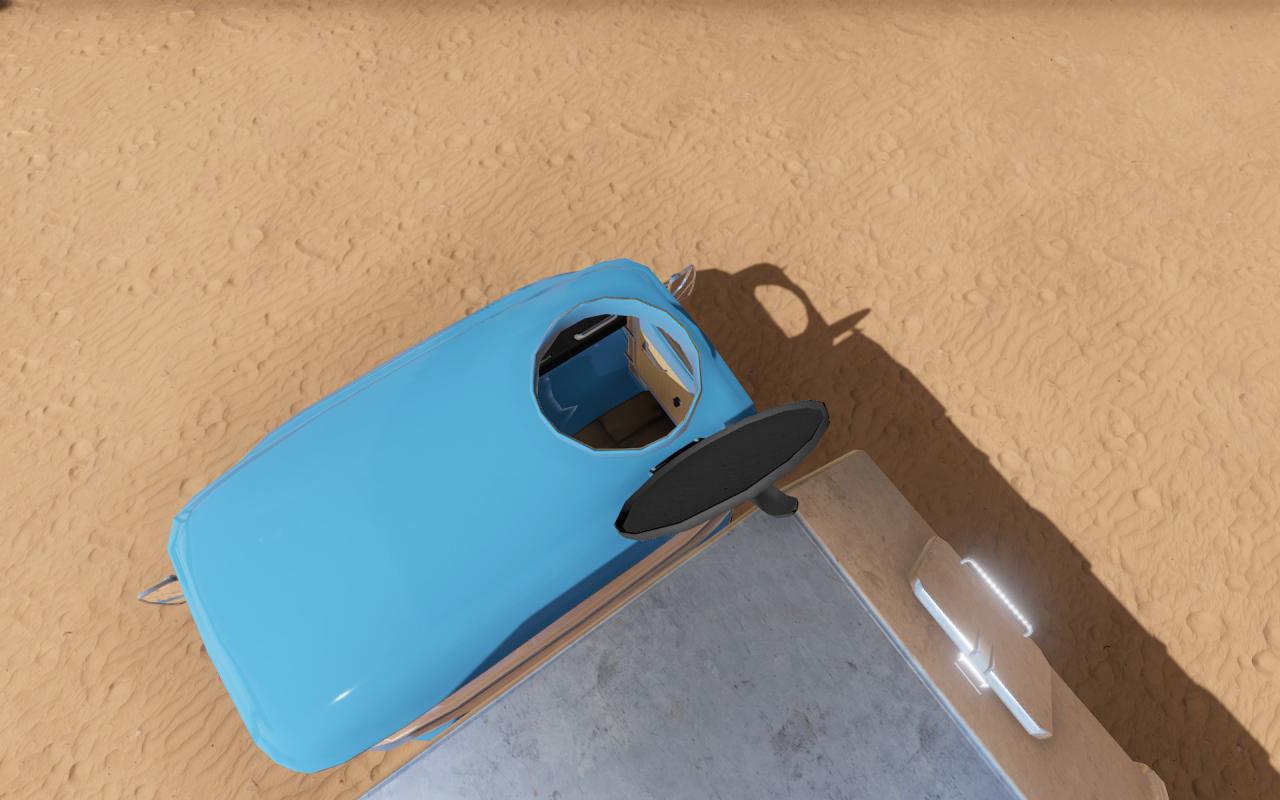
The tanker can hold up to 3000 litres of any liquid and can be filled via a large access hatch on the top. The contents can then be emptied via two taps on the rear and left hand side.

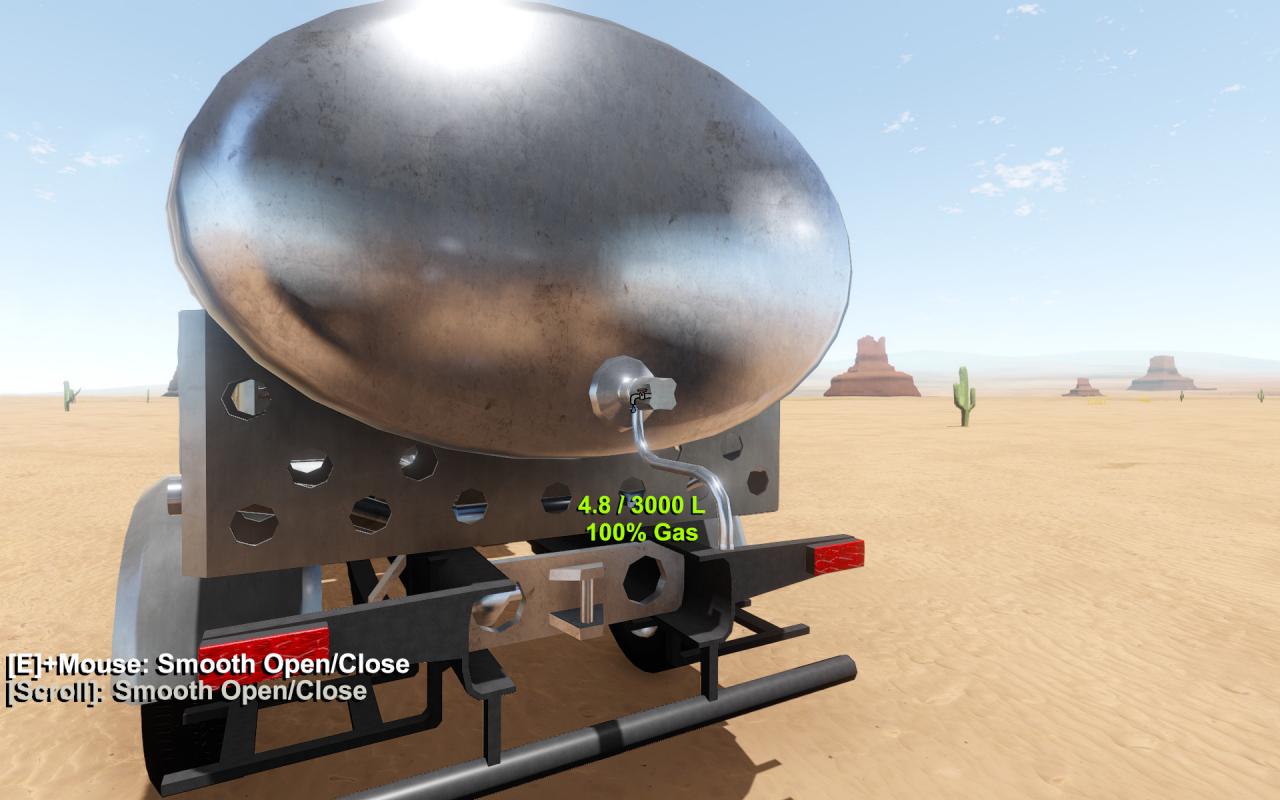
The rear end of the flatbed variant can be raised up using a lever located to the left of the driver’s seat (make sure that you keep the engine running or it won’t work):
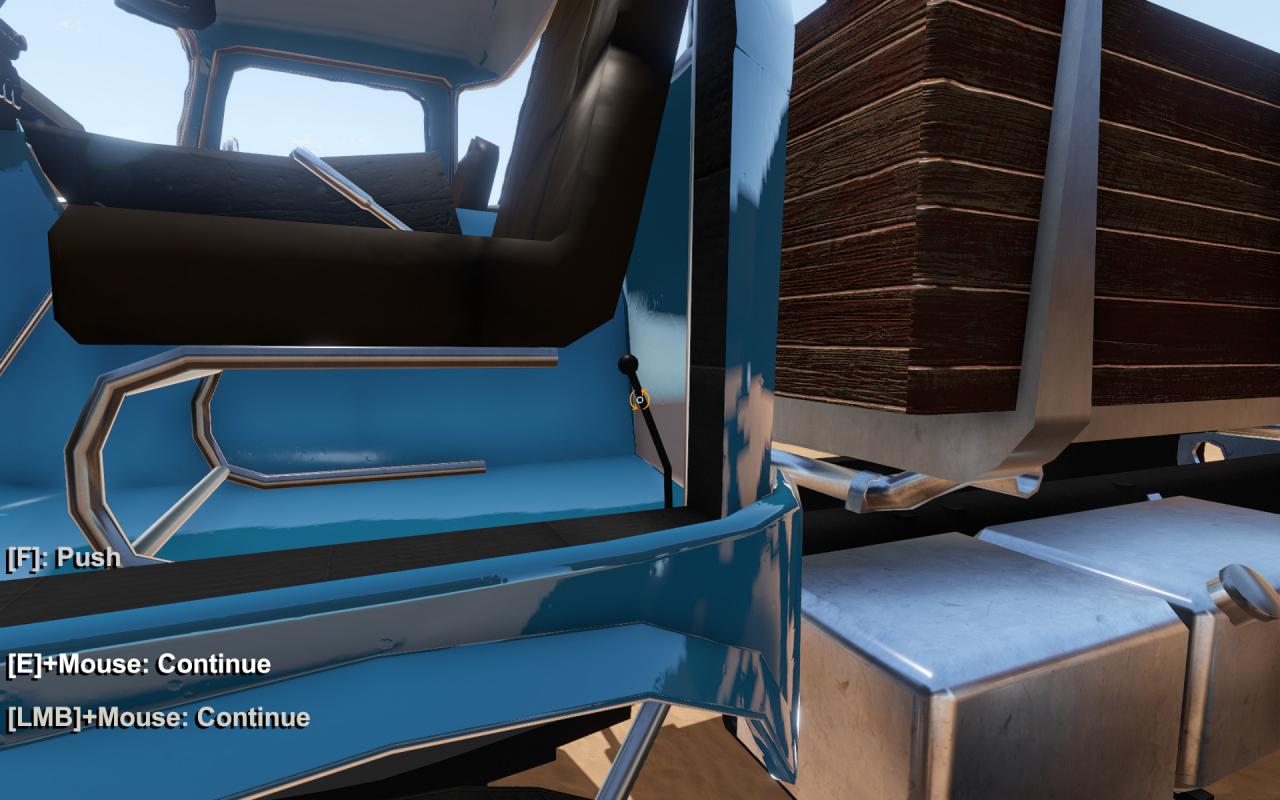
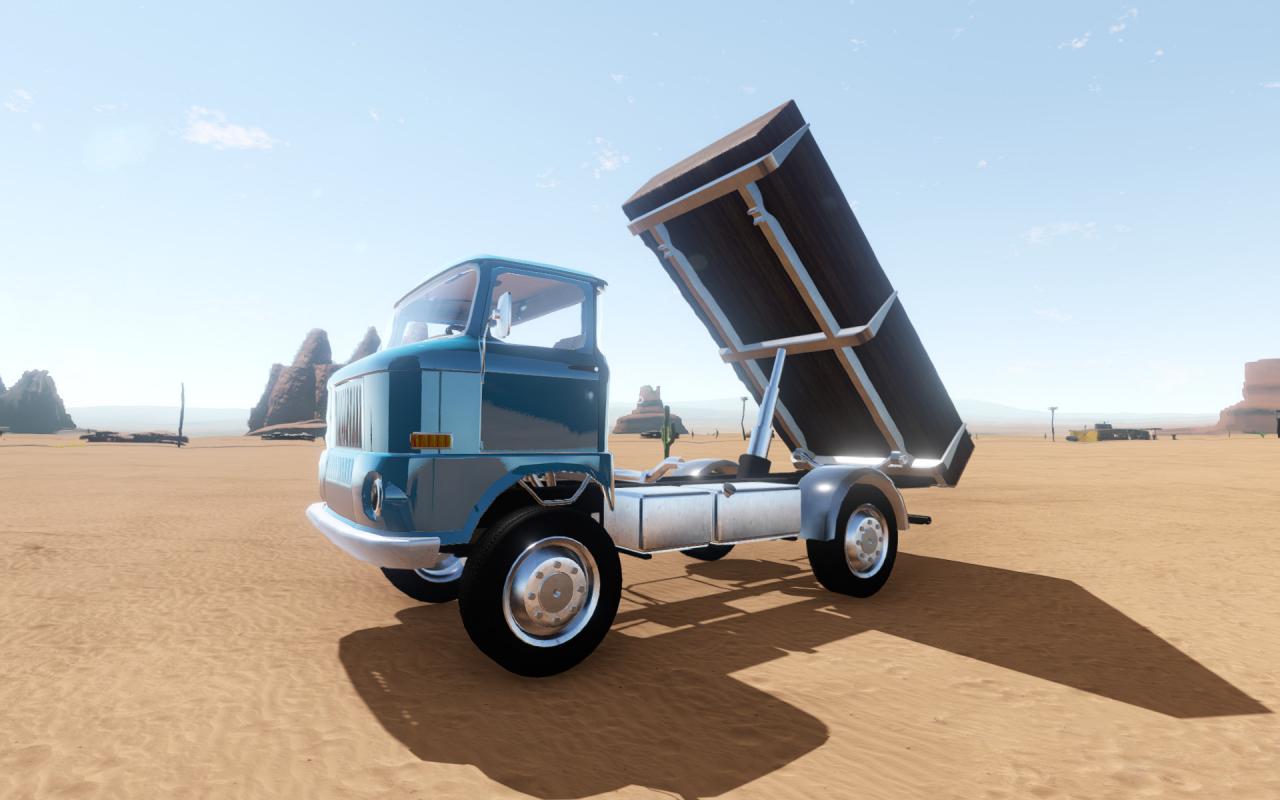
All variants of the IFA have several racks on the sides that can be used for storage. Any items you place here will have their physics disabled and will remain there until you remove them:
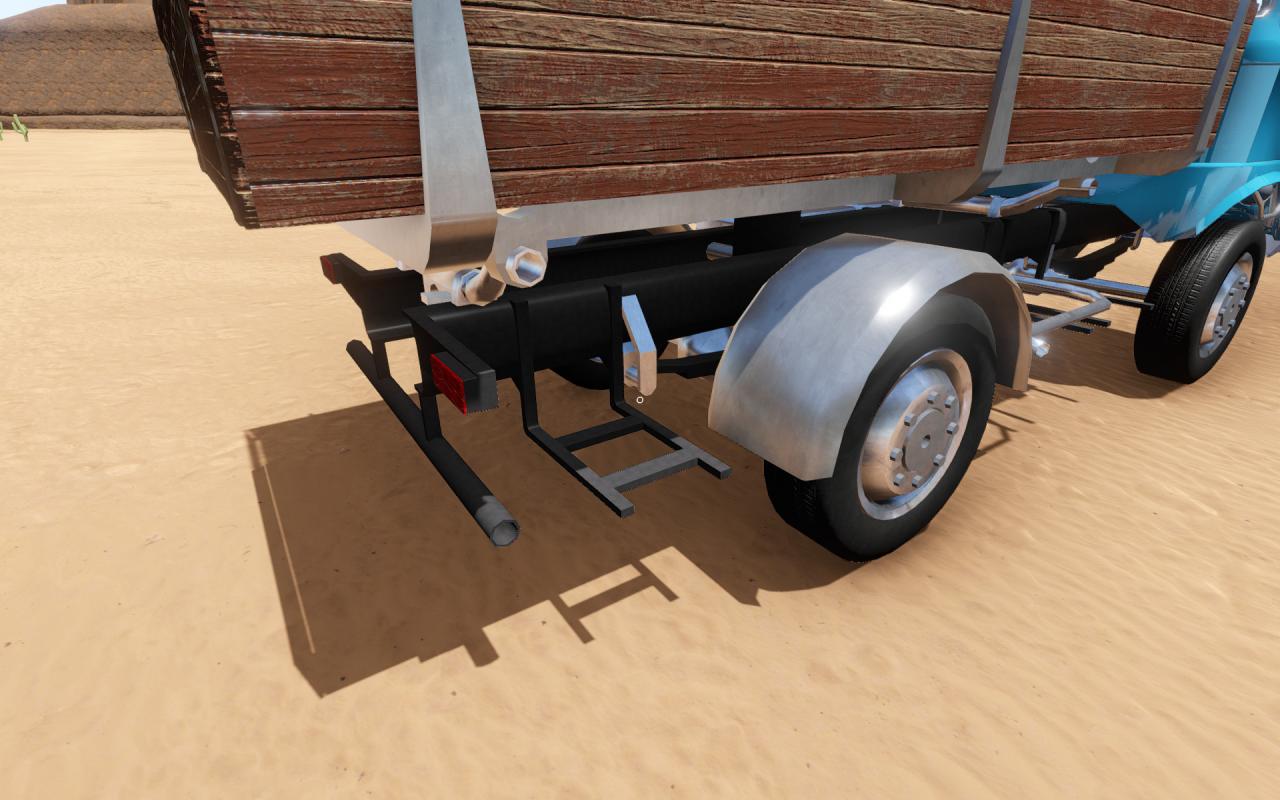

The front grill and bumper can be removed to allow easy access to both the engine and the radiator. Alternatively, the center console in the cab can be raised to allow direct access to the oil tank:
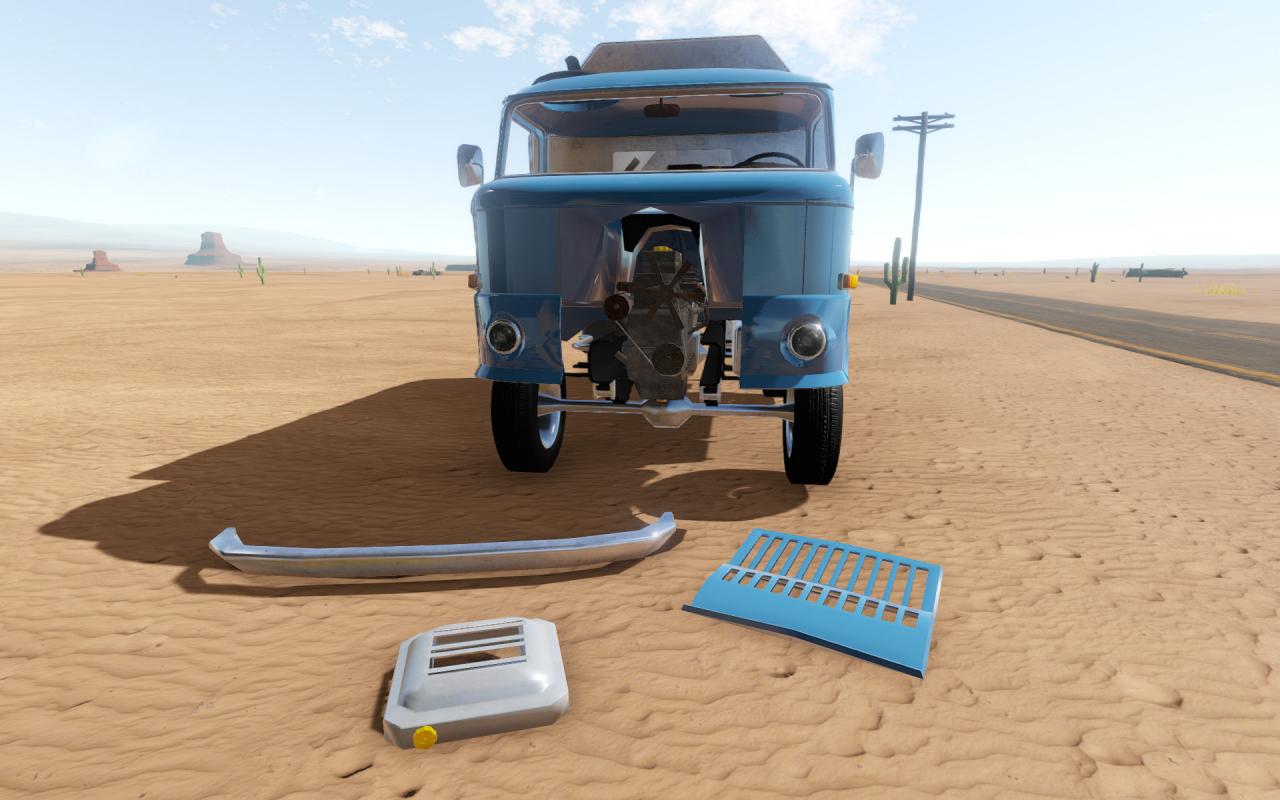
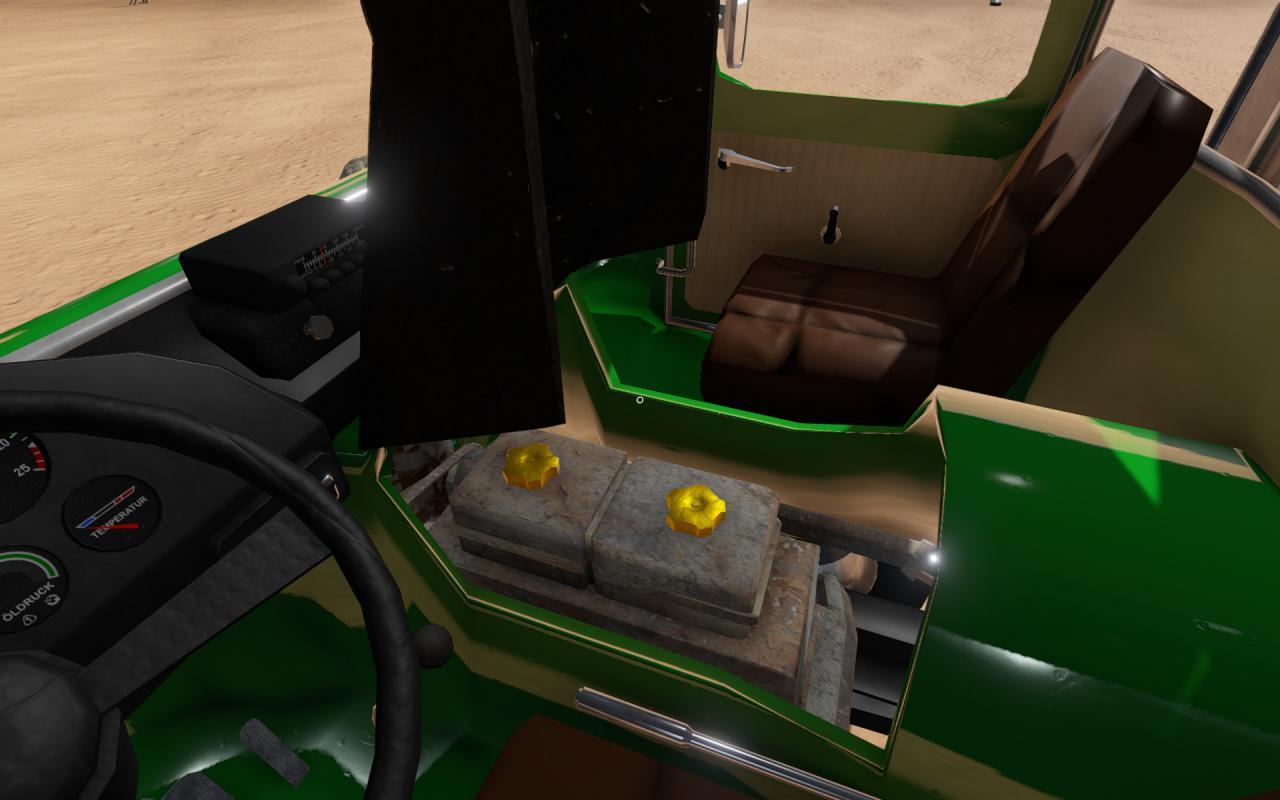
====================================
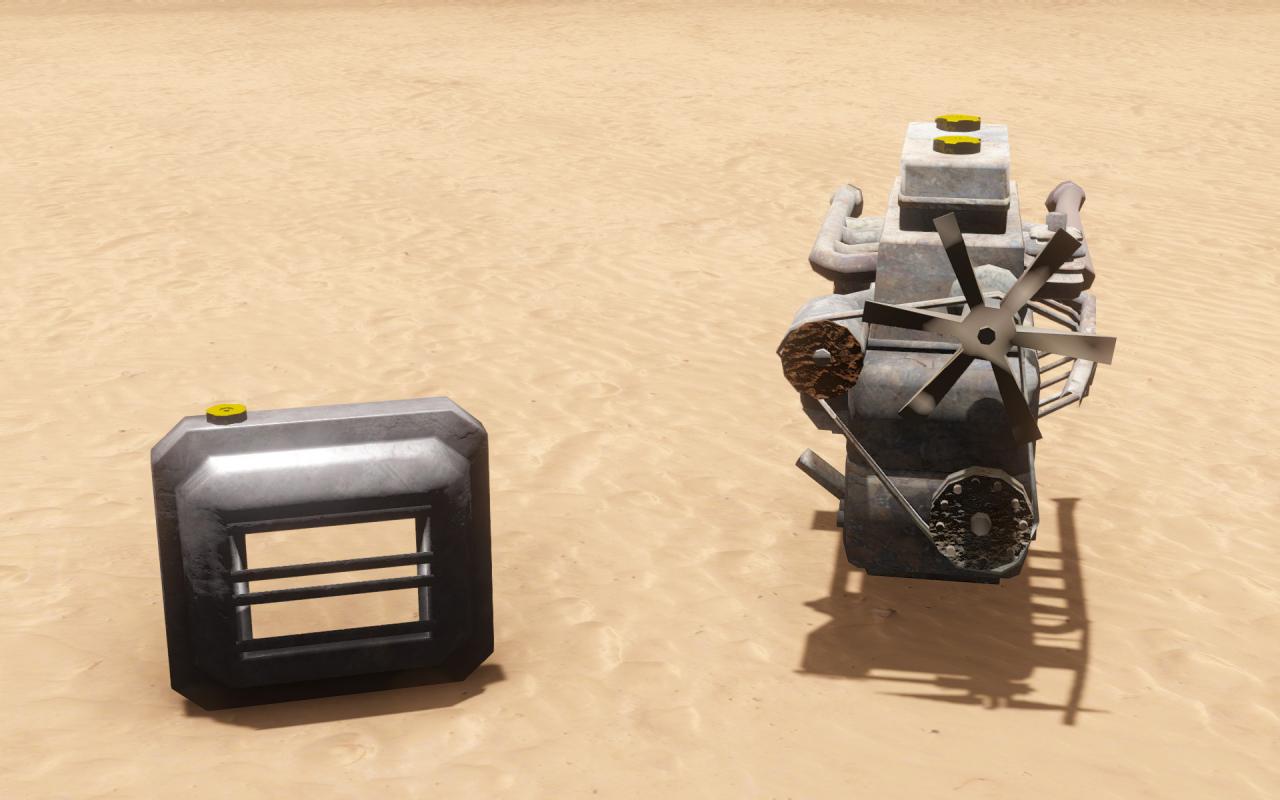
Fuel Type – Diesel
Size – 6.6 Litres
Cylinders – 4
Horsepower – 126
Torque – 430 NM
Oil Capacity – 10 Litres
Cooling System – Water Cooled
Radiator Capacity – 10 Litres
====================================
0 – 100 km/h Time – 34.2 Seconds
Rating – 3/10
While the speed isn’t very impressive compared to most cars, it’s not bad for a big truck. On flat terrain, it can top out the speedometer which reads up 115 km/h though it will need some space to reach it with the sluggish acceleration. It will have some trouble on steeper hills but I’ve never encountered a situation where it got completely stuck thanks to the four wheel drive.
====================================
Rating – 5/10
While the IFA has responsive steering and is overall pretty easy to drive, the suspension is very soft which combined with the high center of mass can lead to some spinouts and rollovers. The brakes are shockingly bad as well and can take a very long distance to bring the truck to a stop. This can even render the IFA almost uncontrollable on steep downhill sections if you don’t keep the speed in check.
====================================
Rating – 9/10
The IFA can hold up to 150 litres of fuel.
====================================
Rating – 6/10
The tanker doesn’t really offer much more storage than most cars do so i was tempted to say 5/10. But considering it can hold such a massive amount of fuel (which can be dispensed directly into the fuel tank) I decided to bump it up to 6.
====================================
Rating – 8/10
All things considered, the flatbed variant offers a large amount of storage space though you really do need to ensure your items are secured in baskets in case of a rollover.
====================================
Rating – 9/10
The box truck doesn’t really offer much more storage space than the flatbed but I’m giving it a higher rating simply because you don’t need to be as worried about losing your items since the back is completely enclosed.
====================================
Overall Rating – 7/10
Many people consider the IFA the best vehicle in the game and it’s pretty easy to see why. It gives you more than enough storage space with good speed (plus trucks are just cool). My only real problem is that you really do have to be careful not to lose control of it or you can get in some really nasty crashes. If you do decide to go for an IFA, my suggestion would be to get the tanker variant with your choice of either a box or flatbed trailer. Also, swap in a bus engine or the Plymouth Fury engine for a nice performance upgrade (if you can handle it).
Ebatta (Moped)
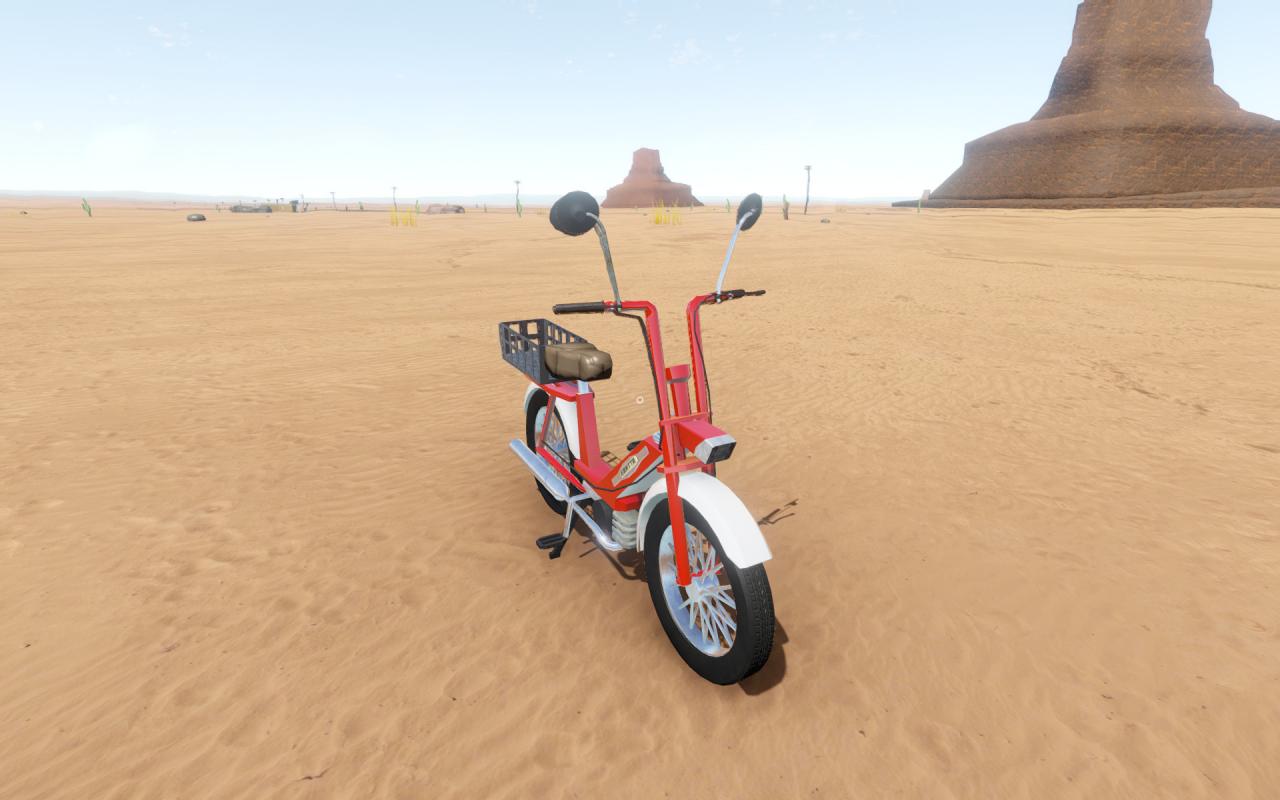
====================================
Because real men ride scooters, right? The Ebatta is the only bike that appears in the game. It is based on the Babetta (also known as the Jawa) which was produced in Czechoslovakia starting in 1970. It has a removable basket on the back which will disable the physics of any items that are placed in it so they won’t move until you remove them. Like the Trabant, the Ebatta has a two stroke engine so you will need to mix the oil in with the fuel. Once again, the ideal mix is 97% gas to 3% oil. The engine is also air cooled so there is no radiator. The fuel cap is located directly underneath the speedometer:
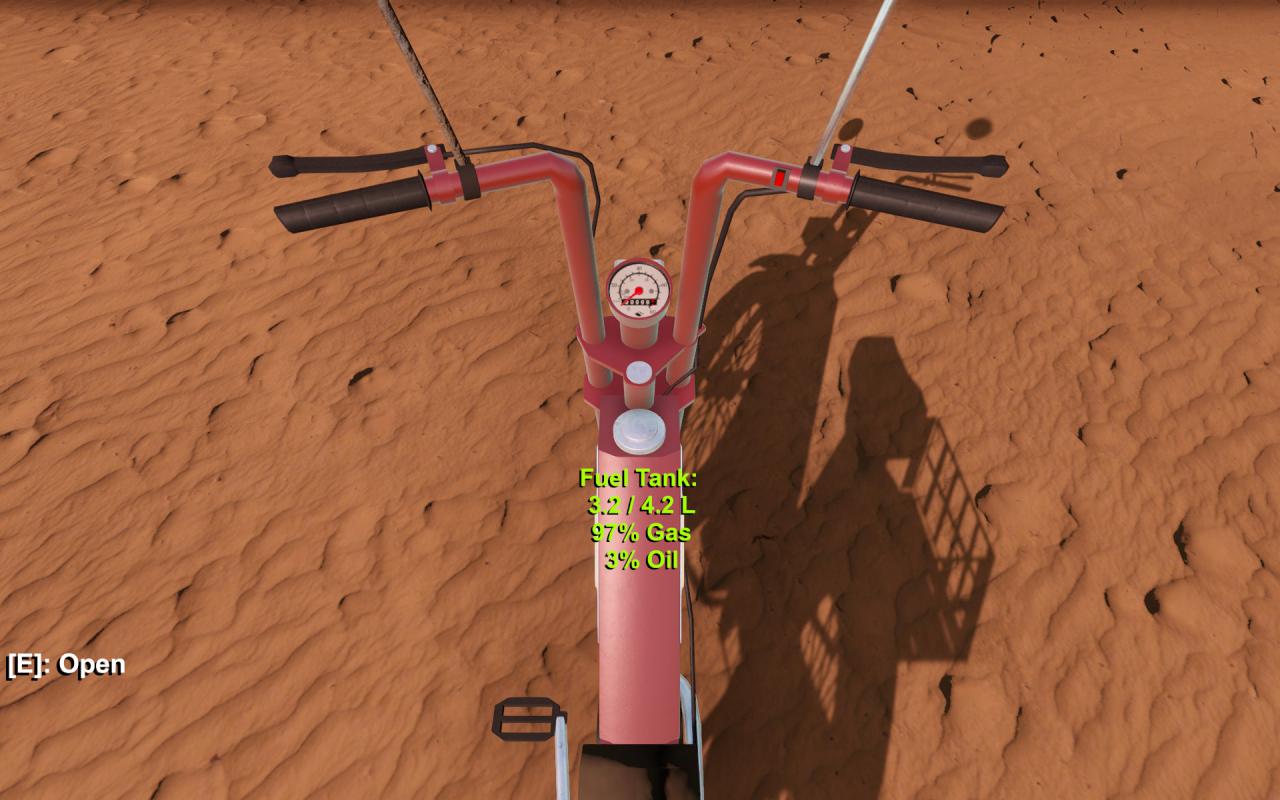
There is a unique method needed to start the Ebatta’s engine:
- Start by pressing the handbrake (spacebar) to raise the kickstand
- Next start pedaling by holding down the accelerator key (W)
- Once you’ve built up some speed, press the ignition key (I) to engage the starter. The engine should then fire up
====================================
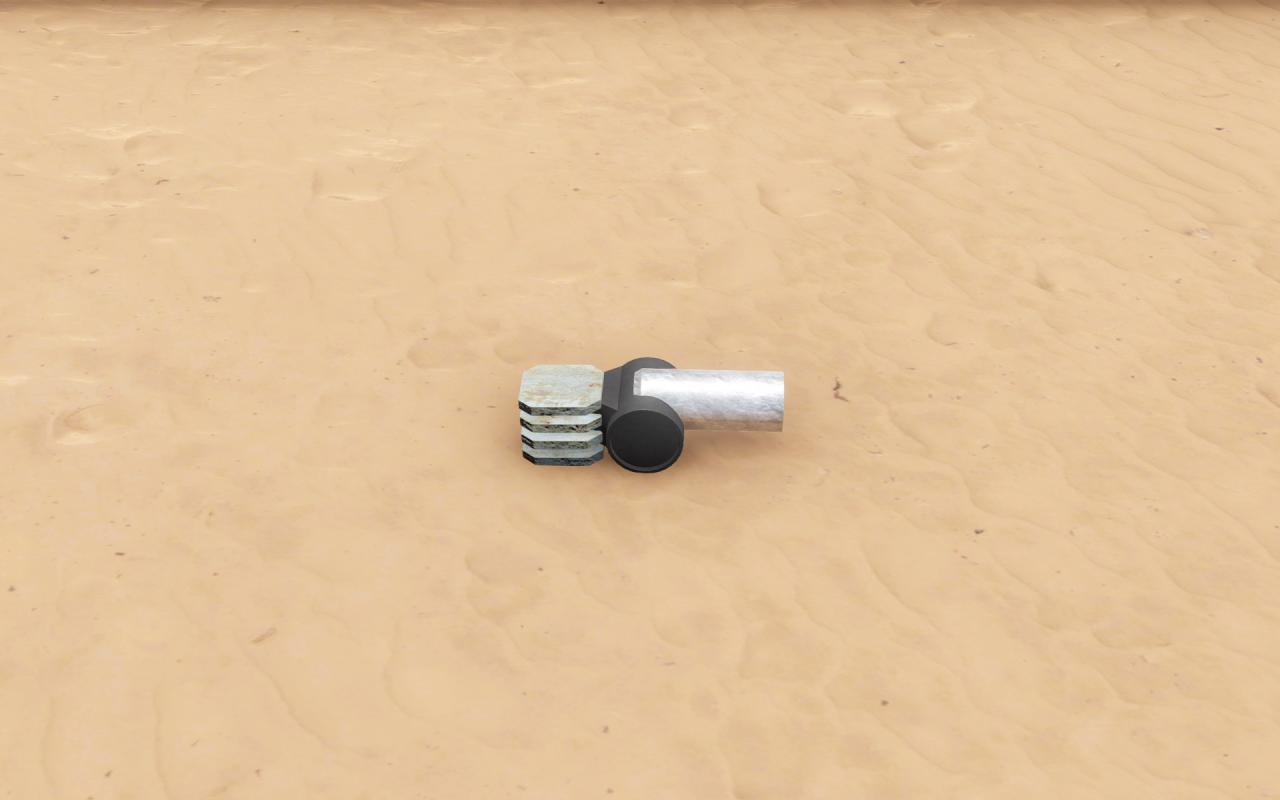
Fuel Type – Gas/Oil mix
Size – 0.05 Litres
Cylinders – 1
Horsepower – 2.7
Torque – 3.88 NM
Oil Capacity – N/A
Cooling System – Air Cooled
Radiator Capacity – N/A
====================================
0 – 100 km/h Time – N/A
Rating – 1/10
With it’s puny 2.7 horsepower engine, the Ebatta can only reach about 55 km/h on flat terrain though it does get there reasonably fast. If you run out of fuel, then the bike can still be manually pedaled though this will reduce the top speed down to about 20 km/h. Forget about trying to tackle hills on this thing.
====================================
Rating – 4/10
The bike’s only strong point is that it’s not horrible to drive. Steering is a bit snappy but since it’s slow, you’ll almost always have plenty of time to recover from mistakes before hitting anything.
====================================
Rating 1/10
The Ebatta can hold up to 4.2 litres of fuel.
====================================
Rating – 1/10
Well, you can fit a few things in the basket and that’s about it. Hopefully you don’t mind traveling light.
====================================
Overall Rating – 2/10
I mean what more can I say here? The only nice thing I can say about the Ebatta is that it beats walking and not much else. Yes I know some people like to carry the Ebatta around as a last resort backup or scouting vehicle but that’s not what I’m judging here.
Trailers
If you feel you need some more storage space, then there are a few trailers that you can come across to tow behind your vehicle. All trailers have an additional hitch on the back so you can attach several of them together to create a roadtrain.
====================================
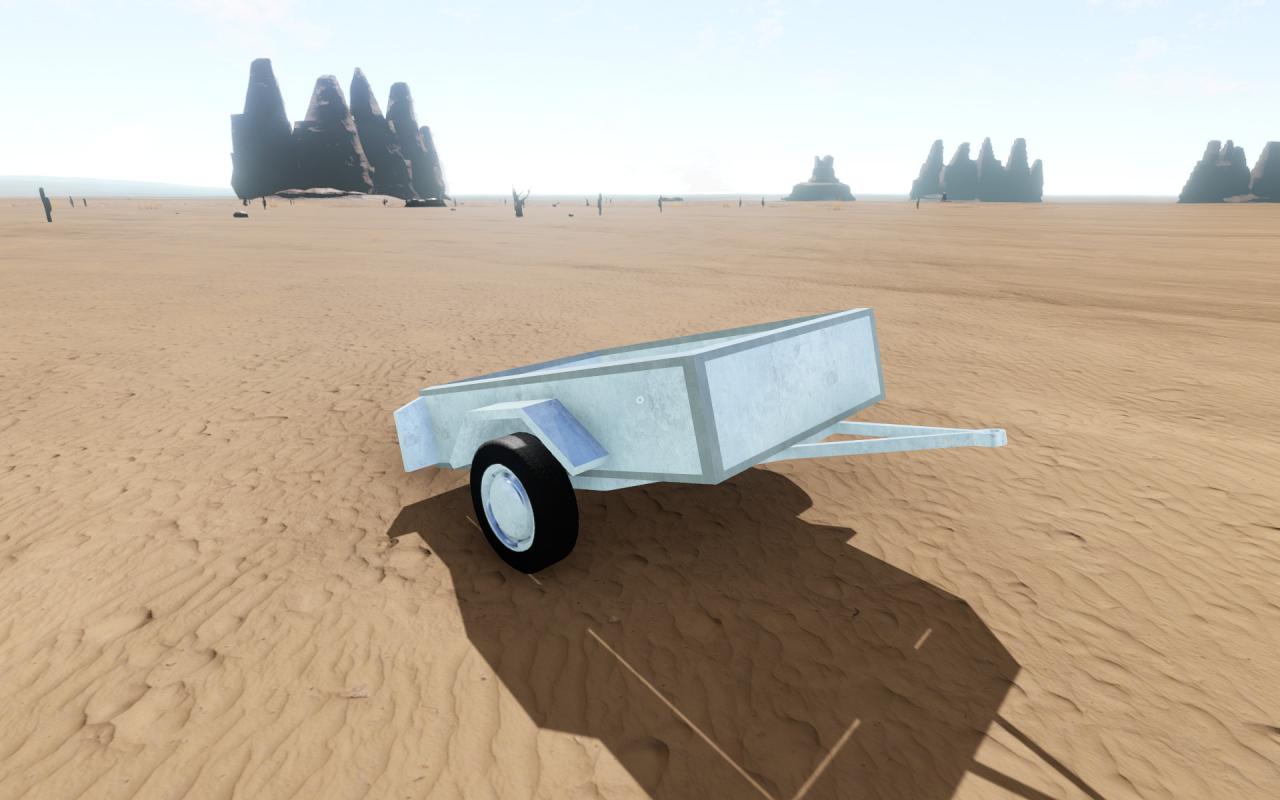
As the name suggests, it’s a small trailer that can be towed behind most vehicles. The trailer will reduce a car’s speed and can change the handling characteristics by making it more prone to fishtailing. When loading the trailer, try to keep the load spread evenly and store all items in attached baskets so you don’t risk losing them in the event of a crash.
====================================
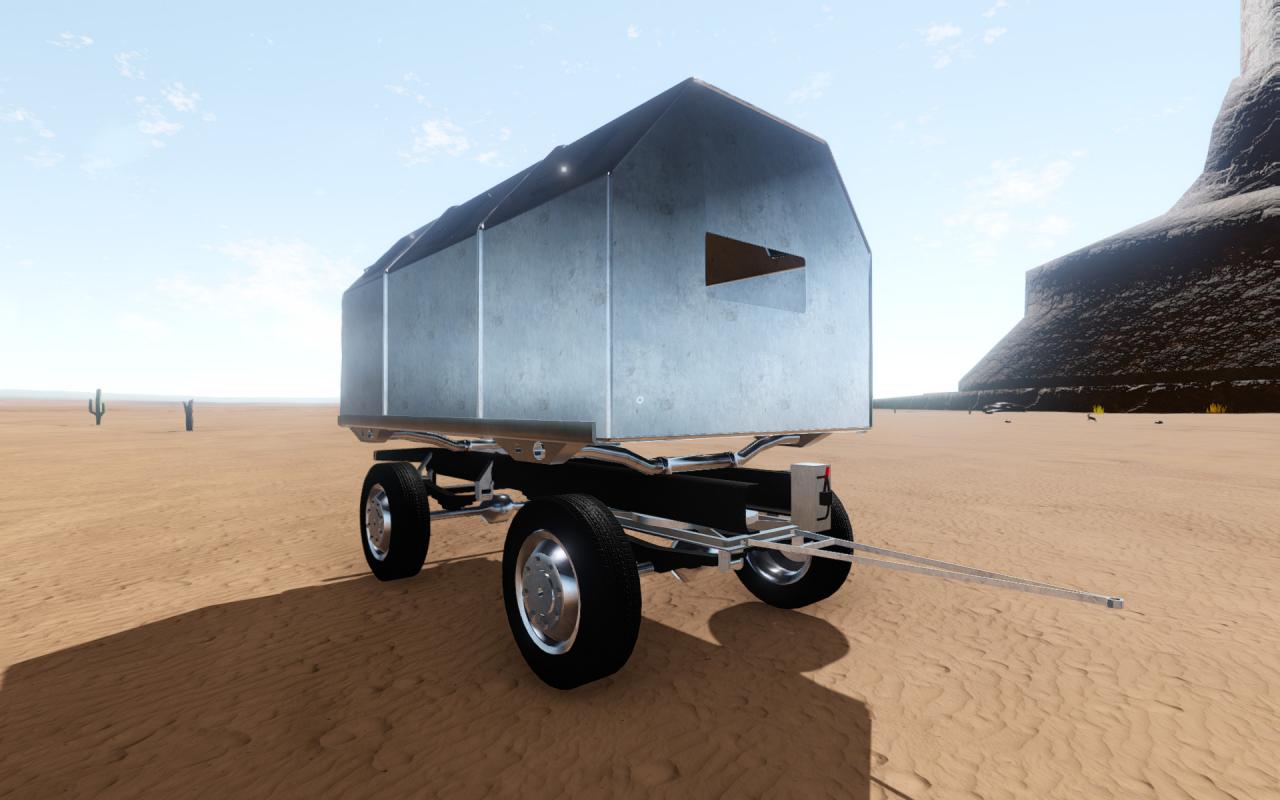
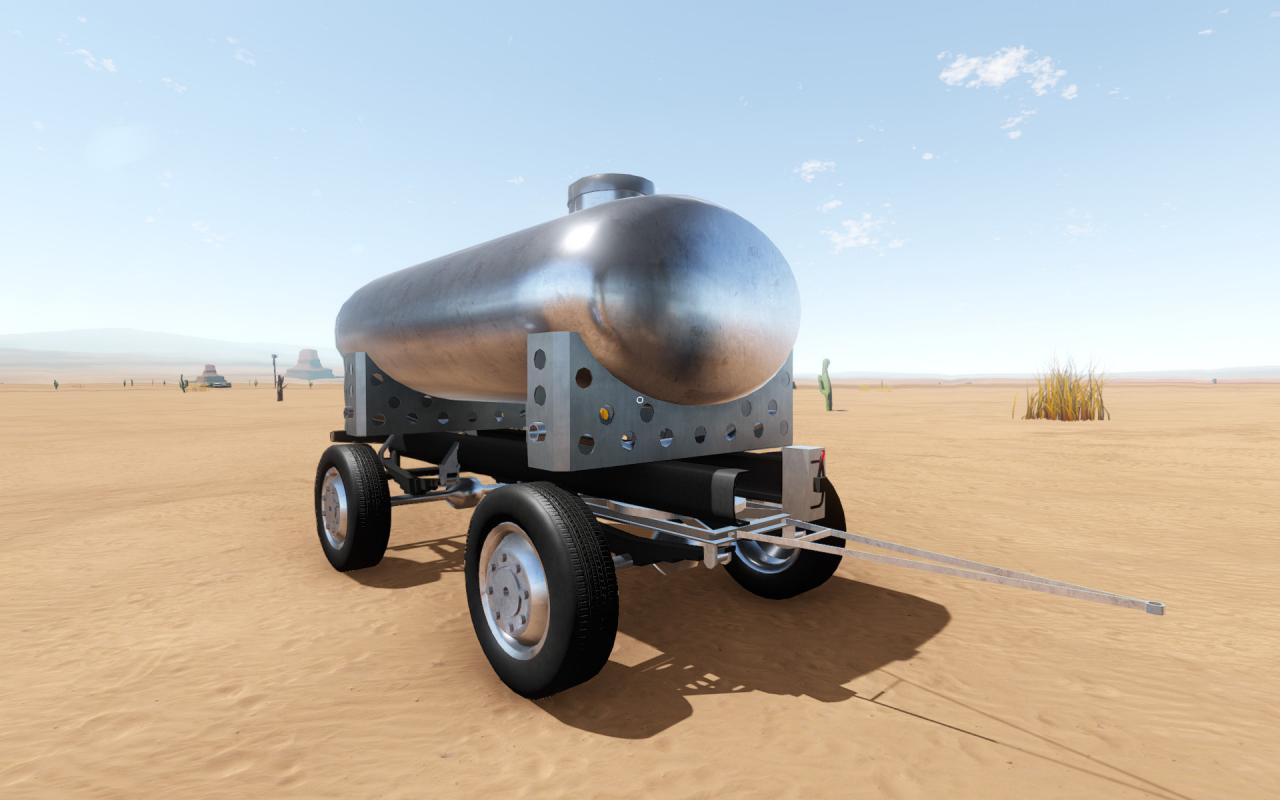
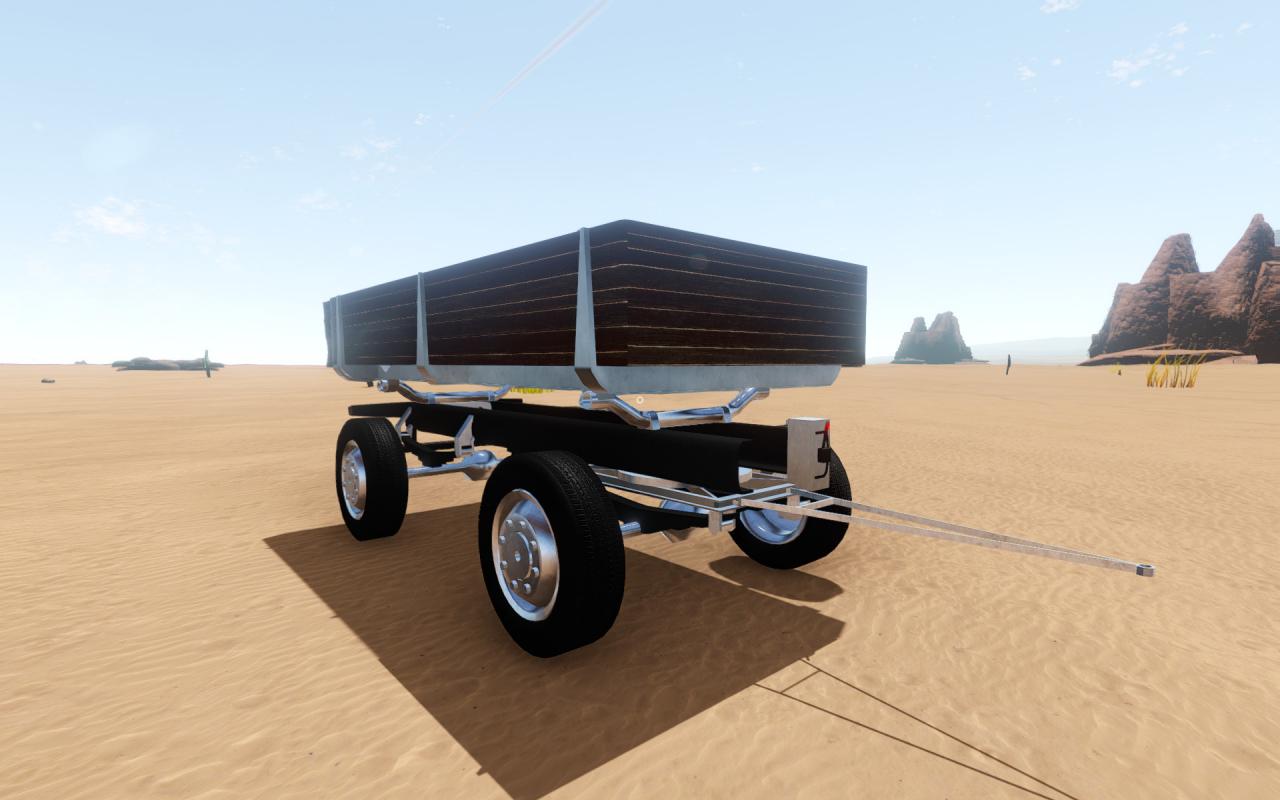
A trio of large trailers based on the three variants of the IFA W50. As such, there is a box trailer, a tanker trailer and a flatbed trailer. These trailers are obviously intended to be towed by the IFA but can also be towed easily by the bus (though the large wheels will have to swapped for car wheels in order to do so). Cars can also tow them but it is generally not advisable as it can make the cars almost undriveable at higher speeds. The trailers all feature a handbrake which is manually operated by a switch on the front. When the switch displays red, the handbrake is on and when it displays green, the handbrake is off:
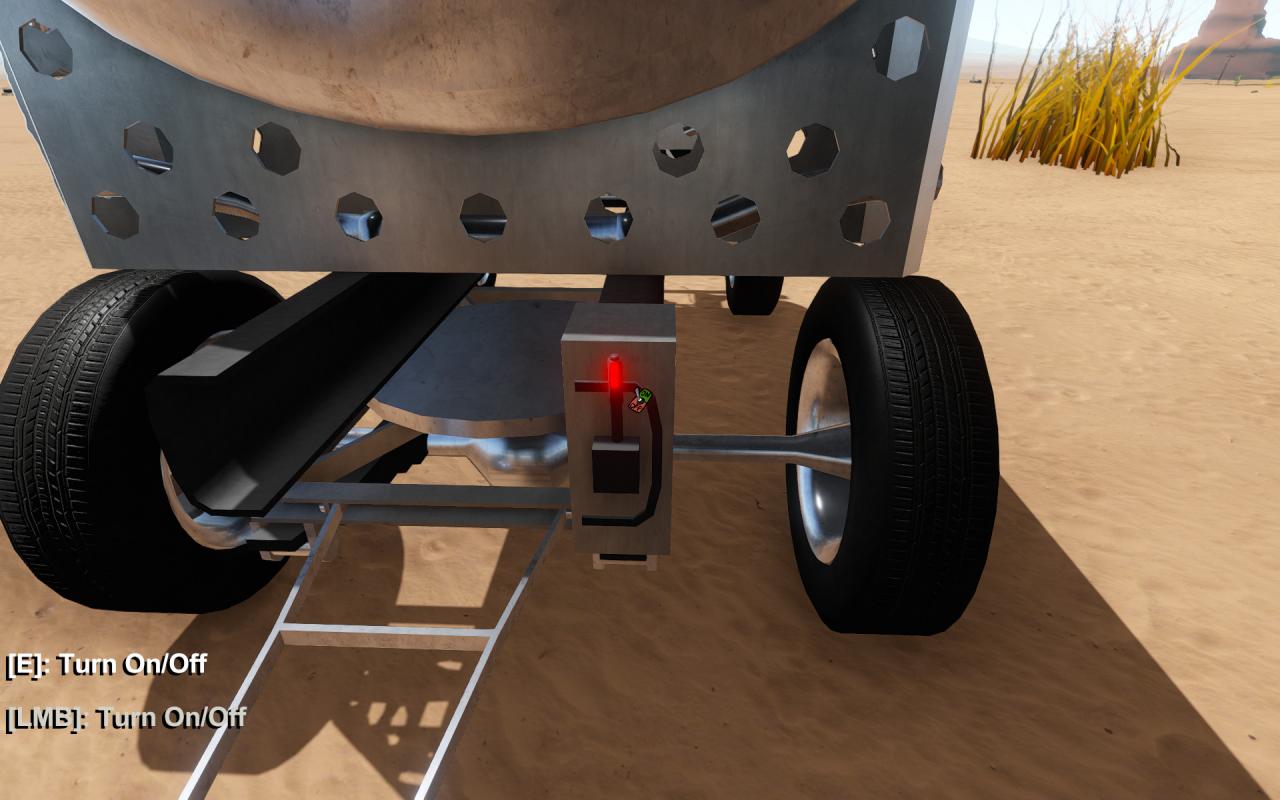
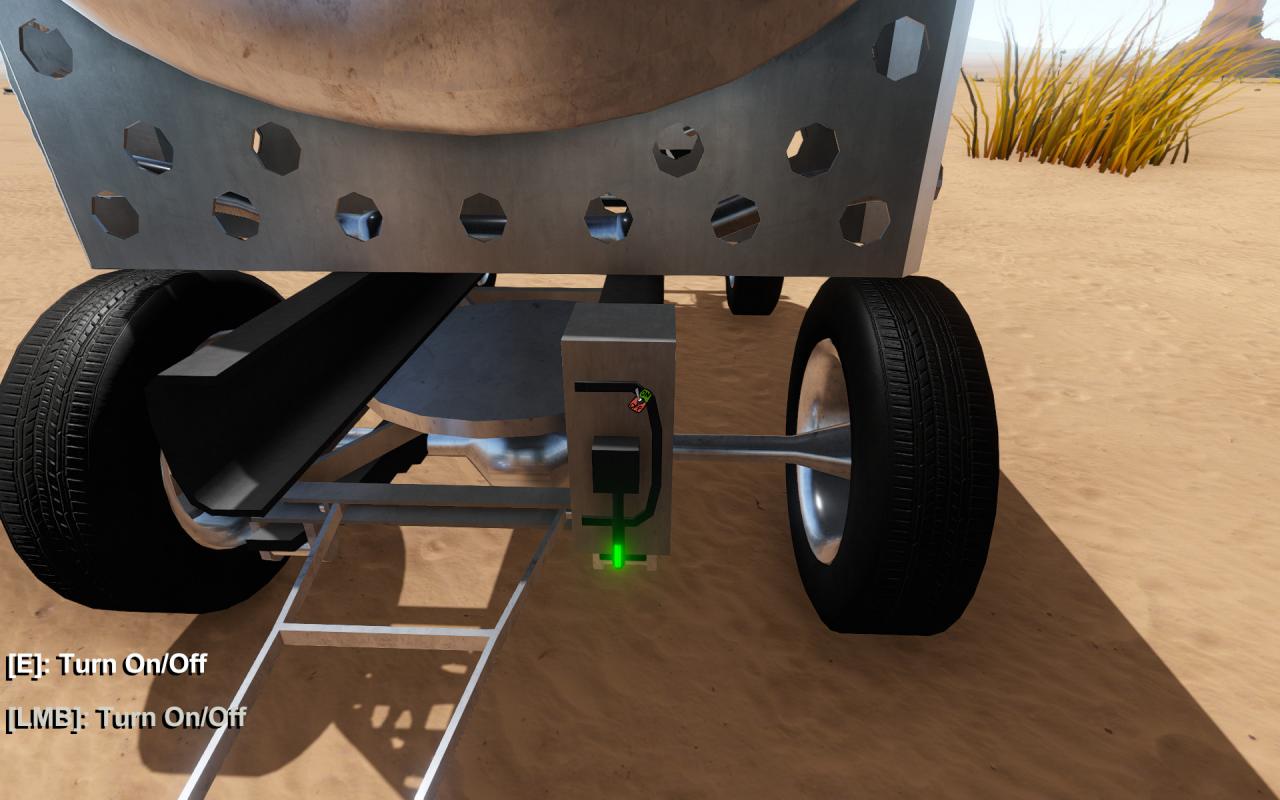
Conclusion
More Guides:
- The Long Drive: How to Duplicate a Liquid or Fuel
- The Long Drive: How to Use the Commodore 64
- The Long Drive: All Radio Stations

can you guys tell me where to find a RV i really want one